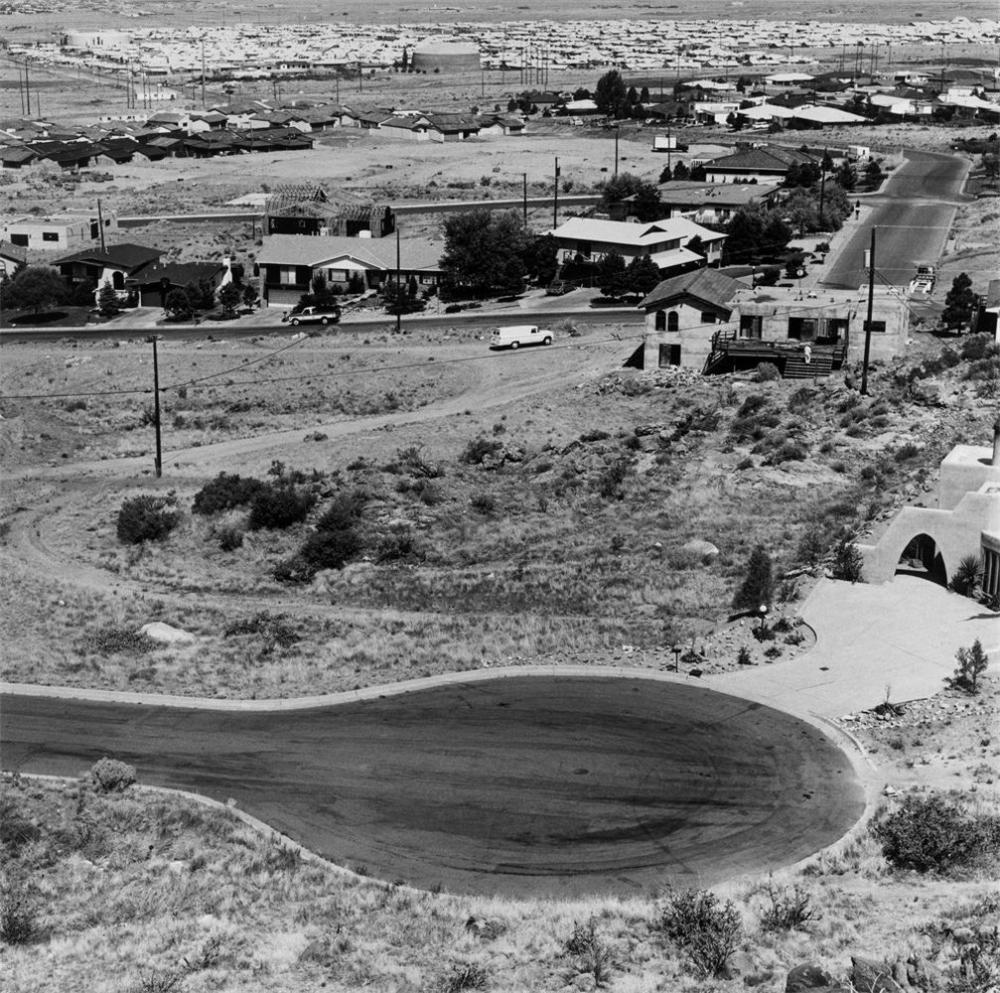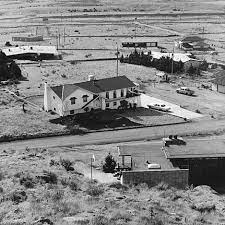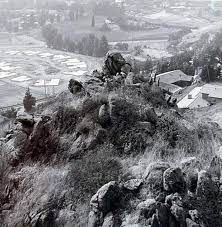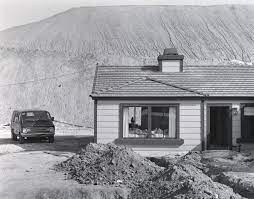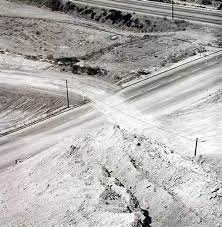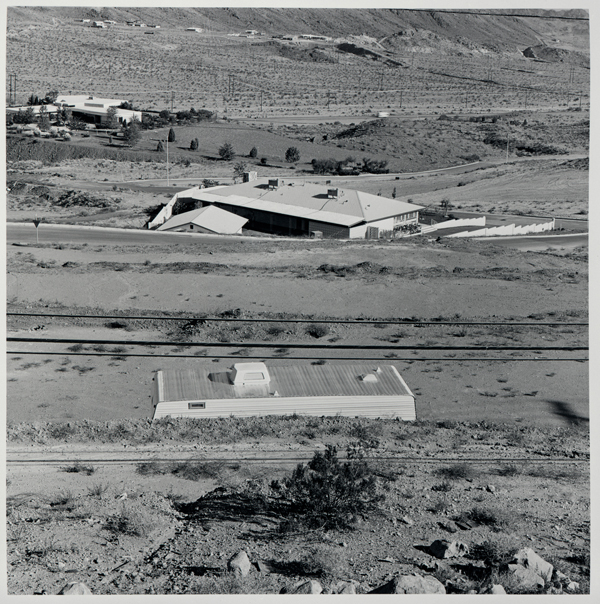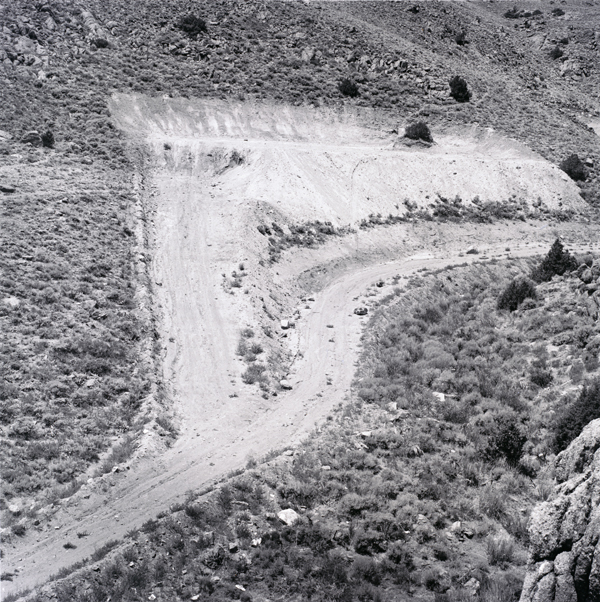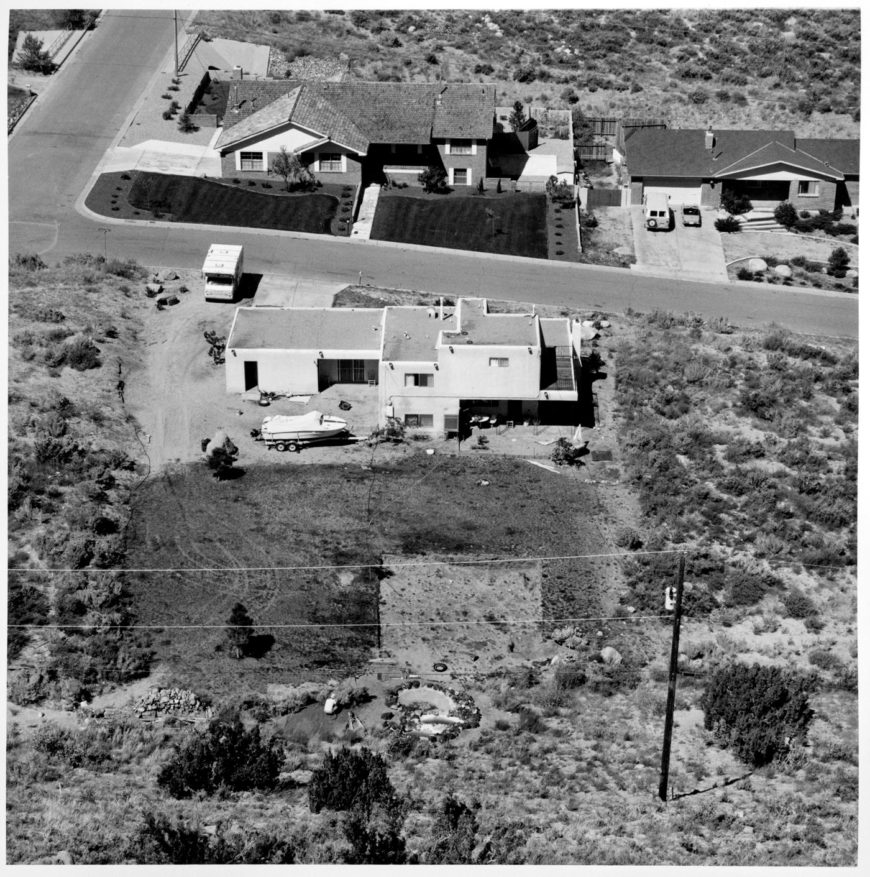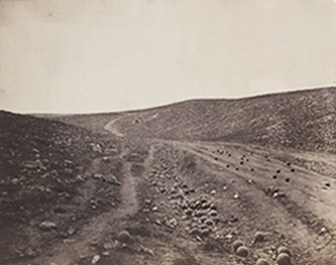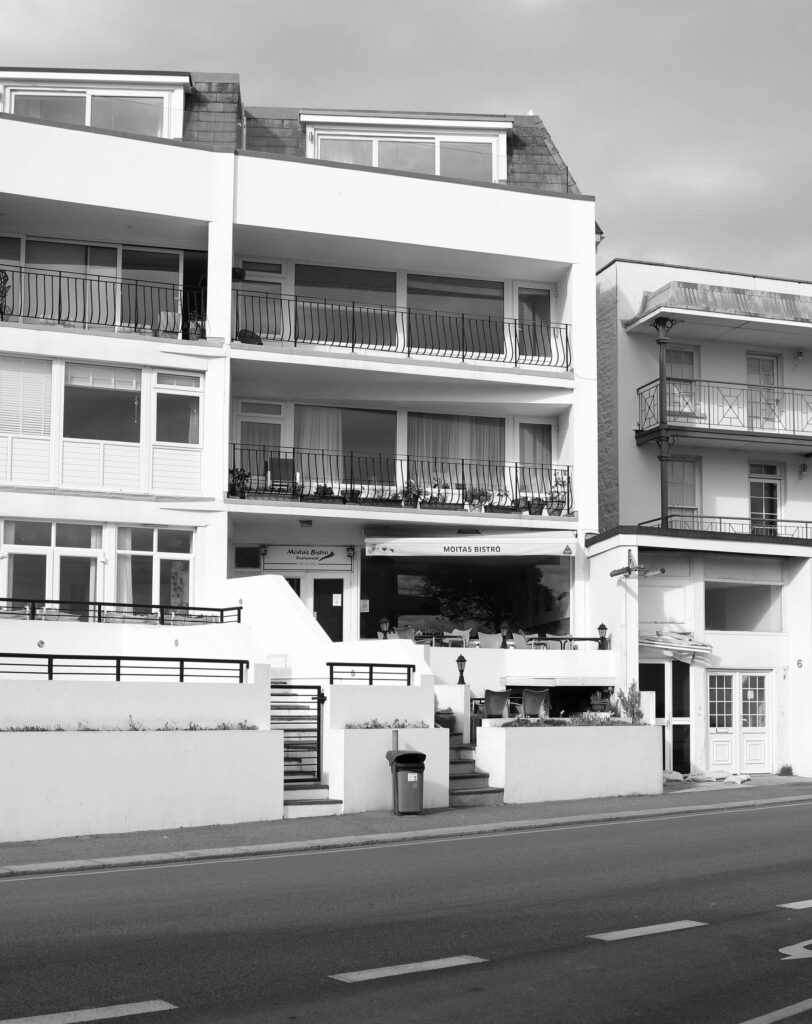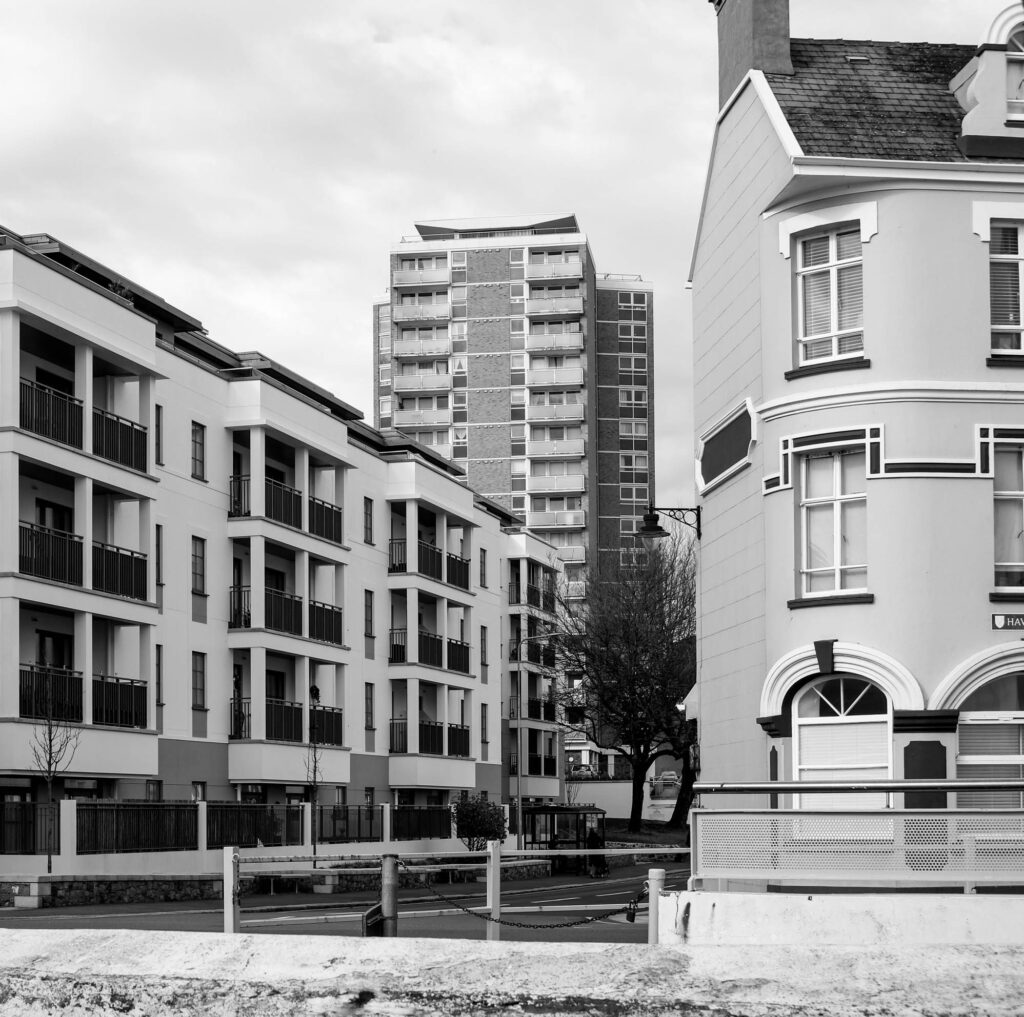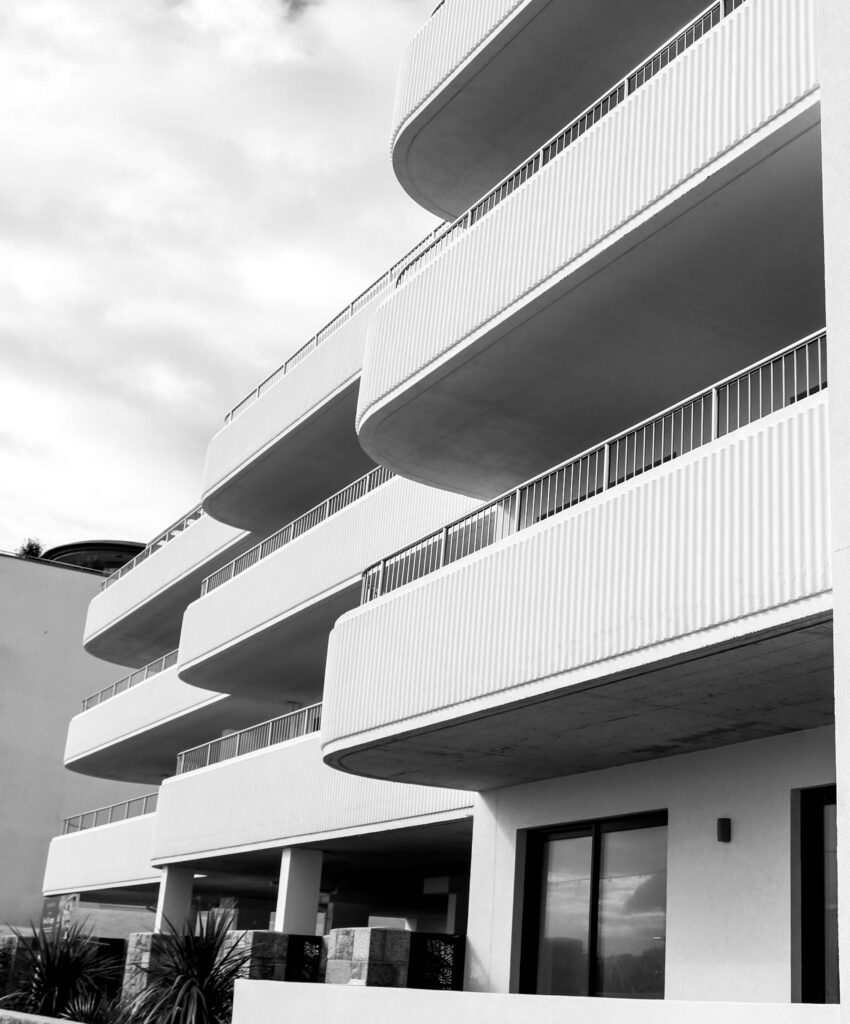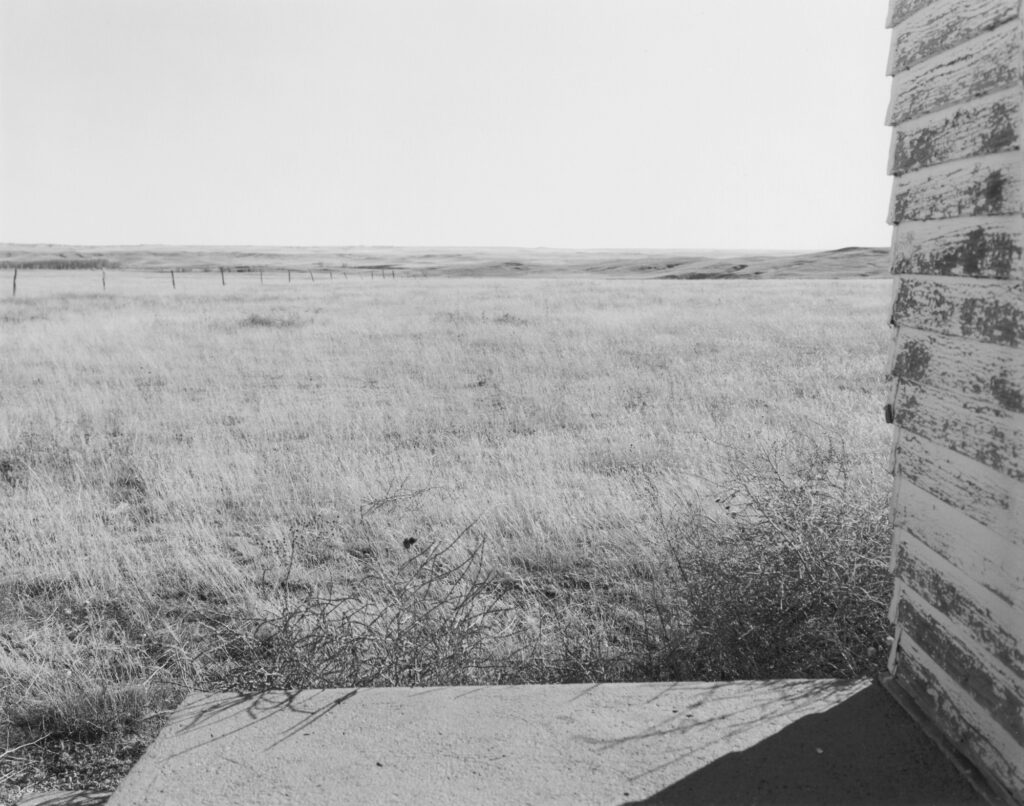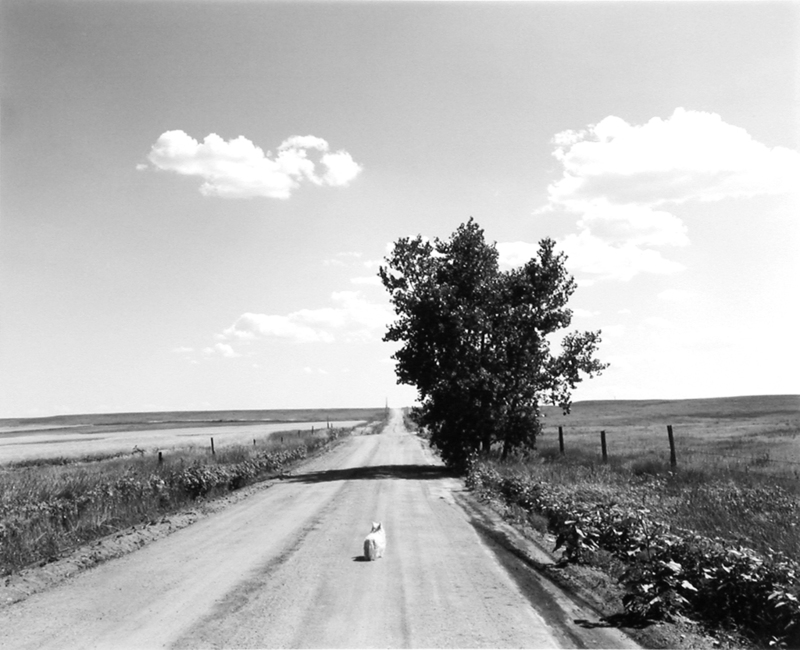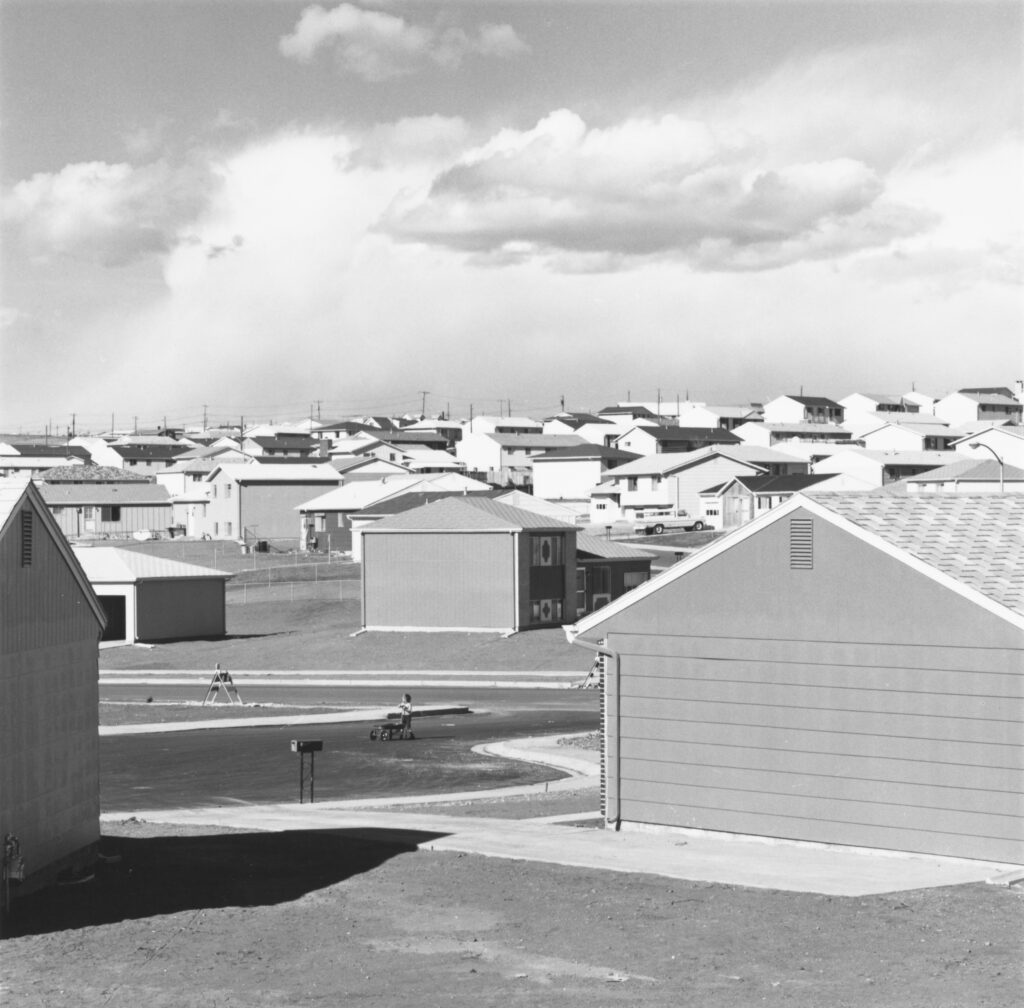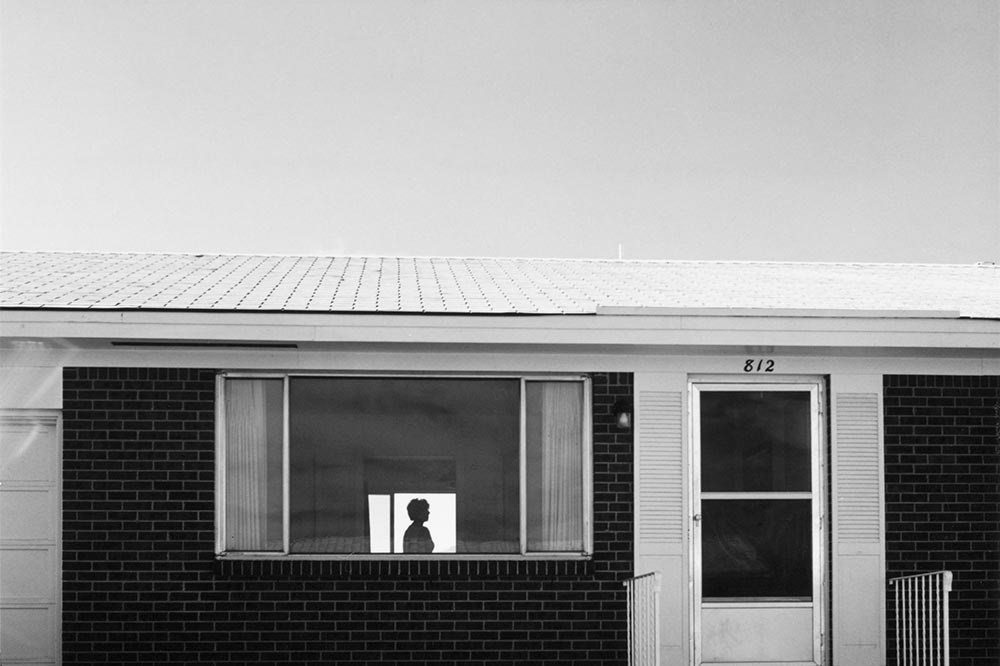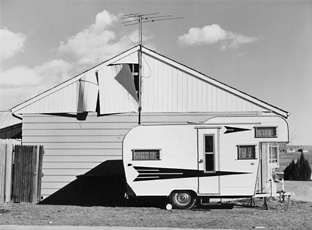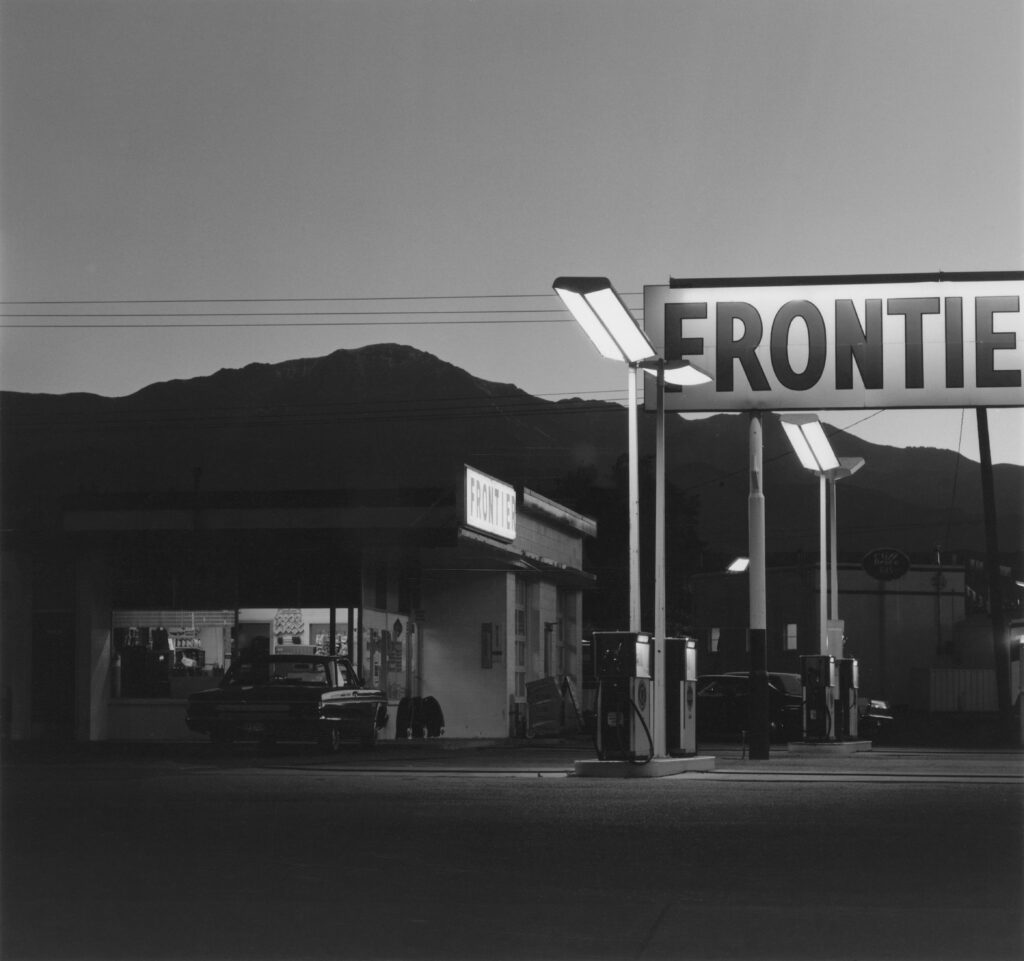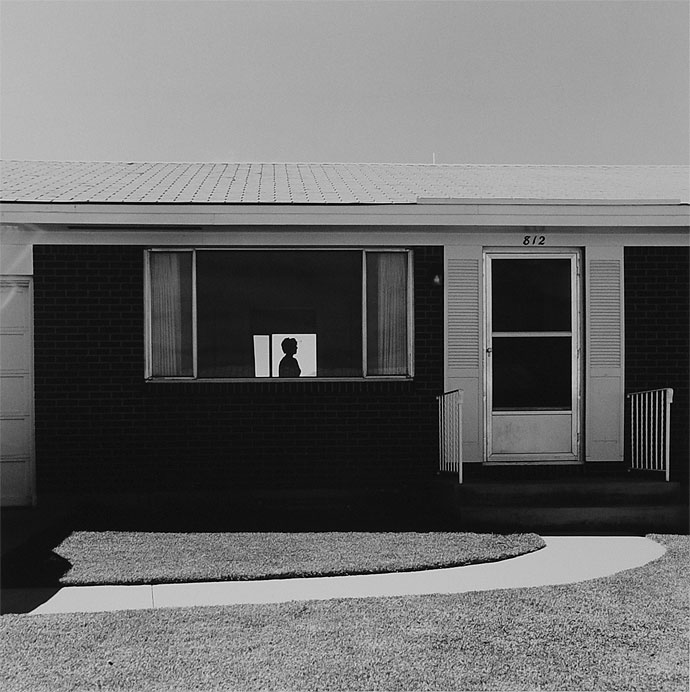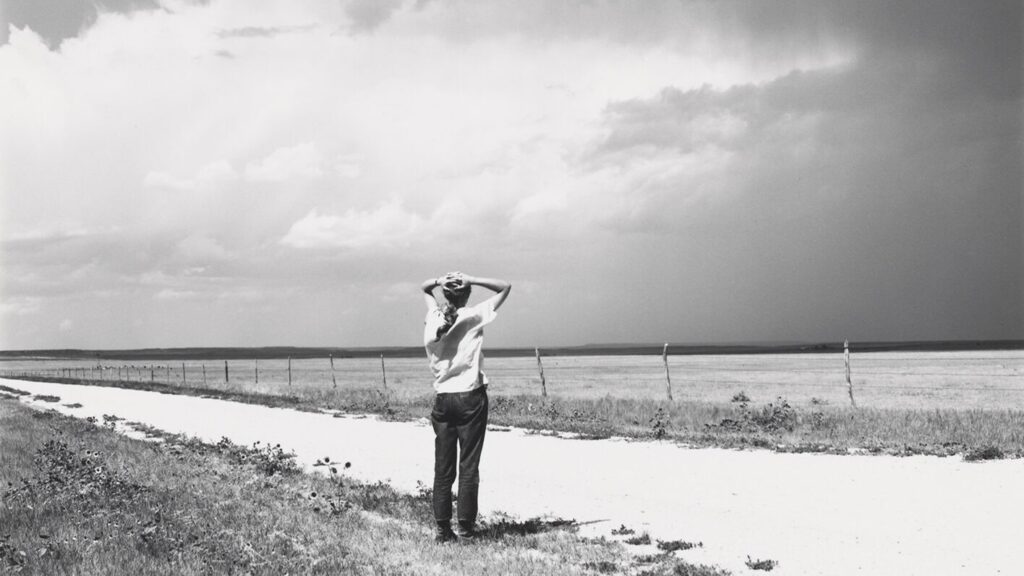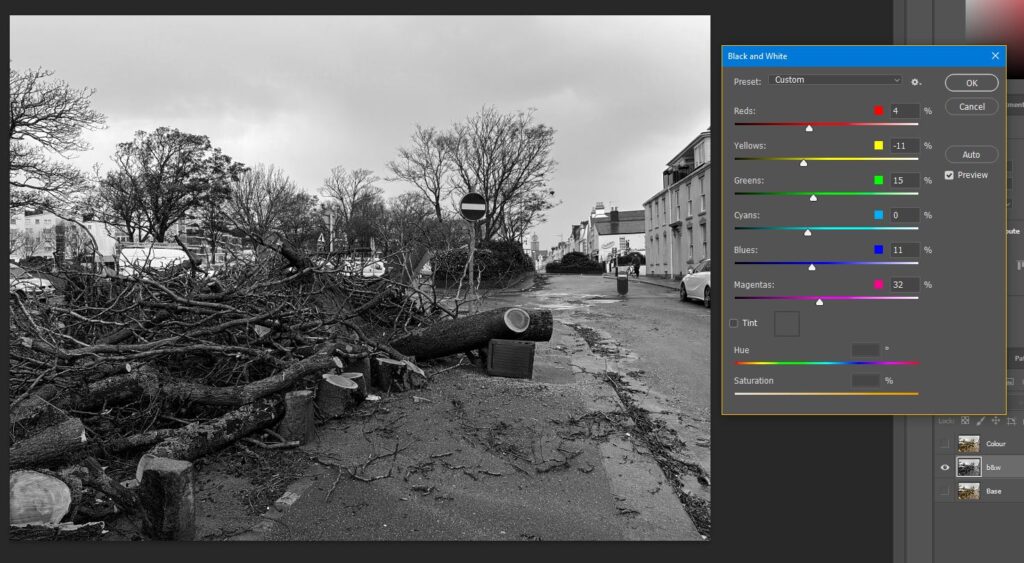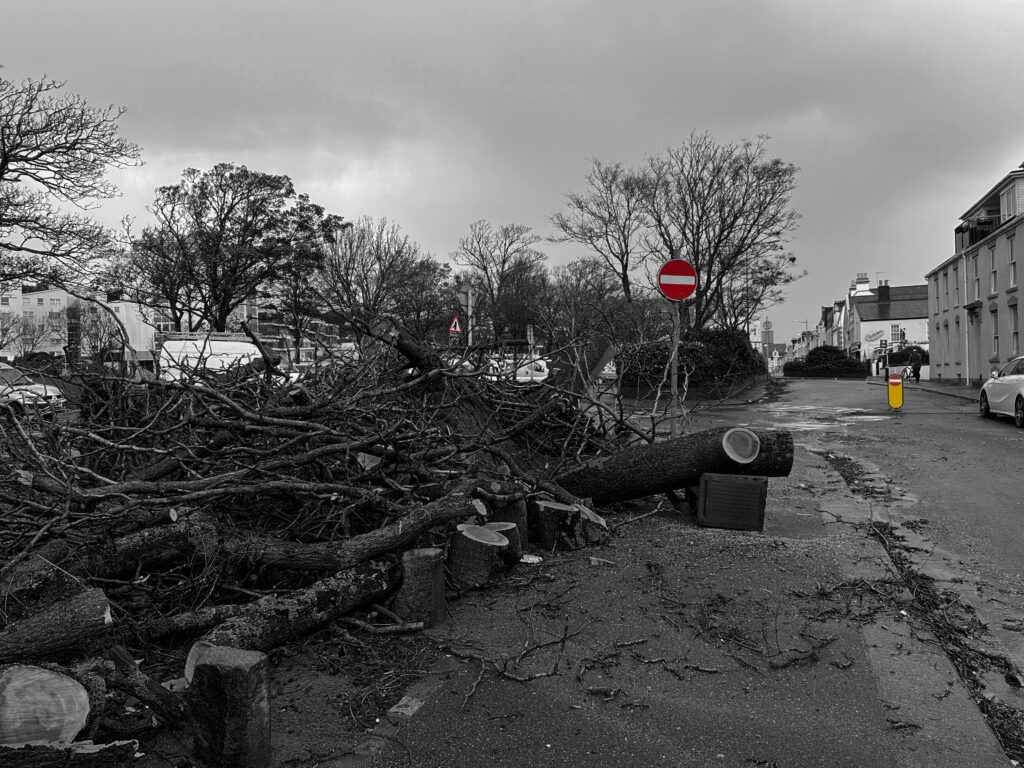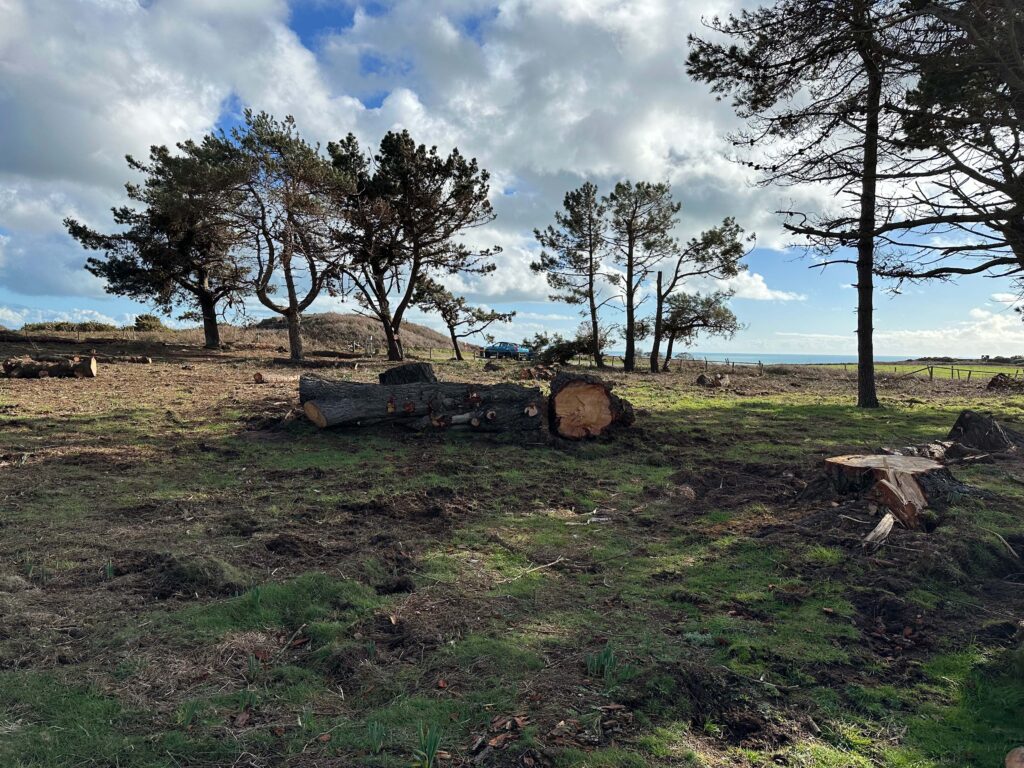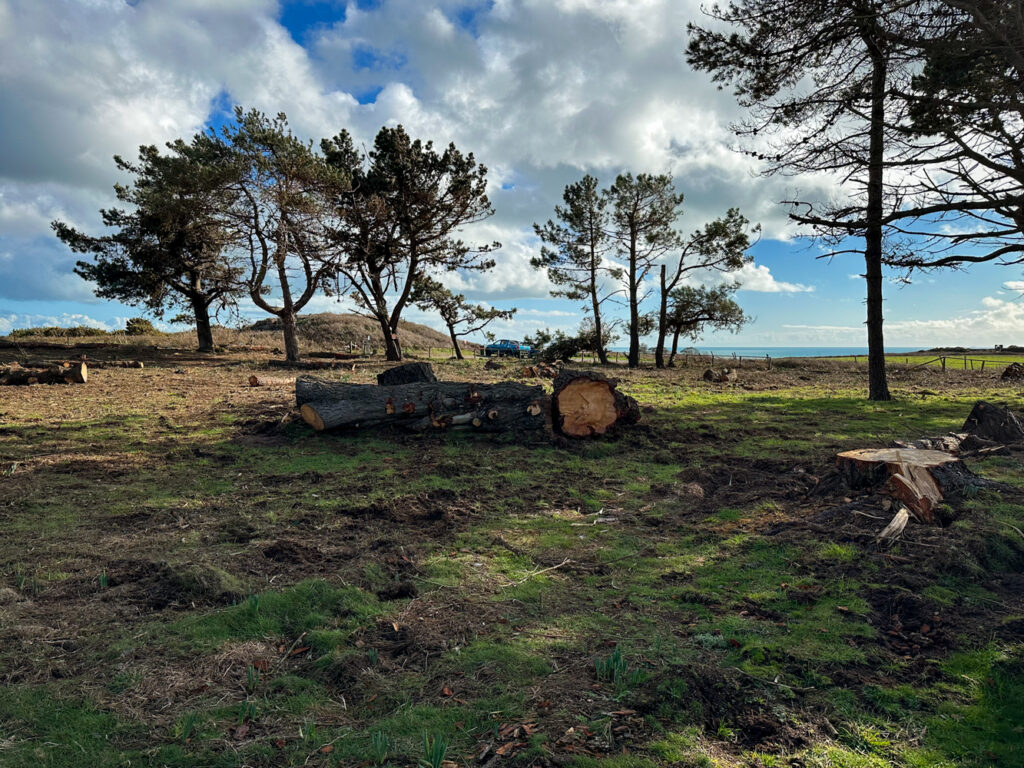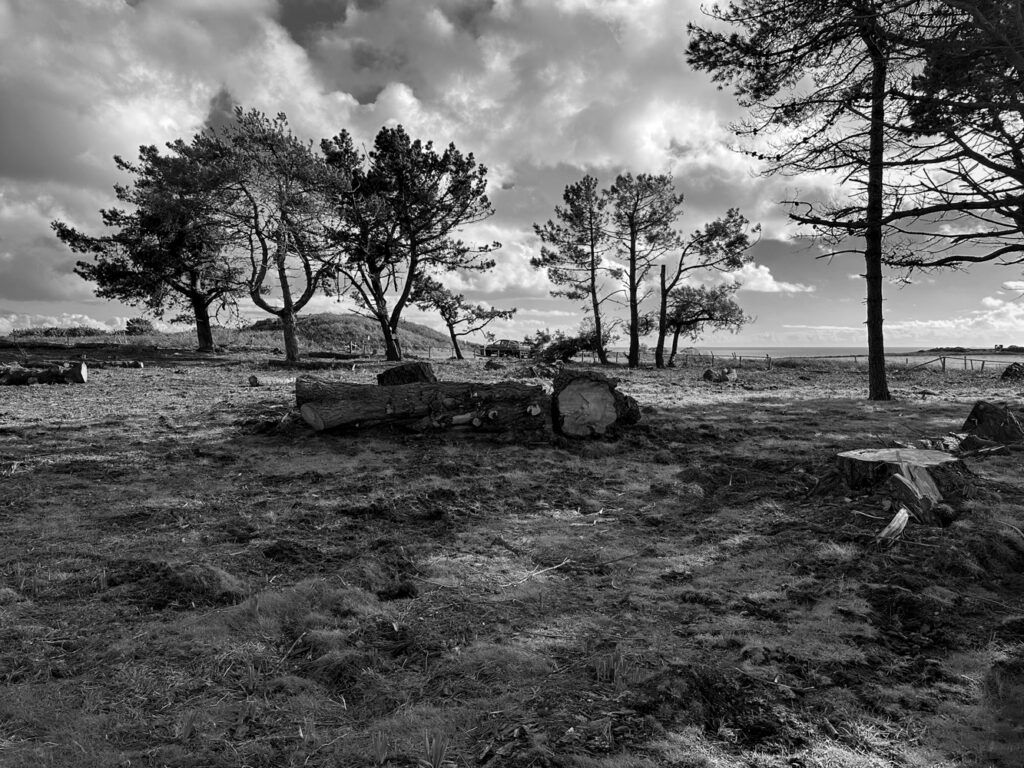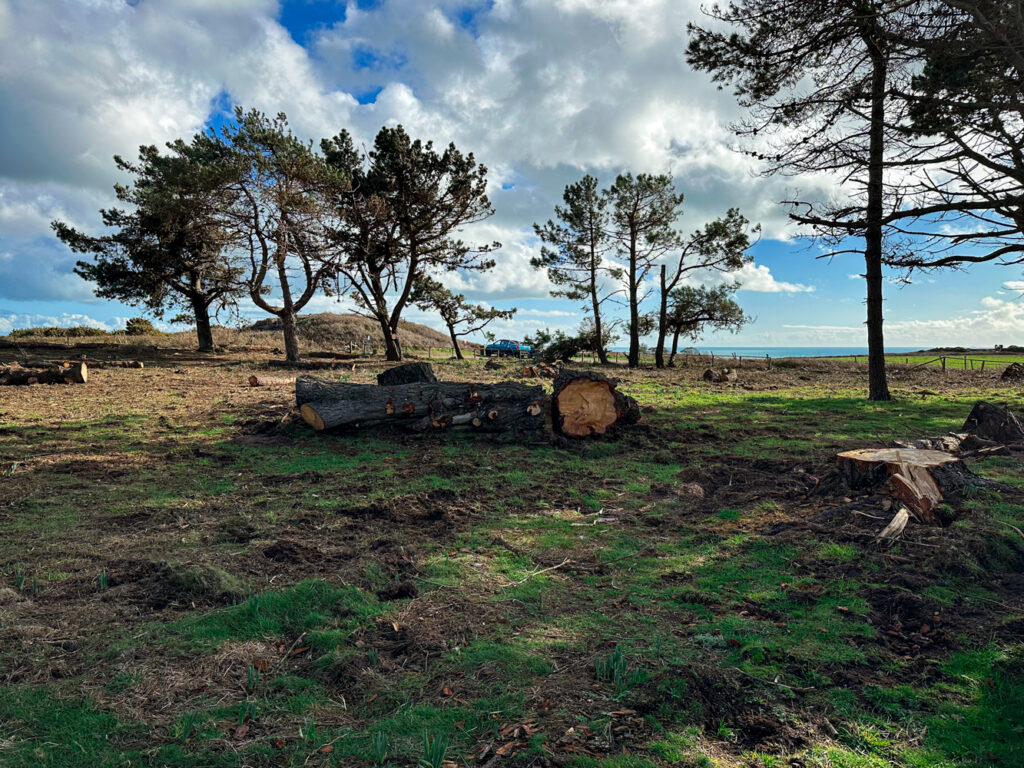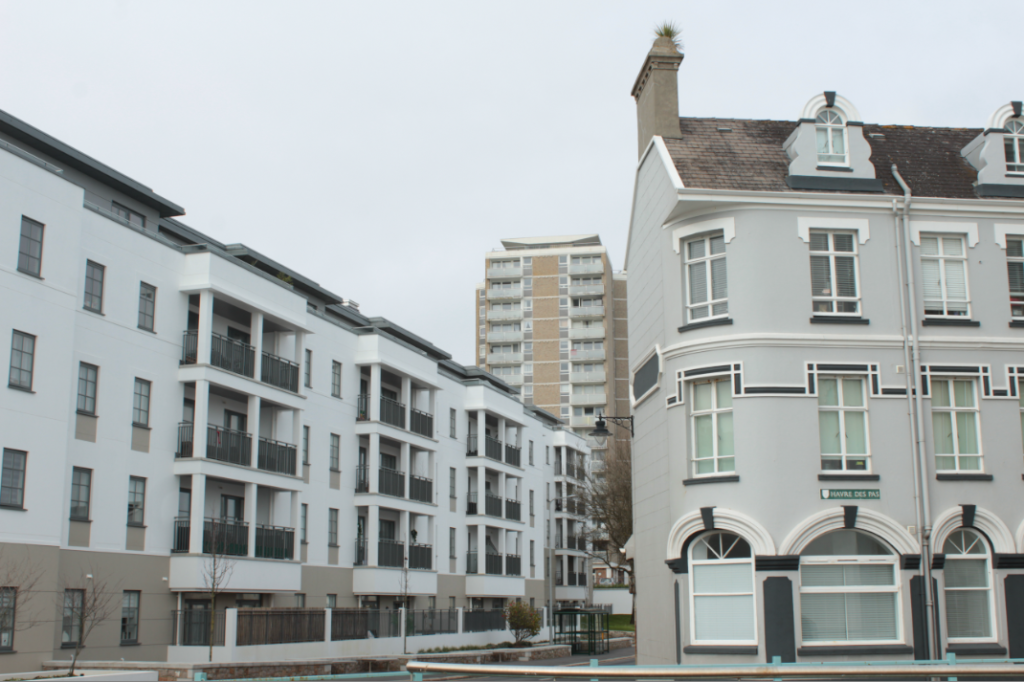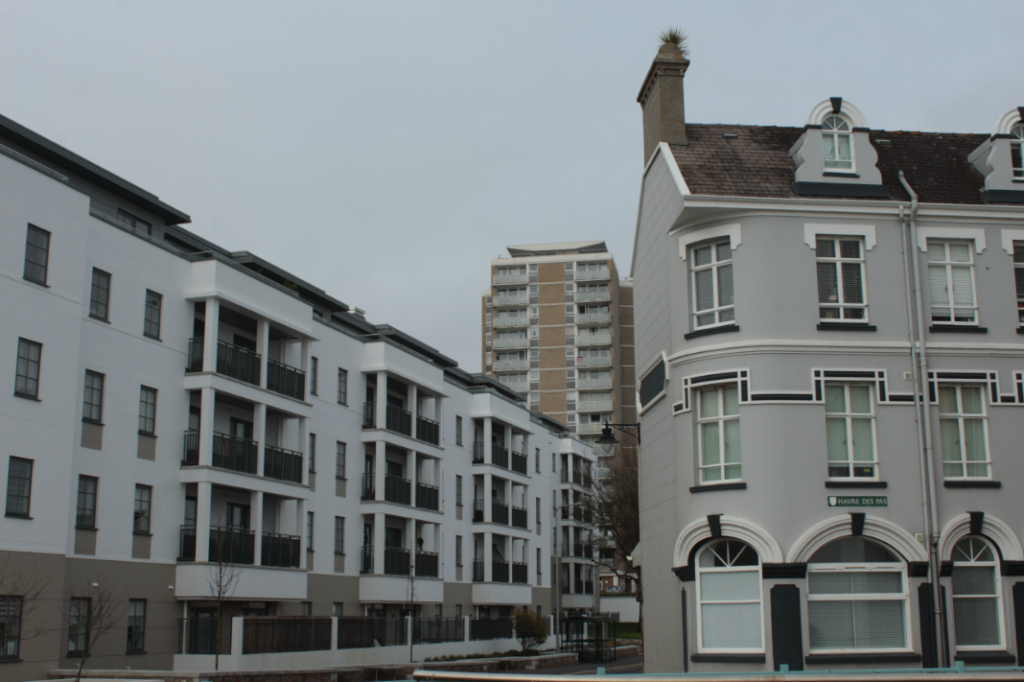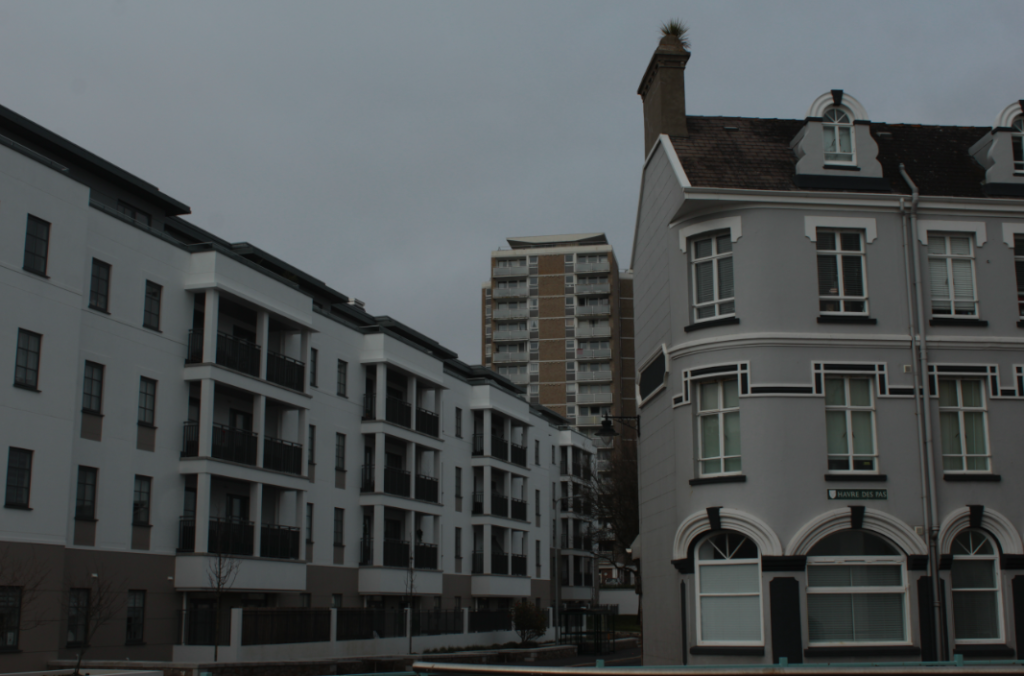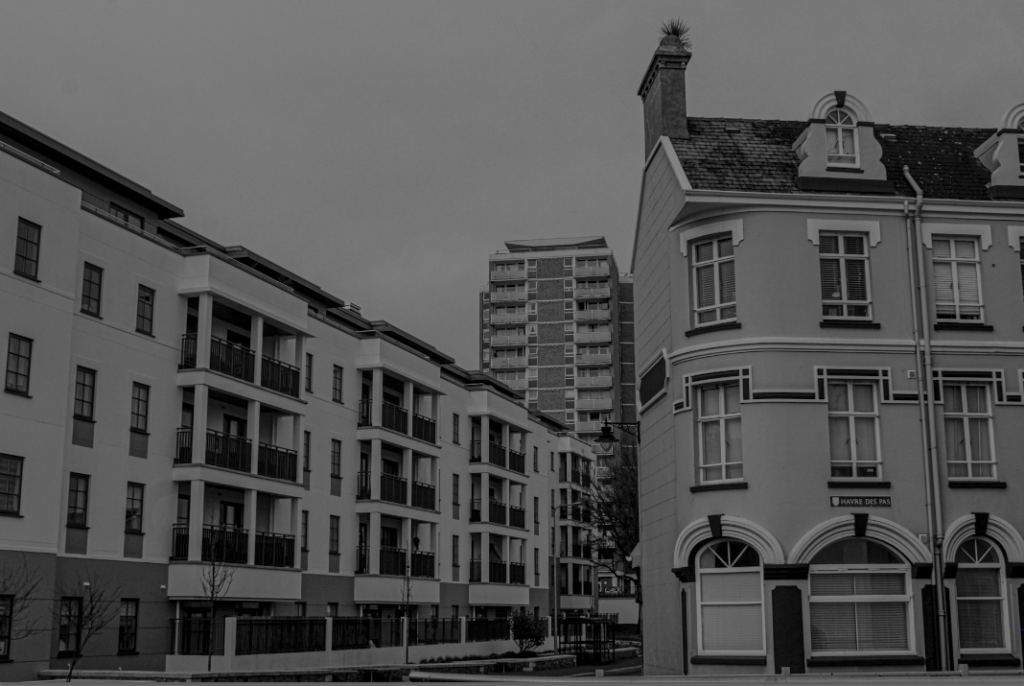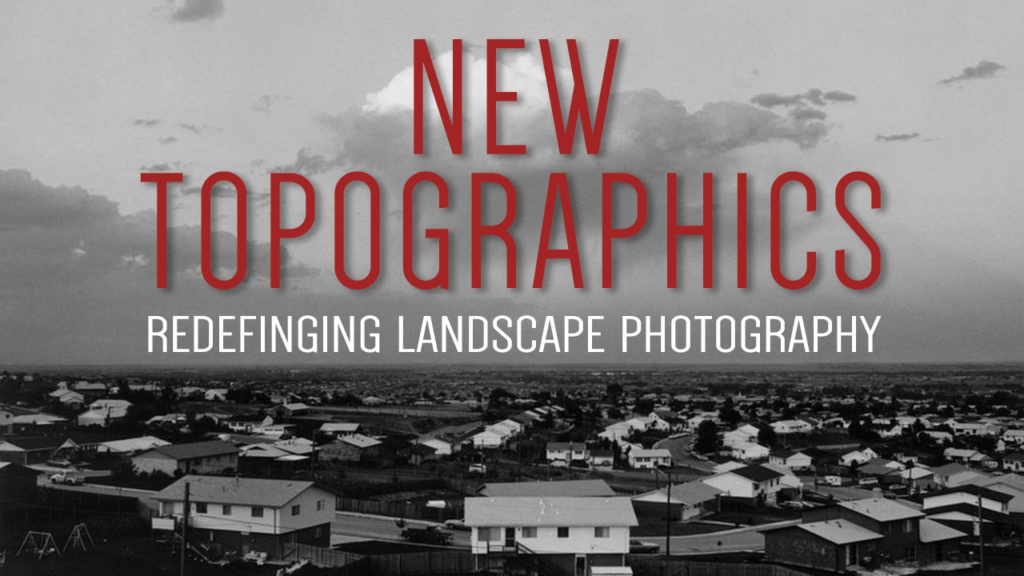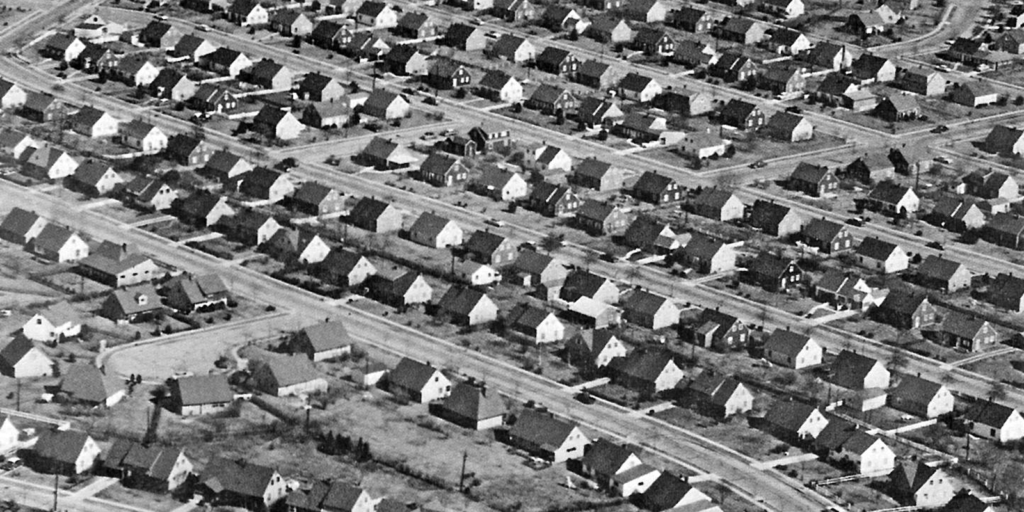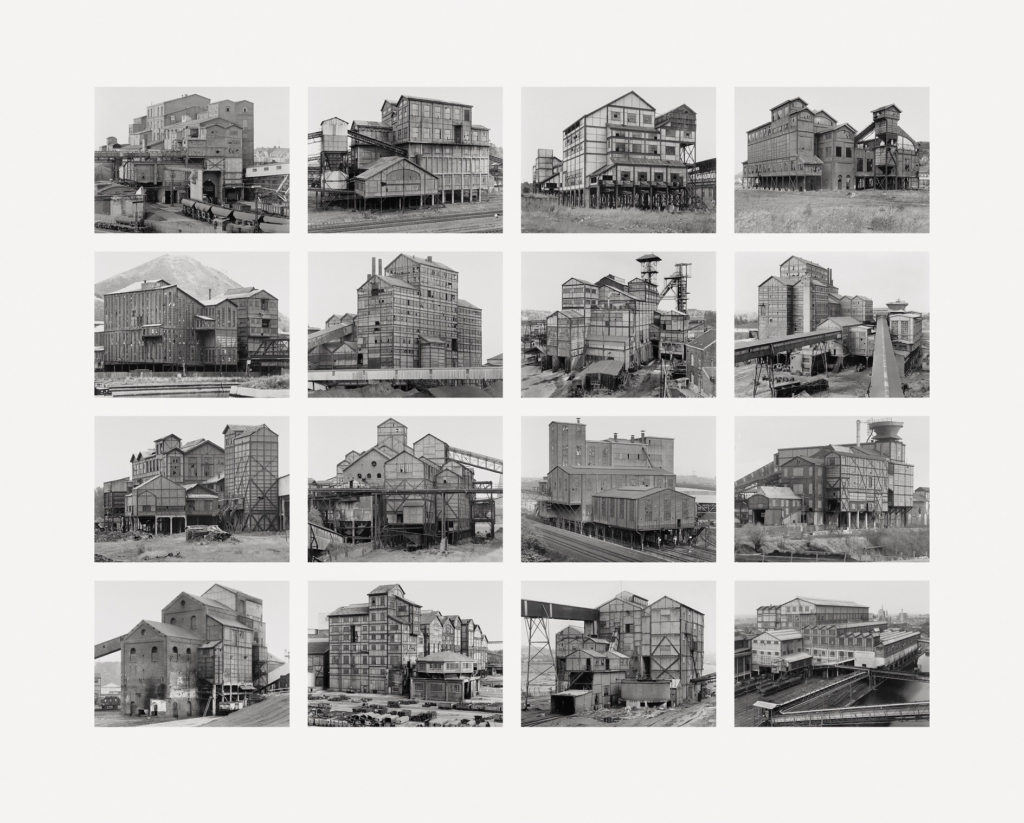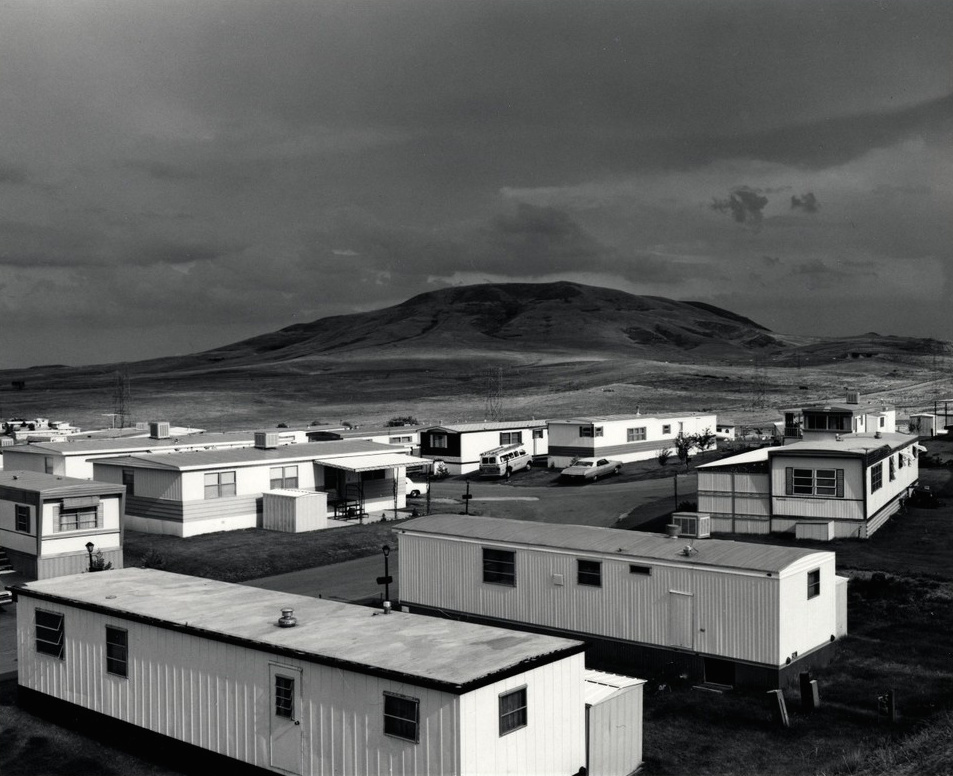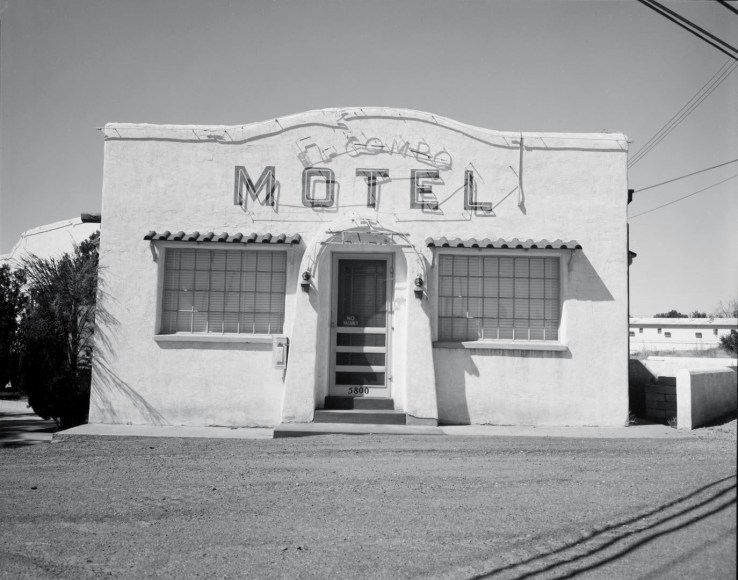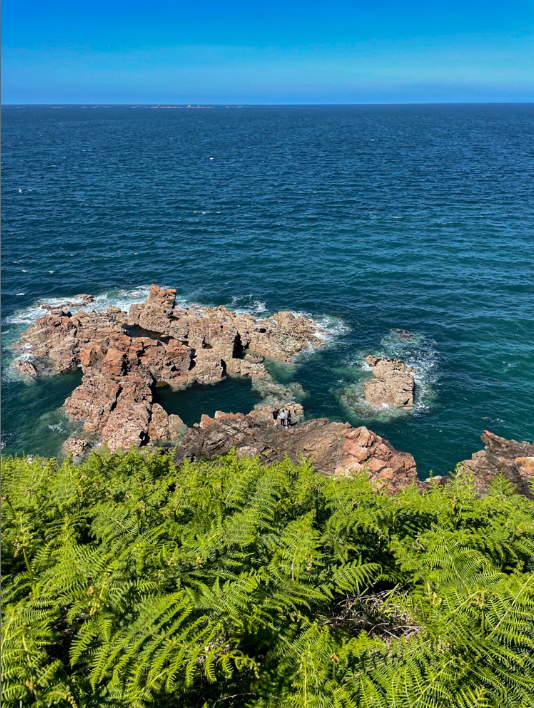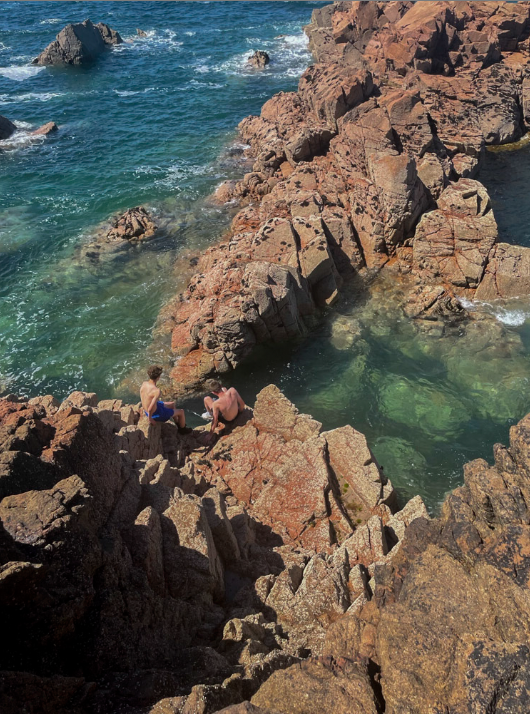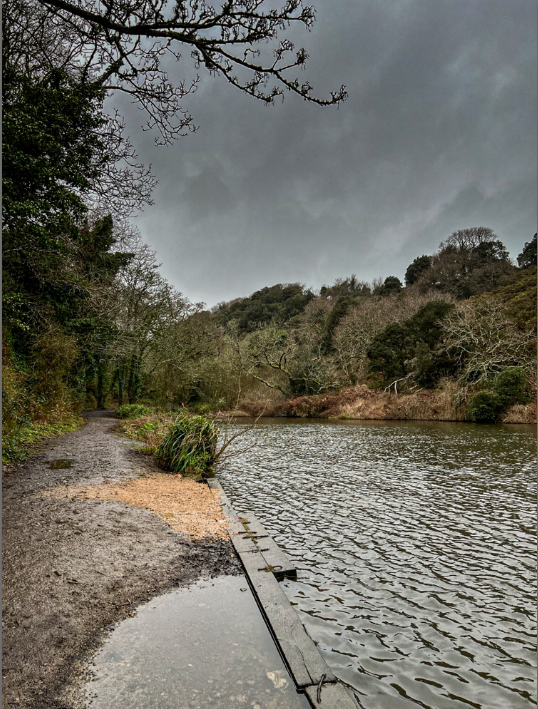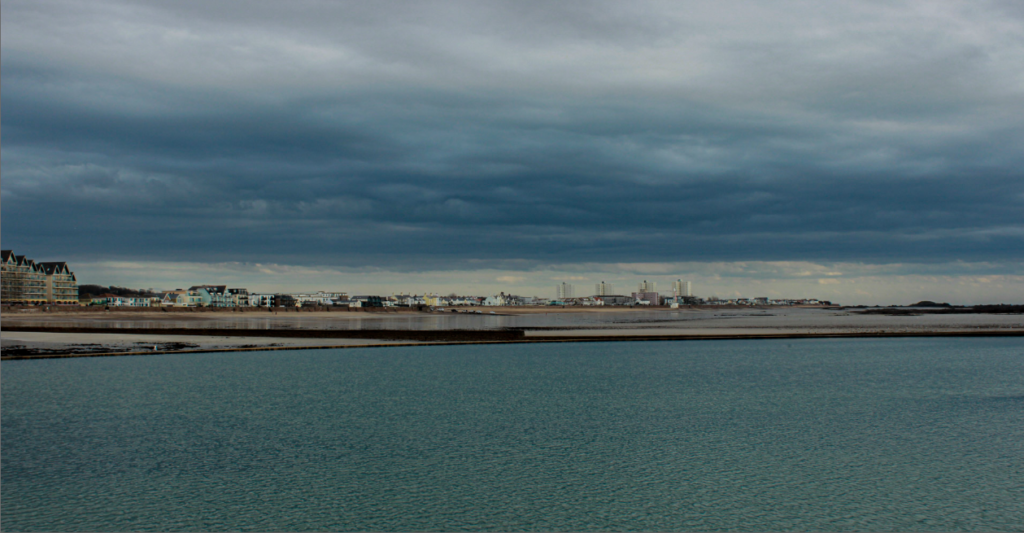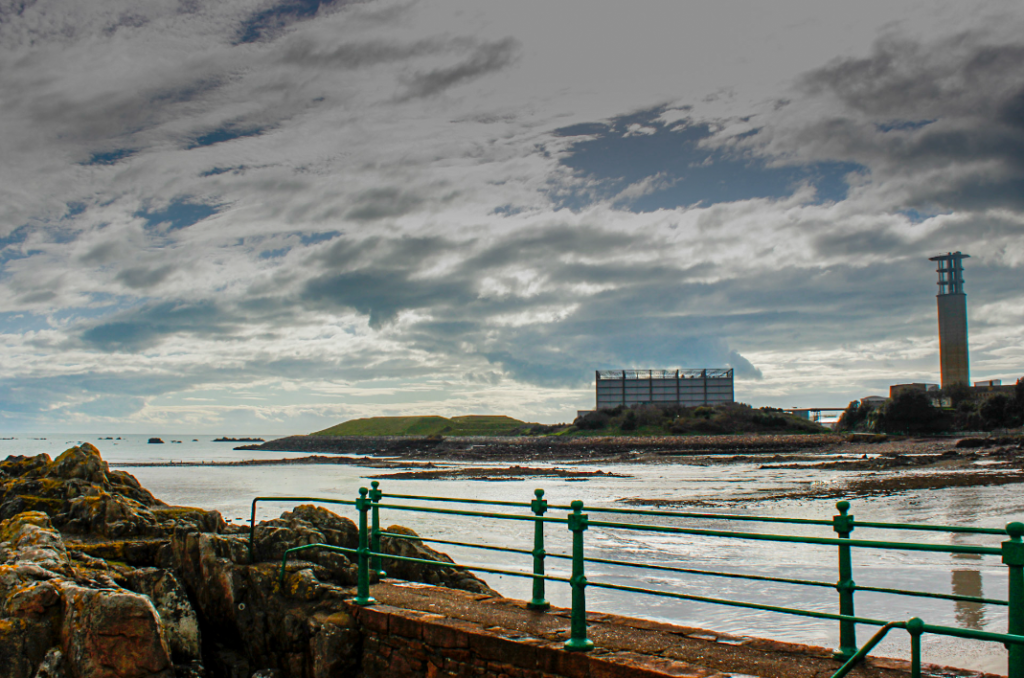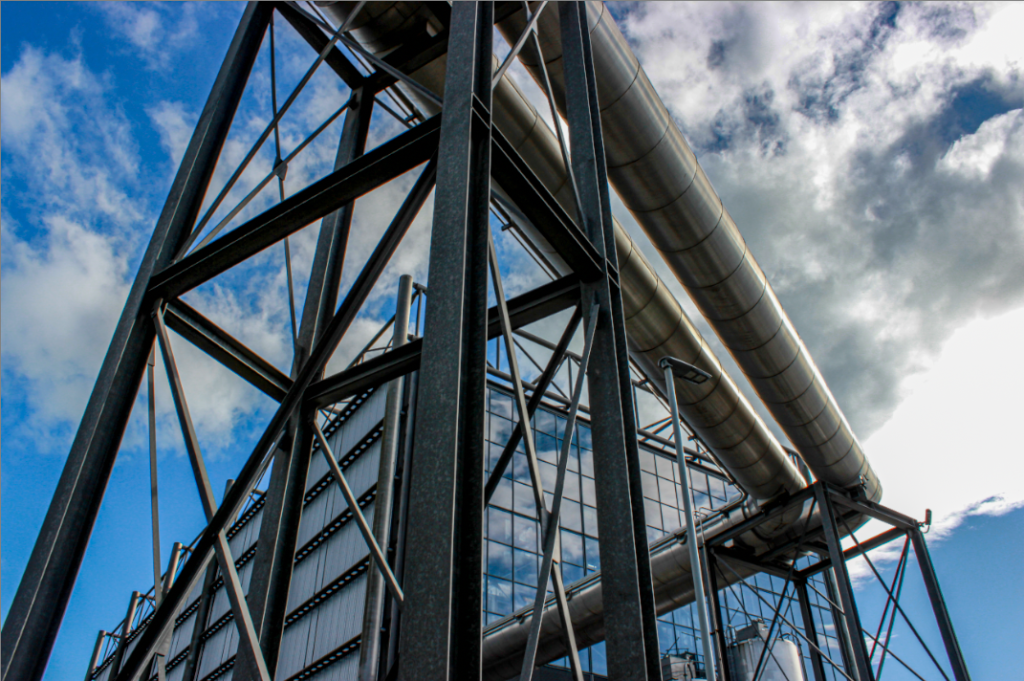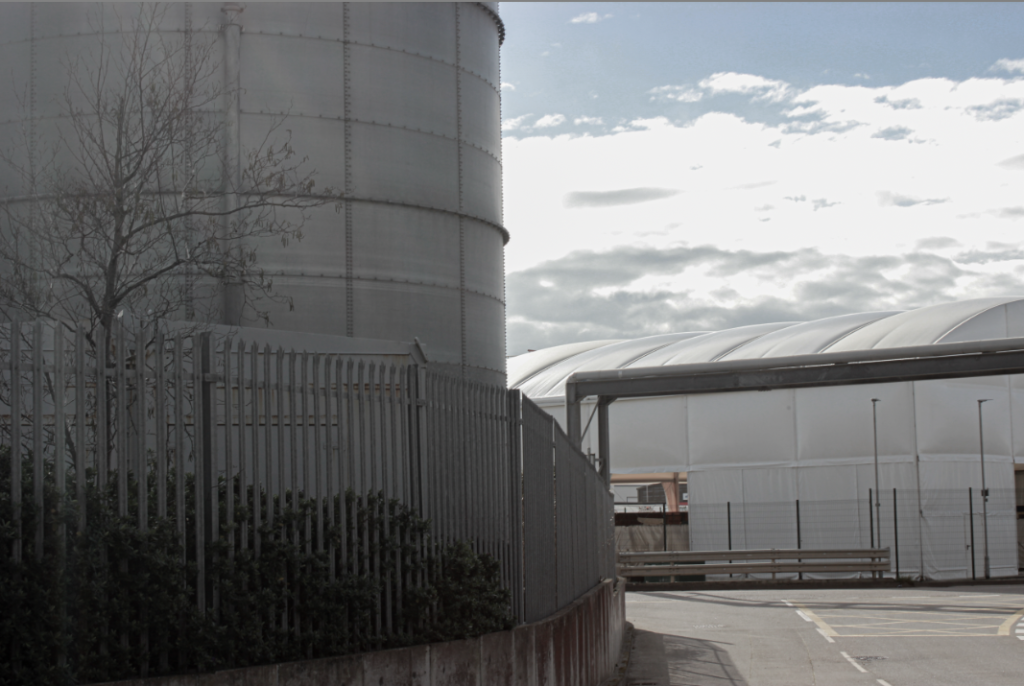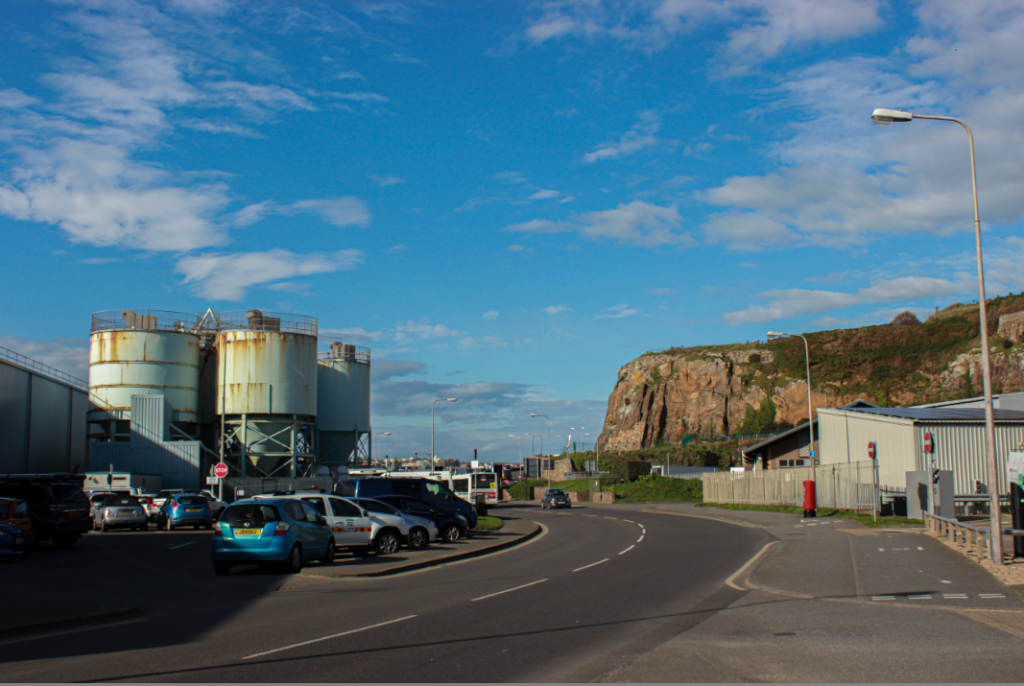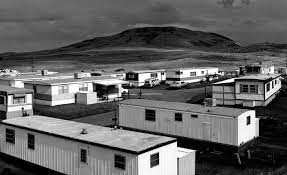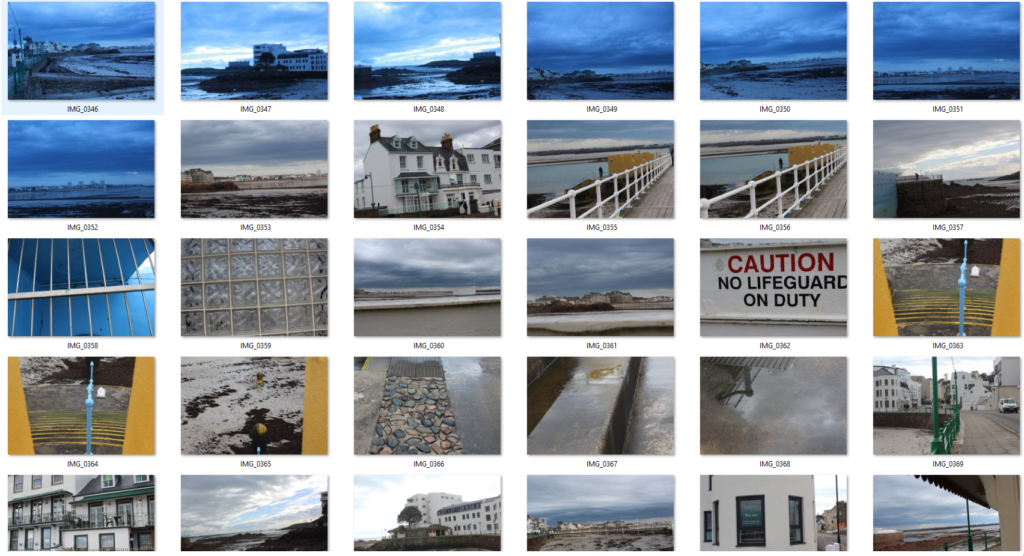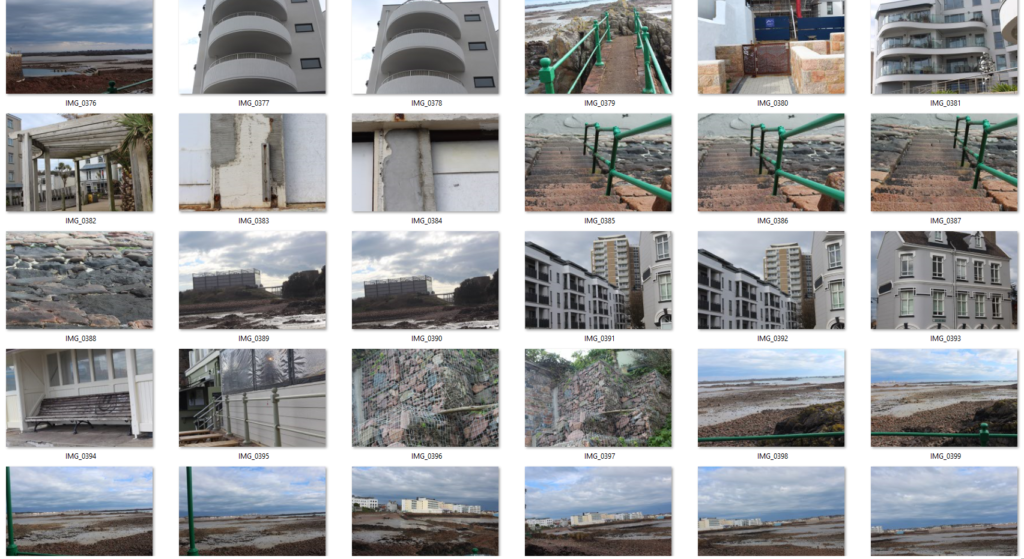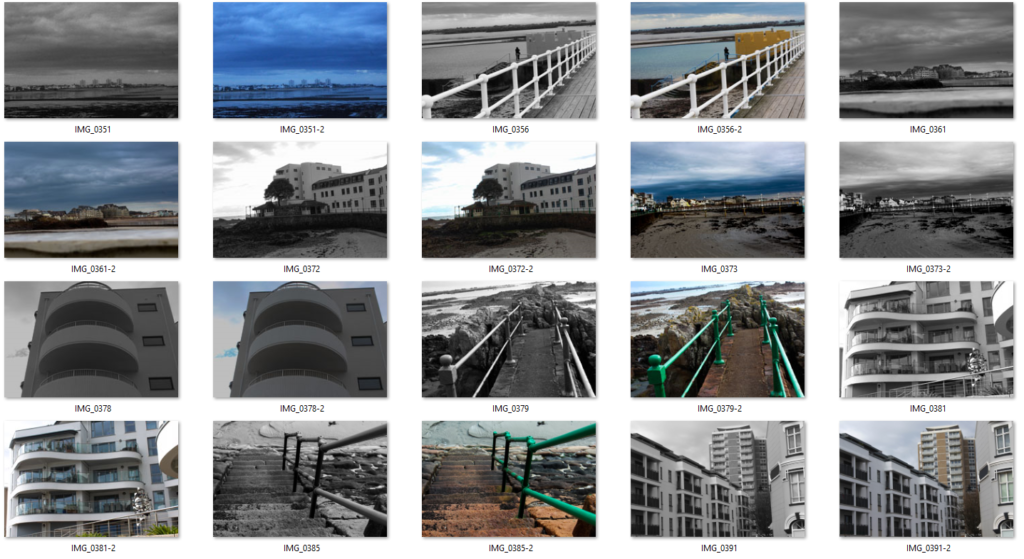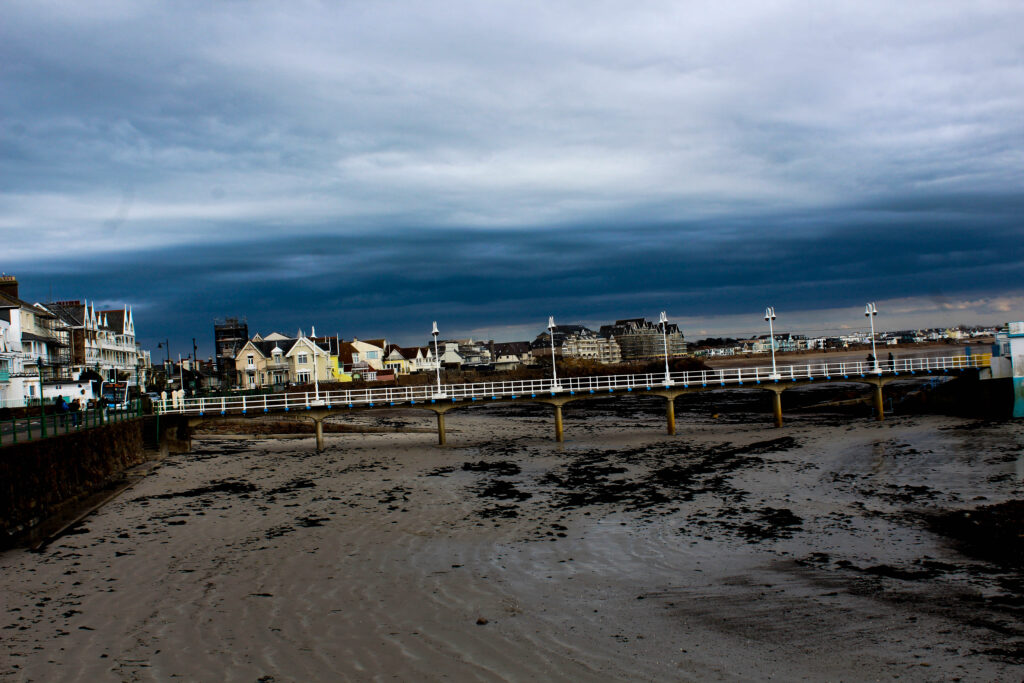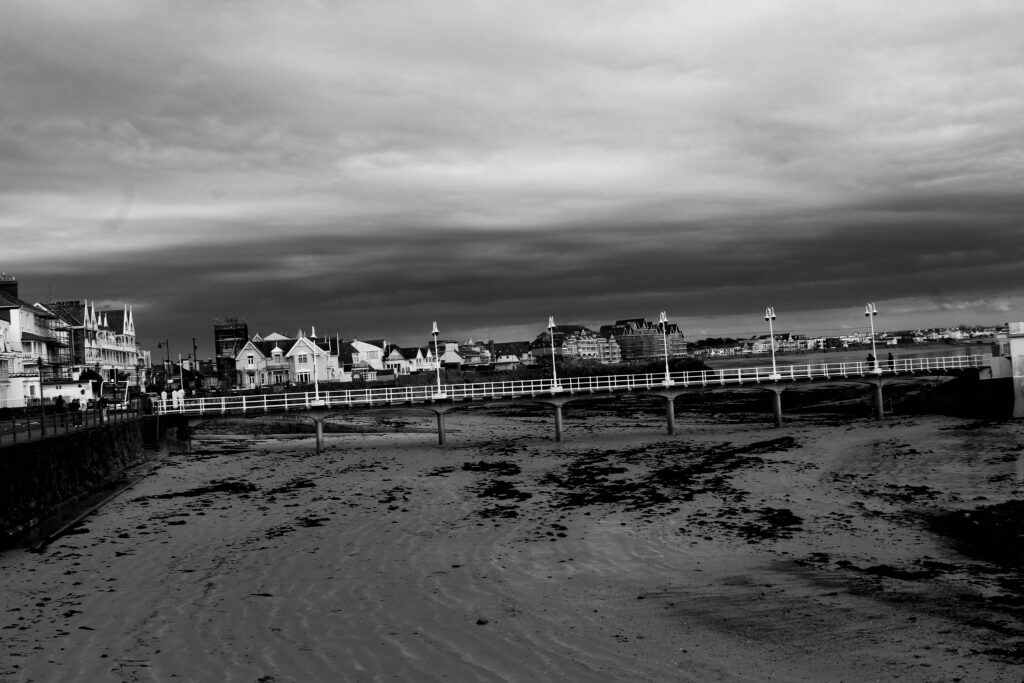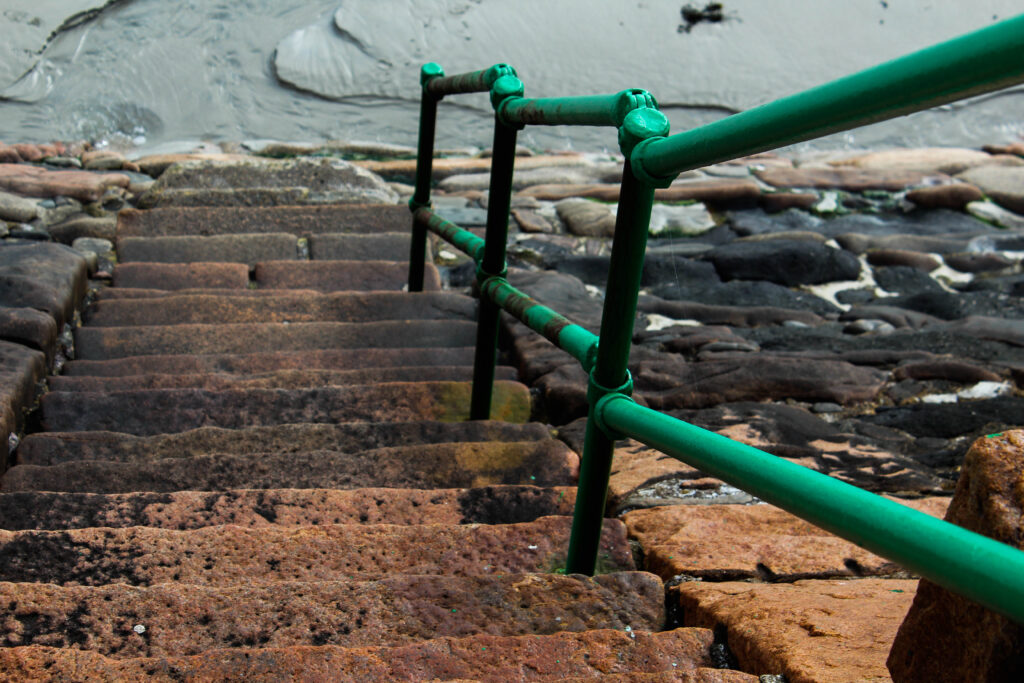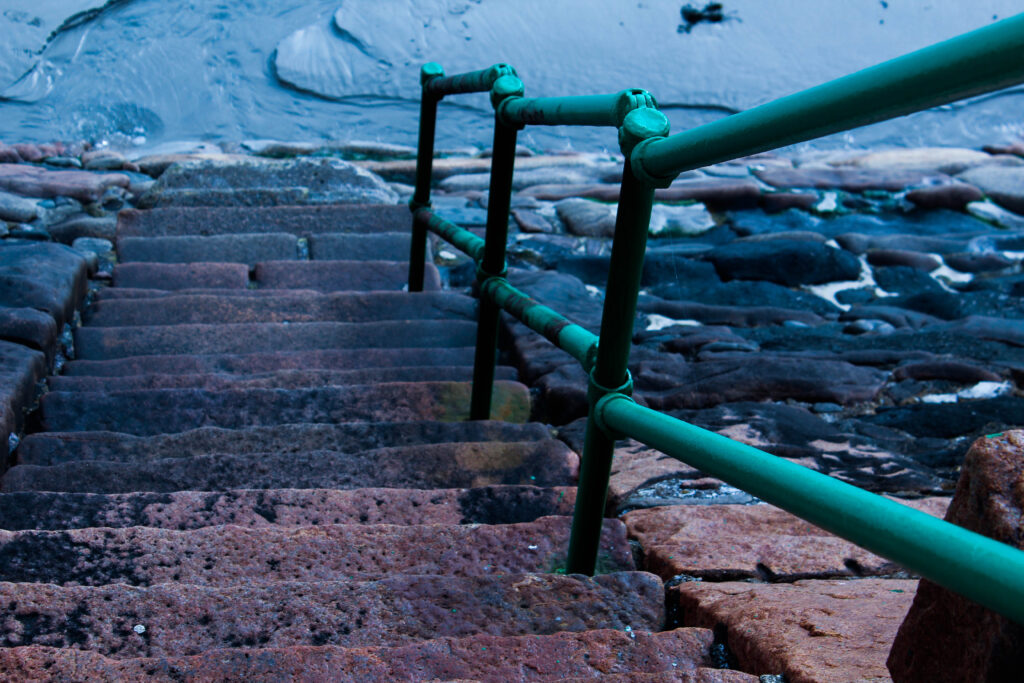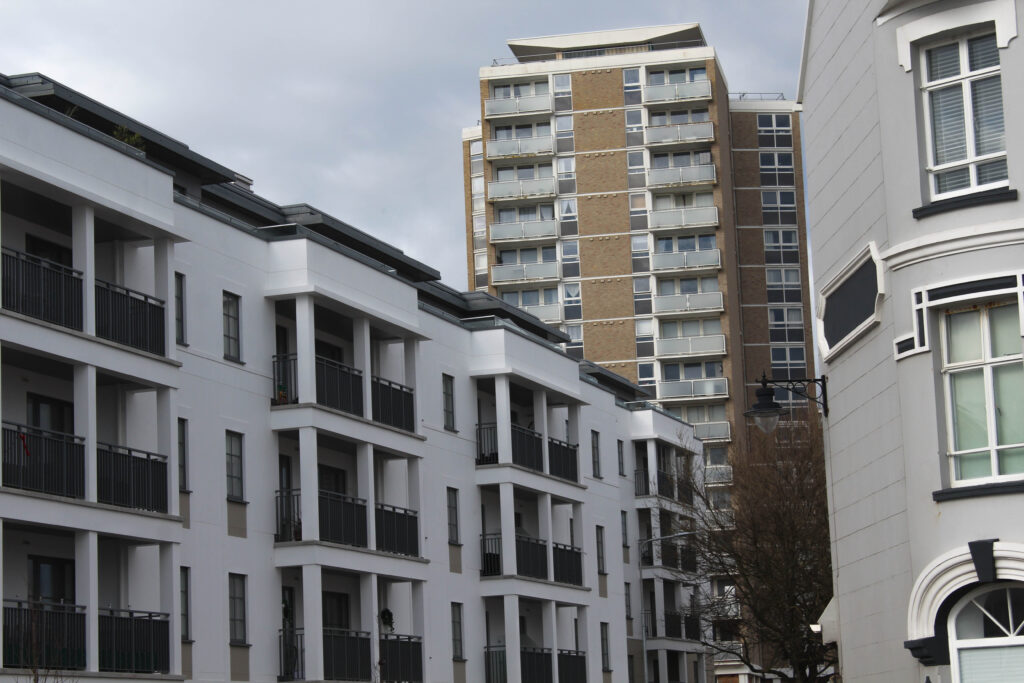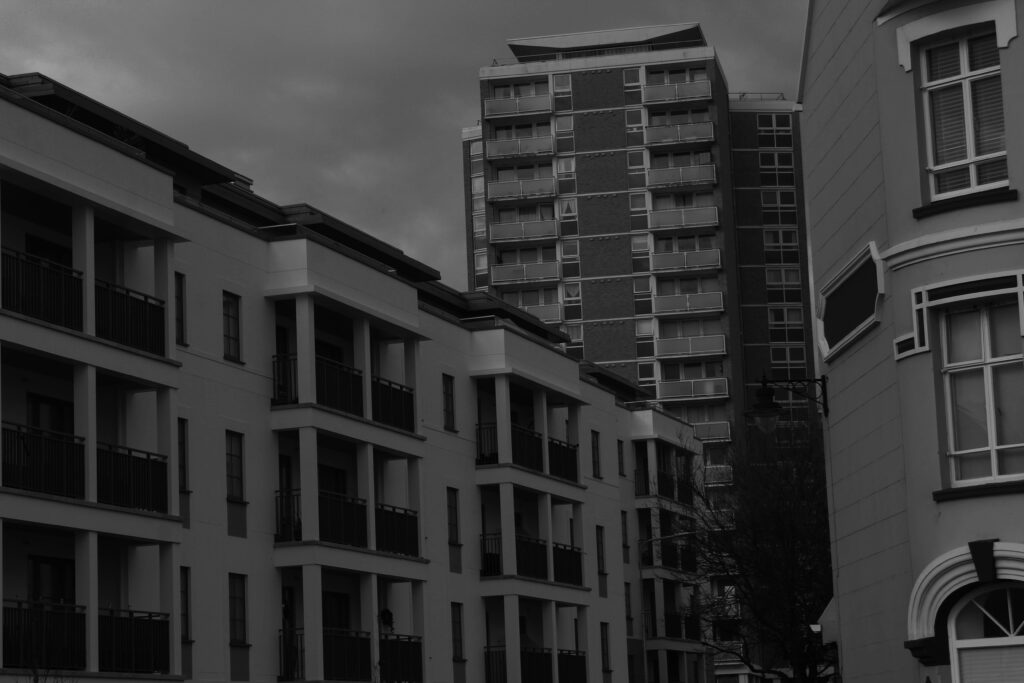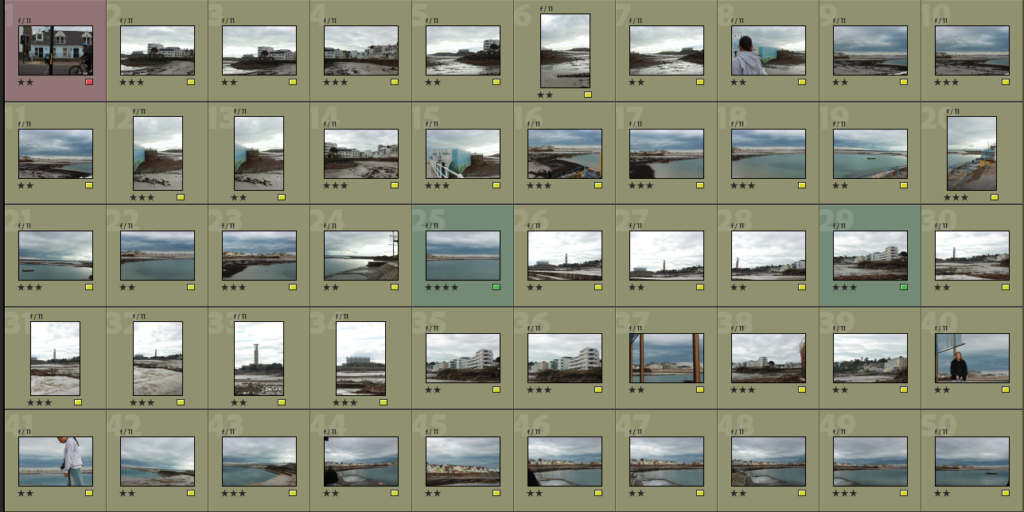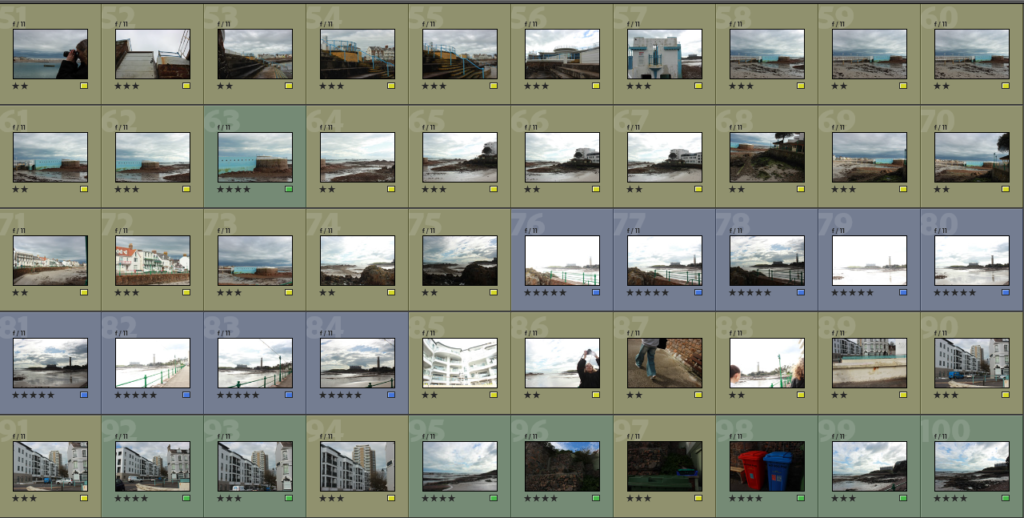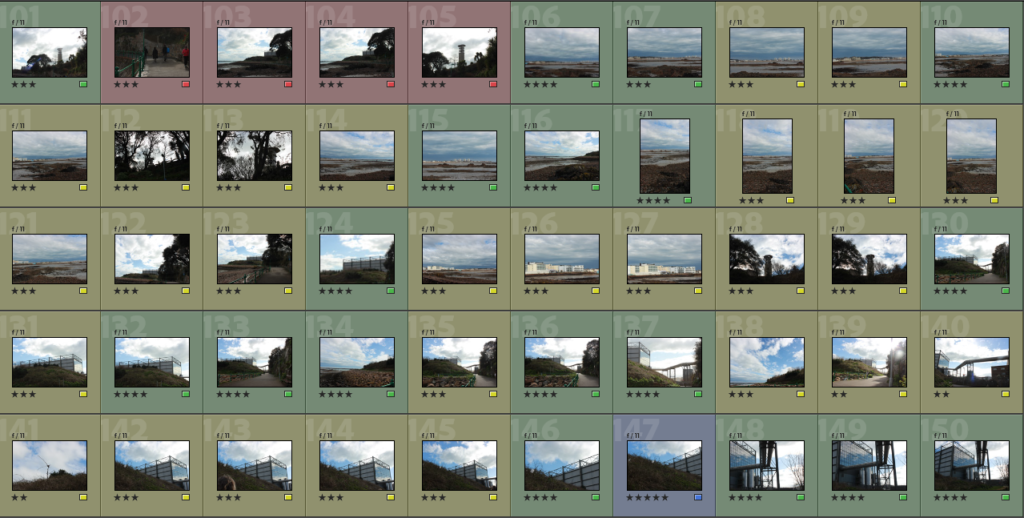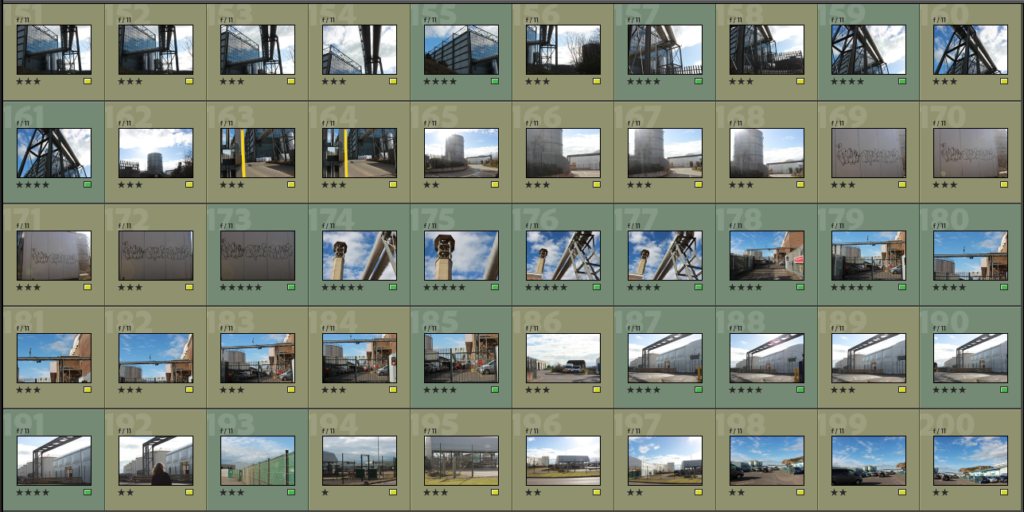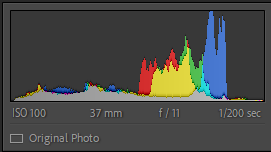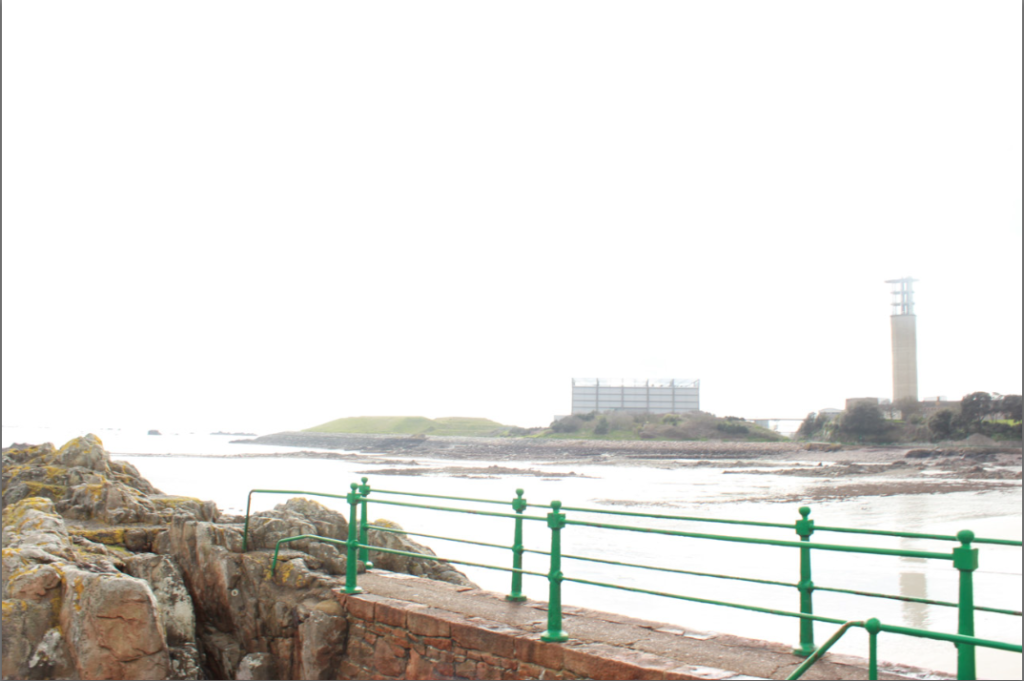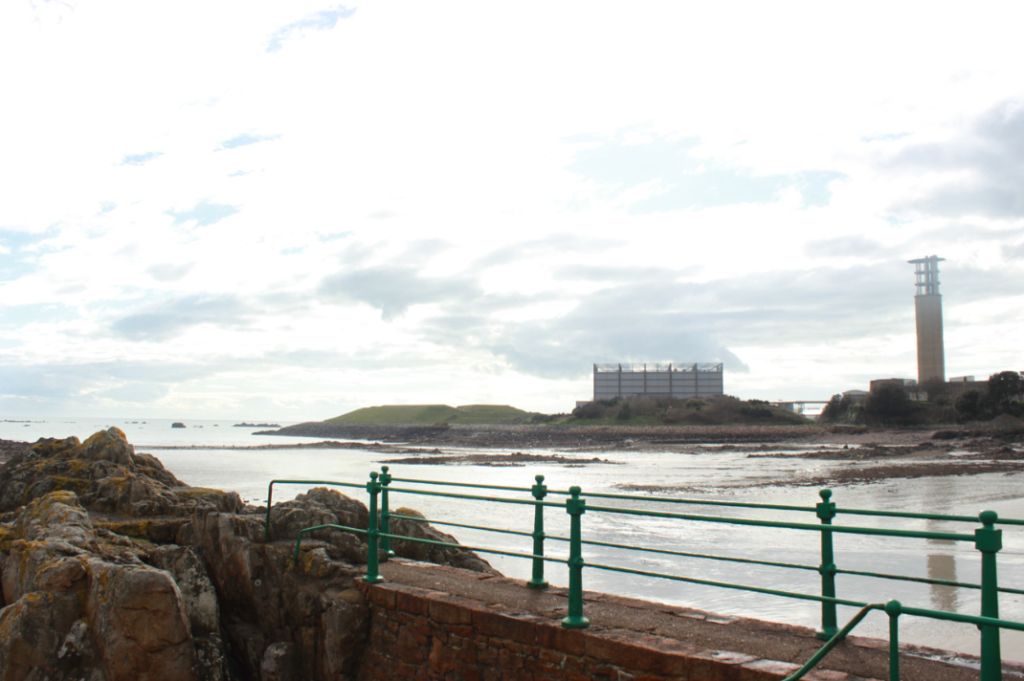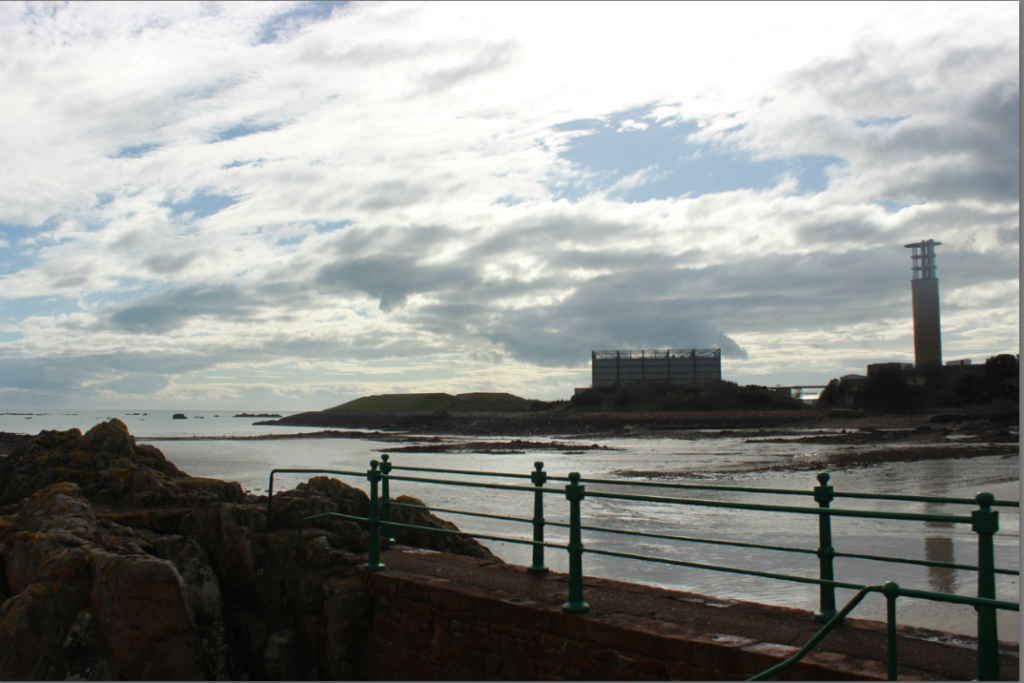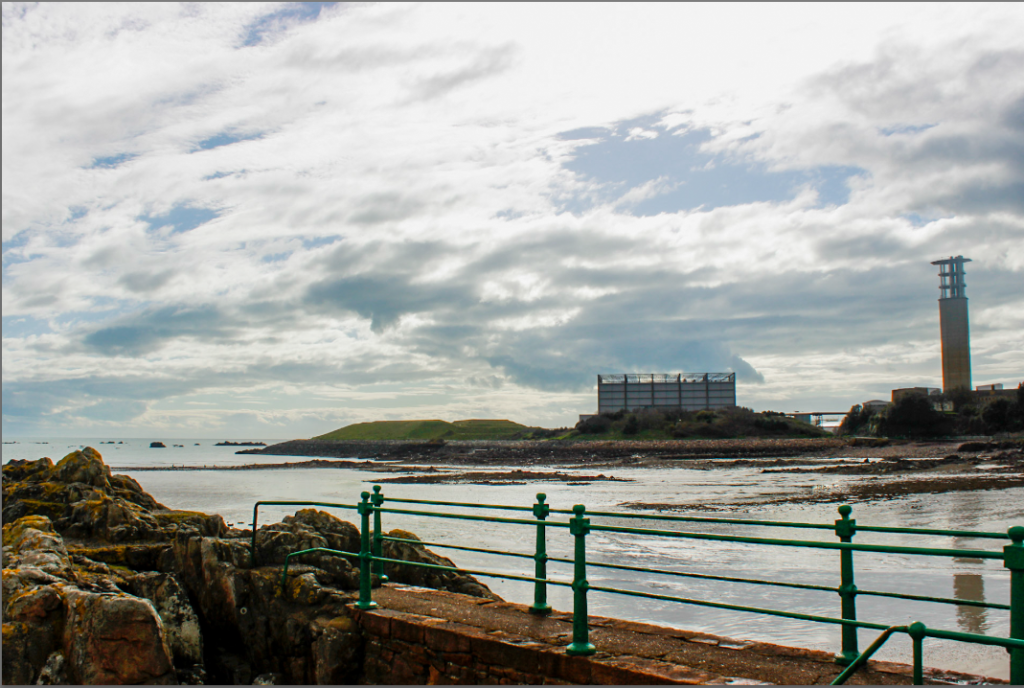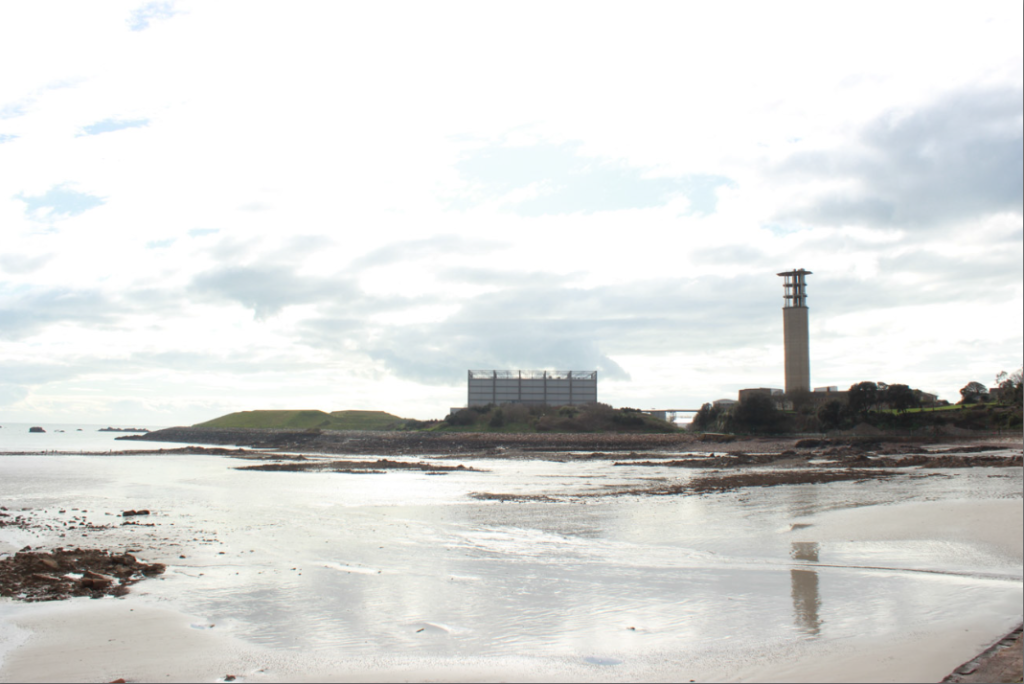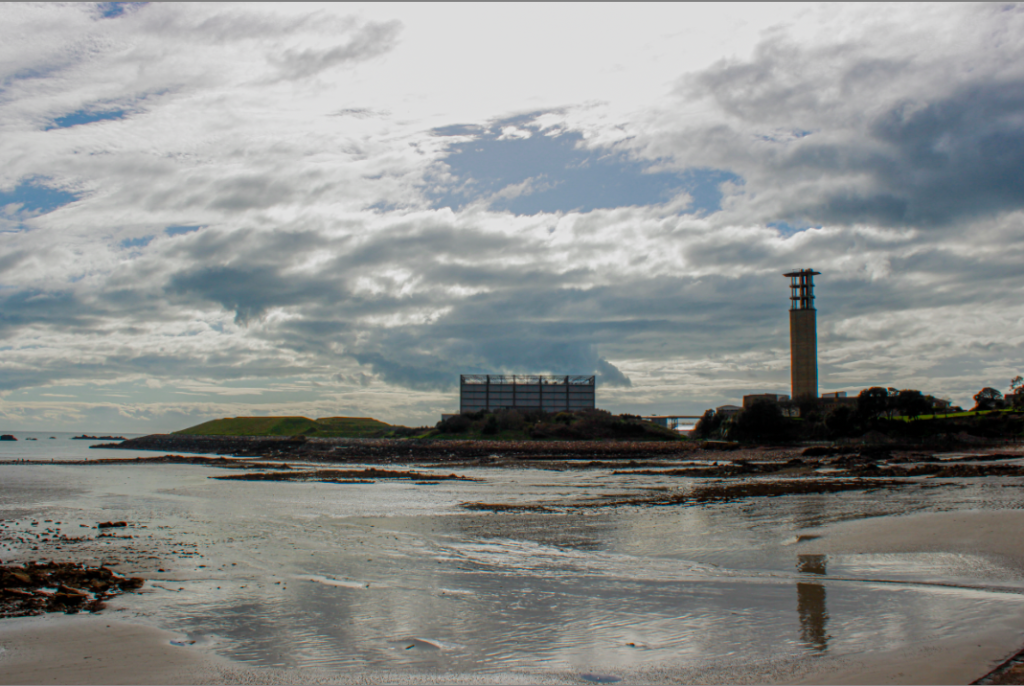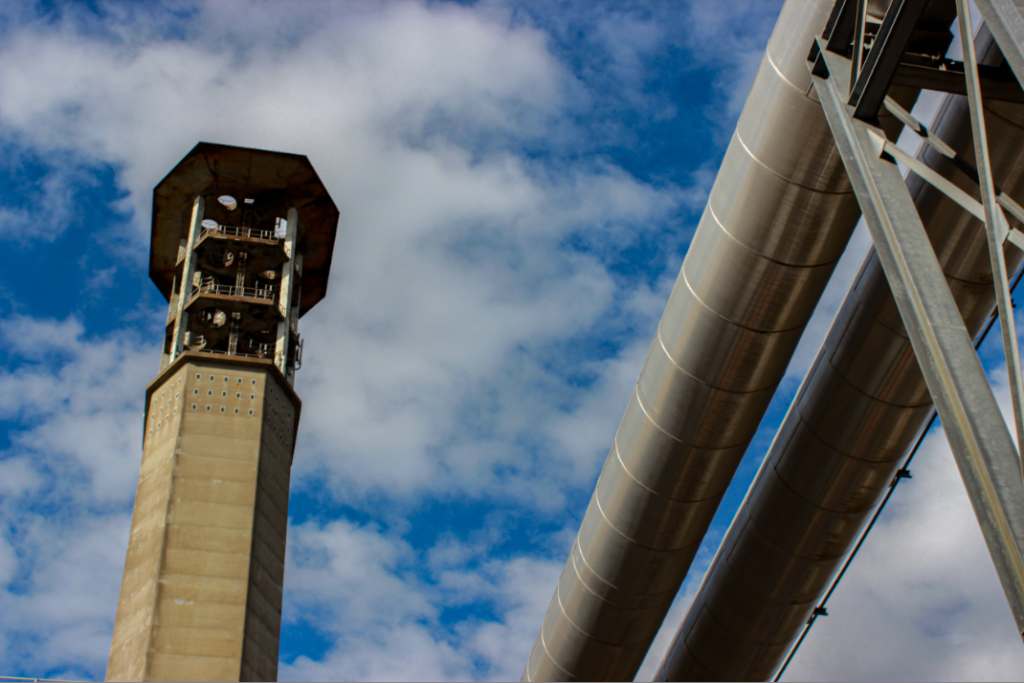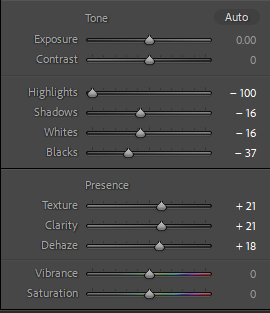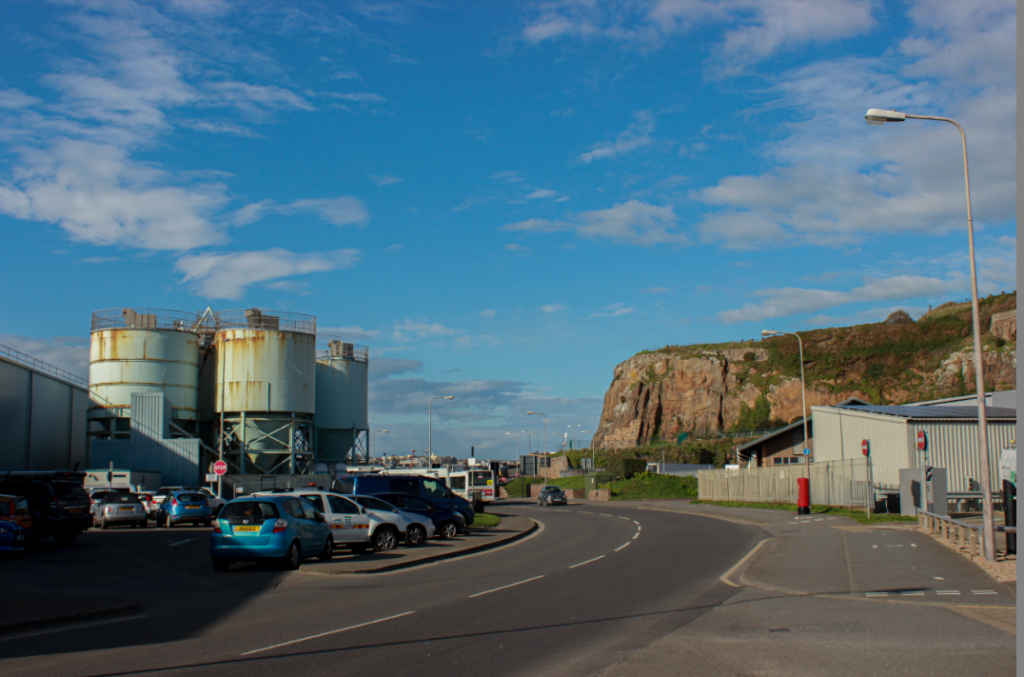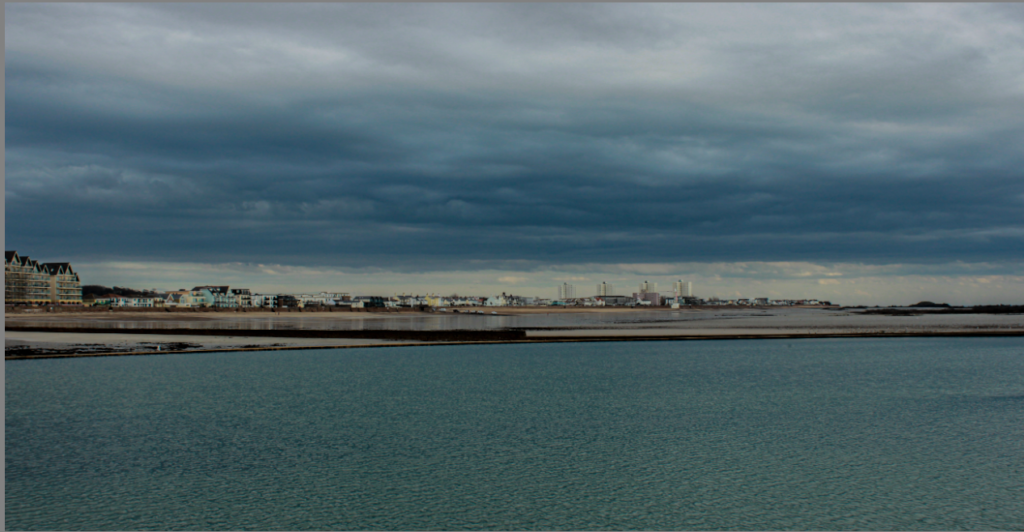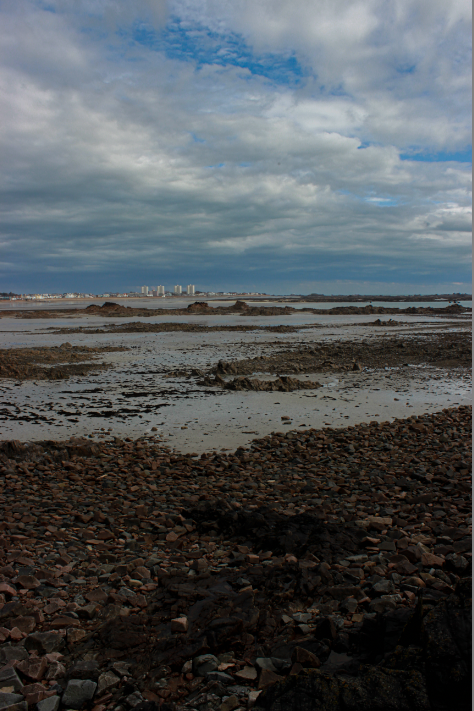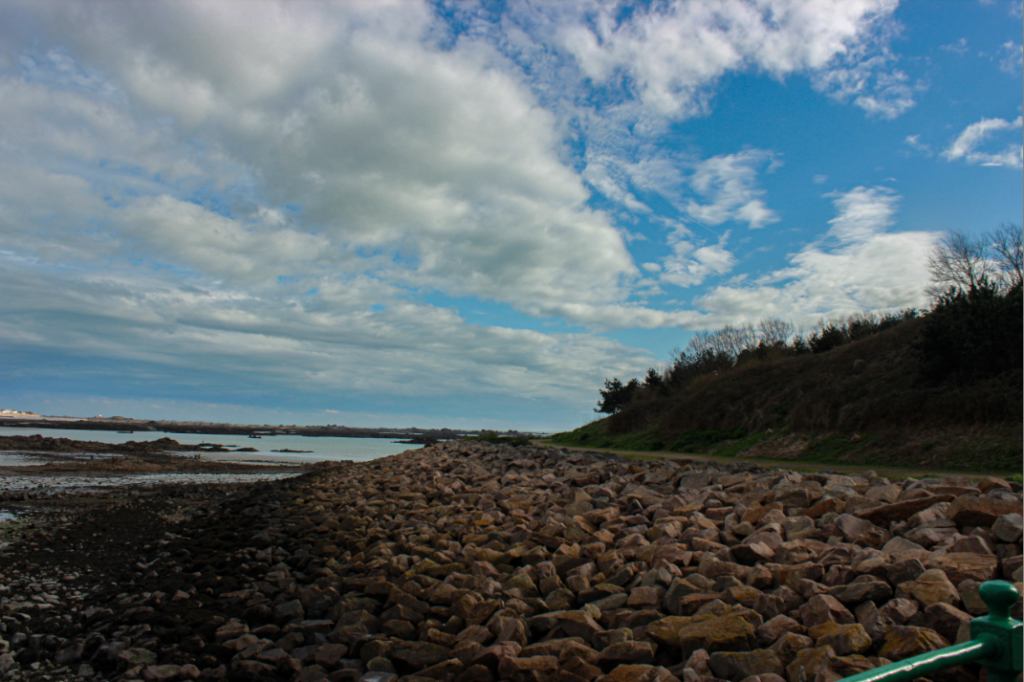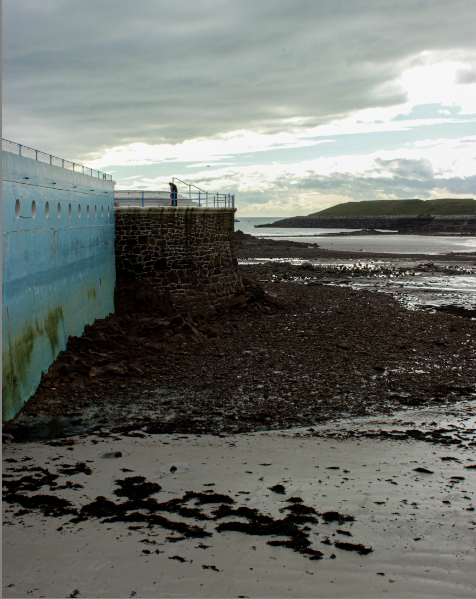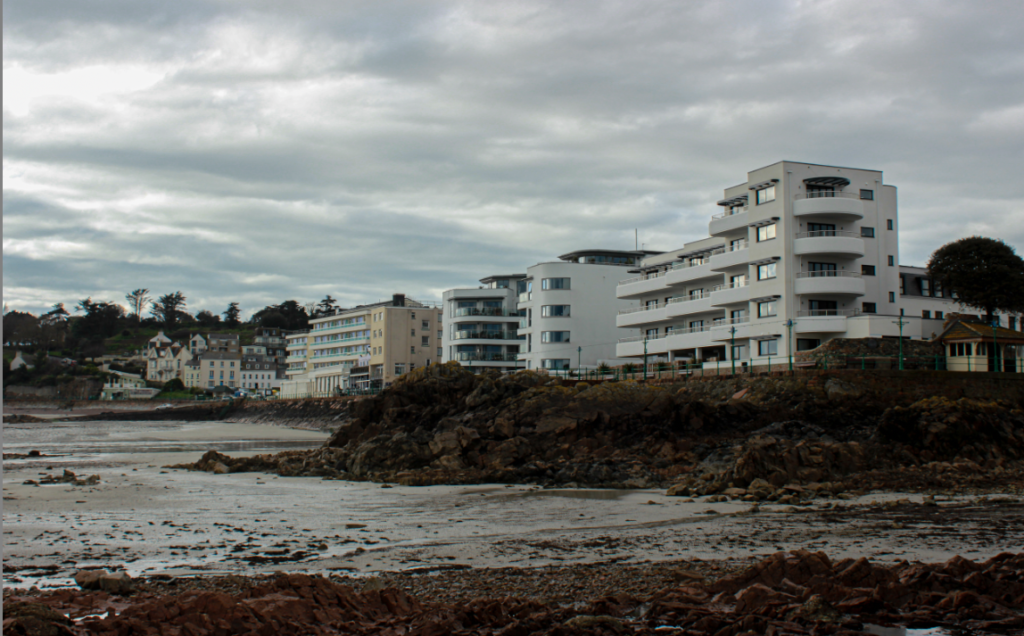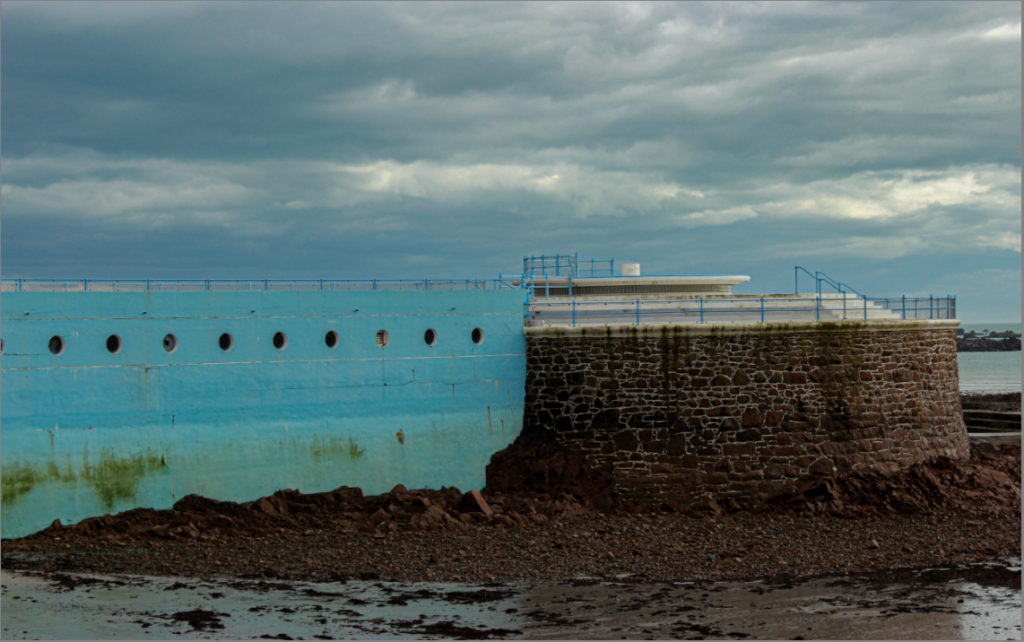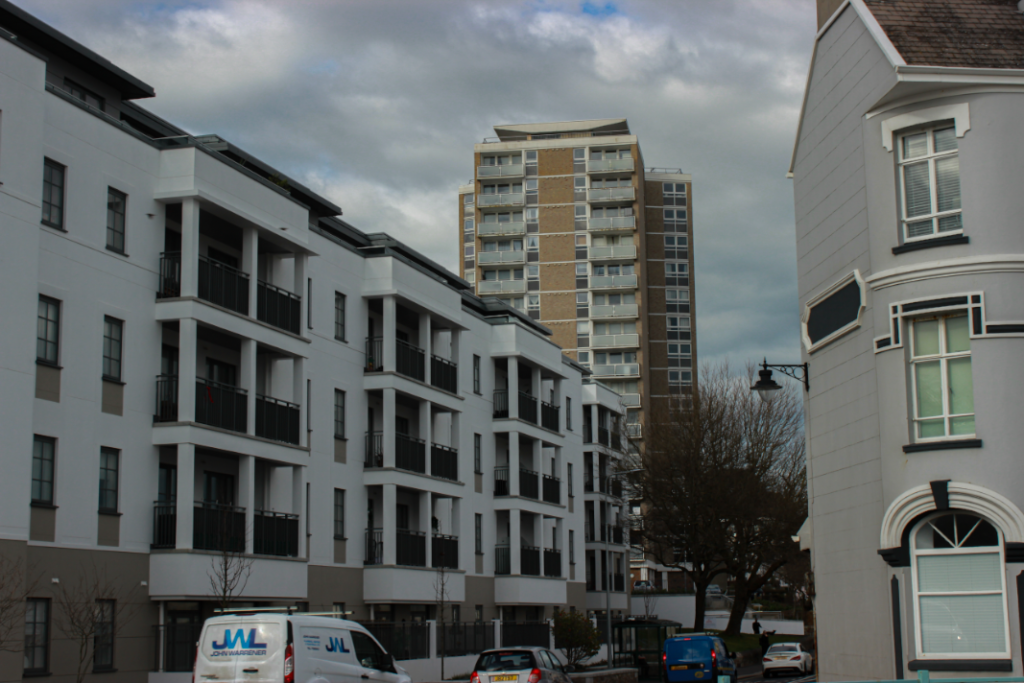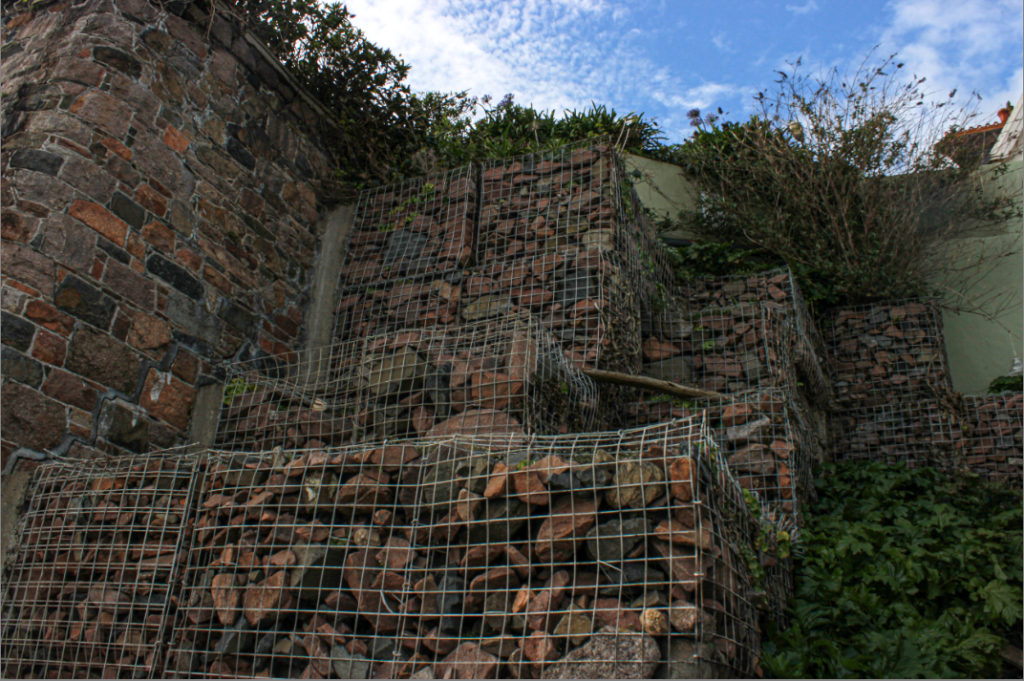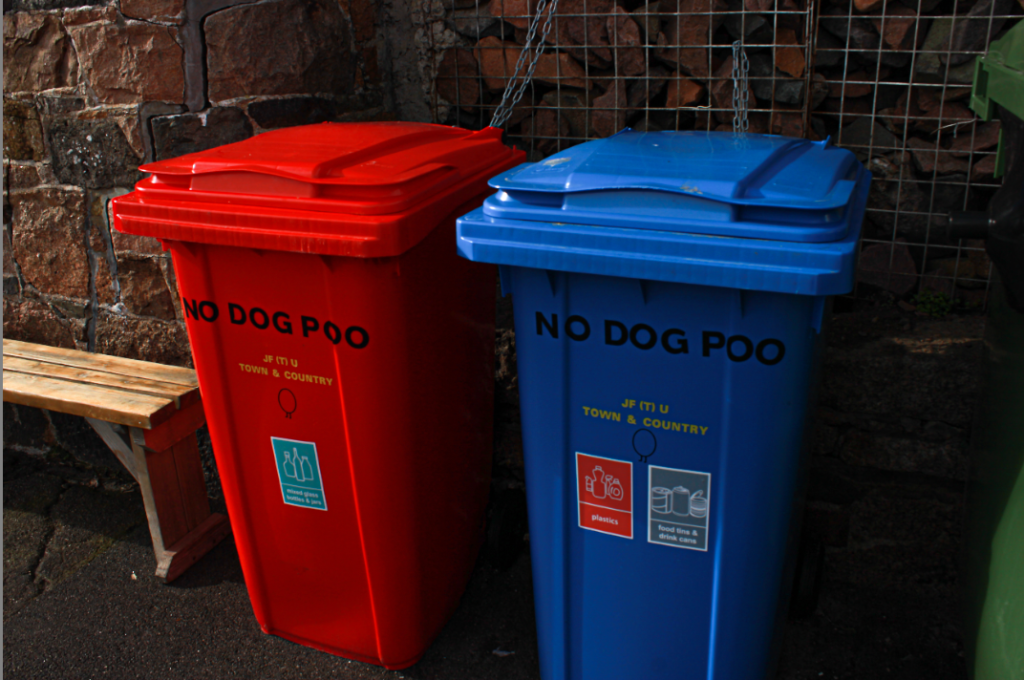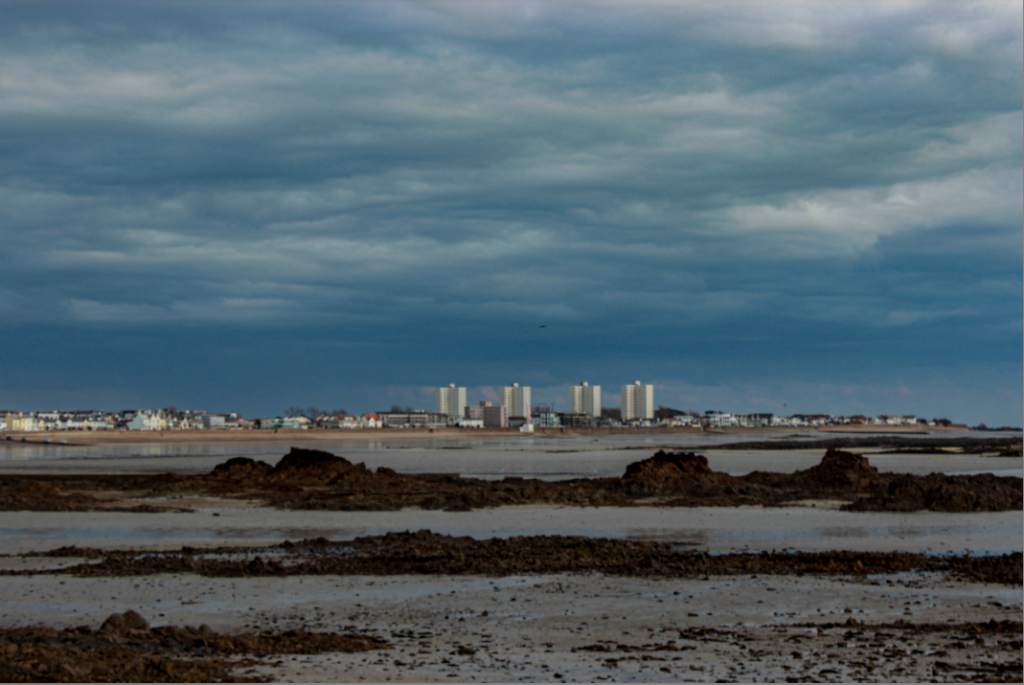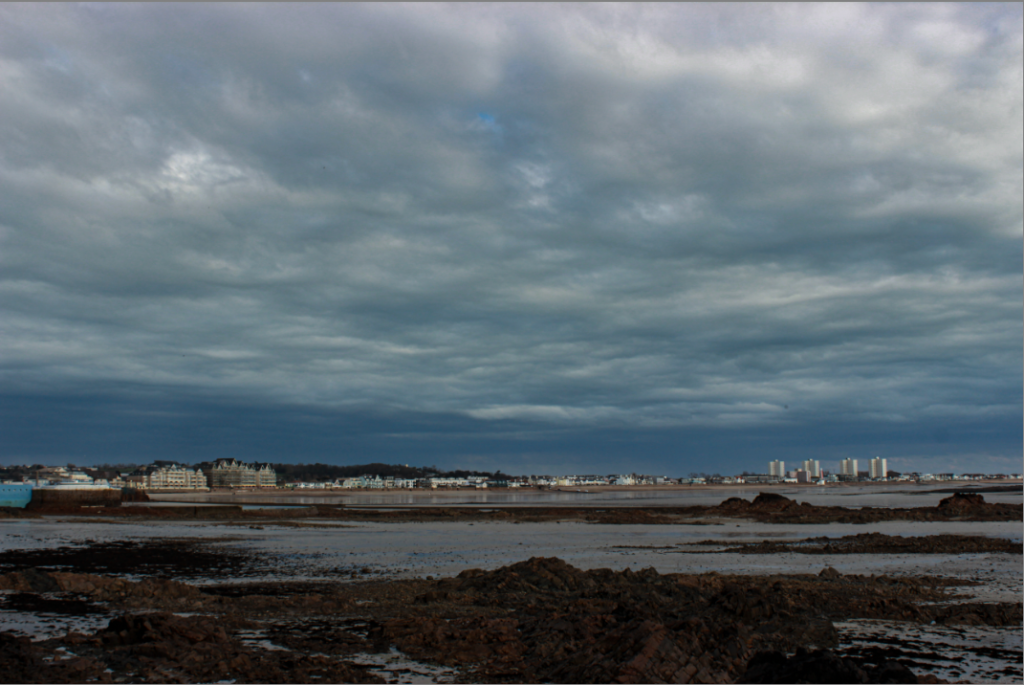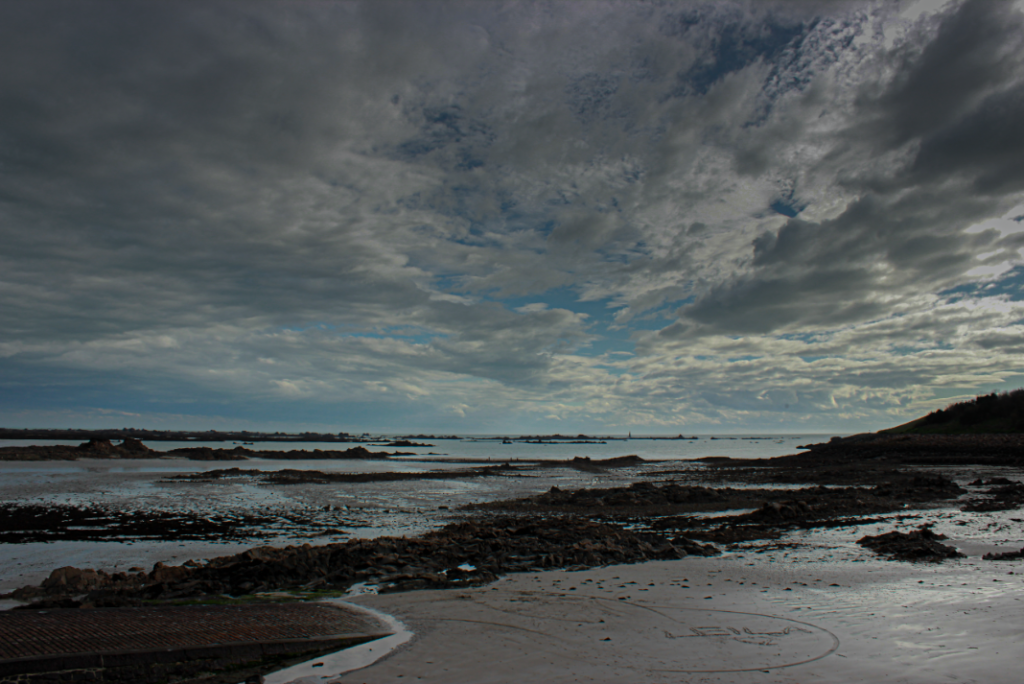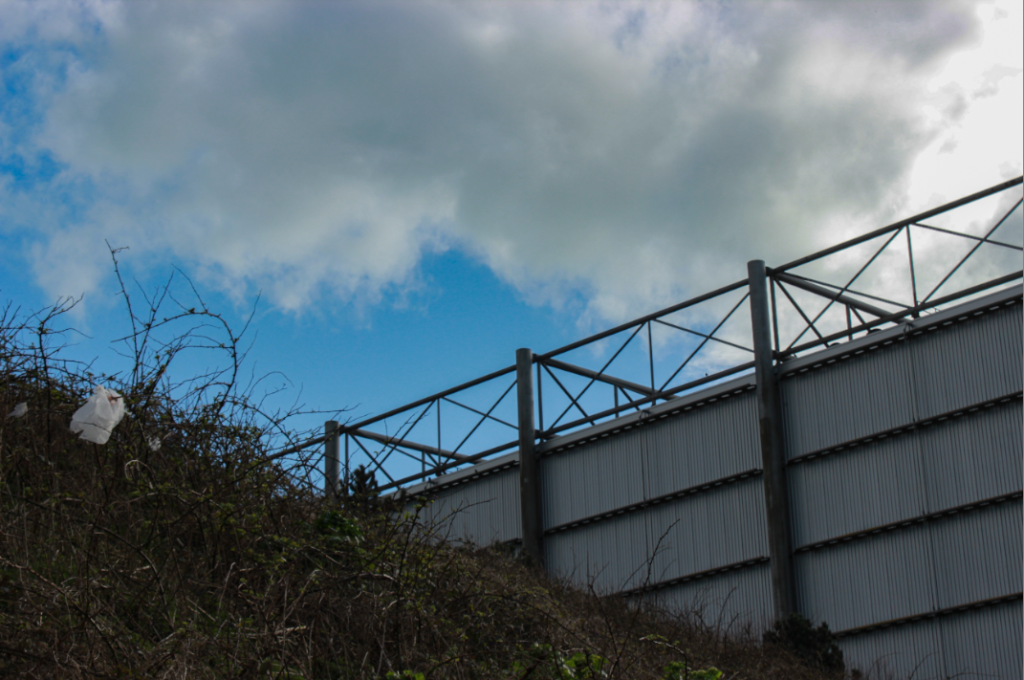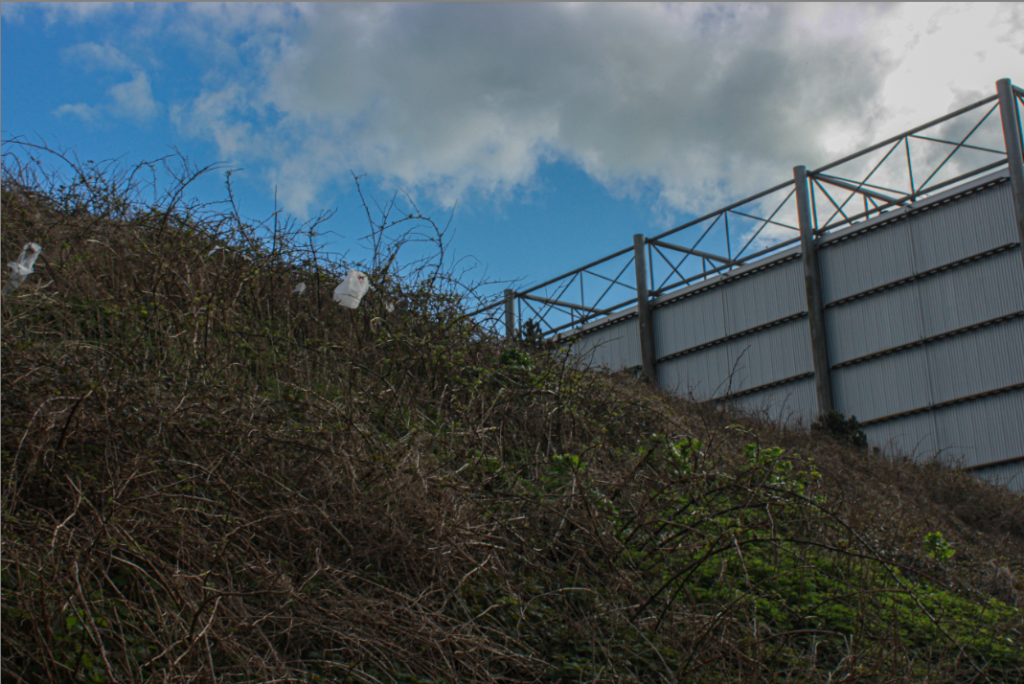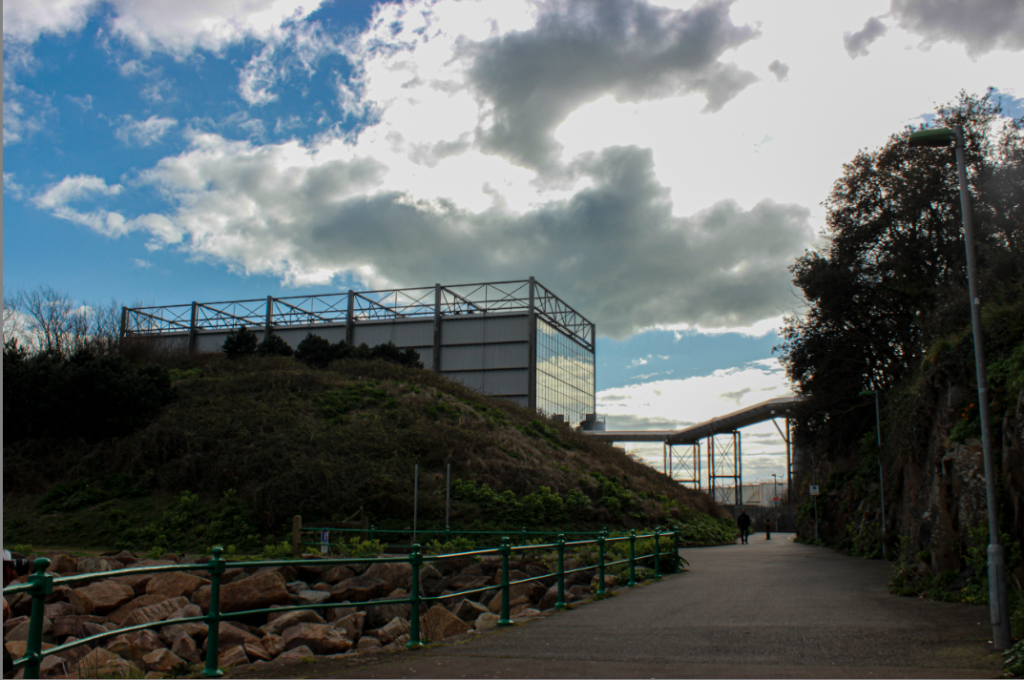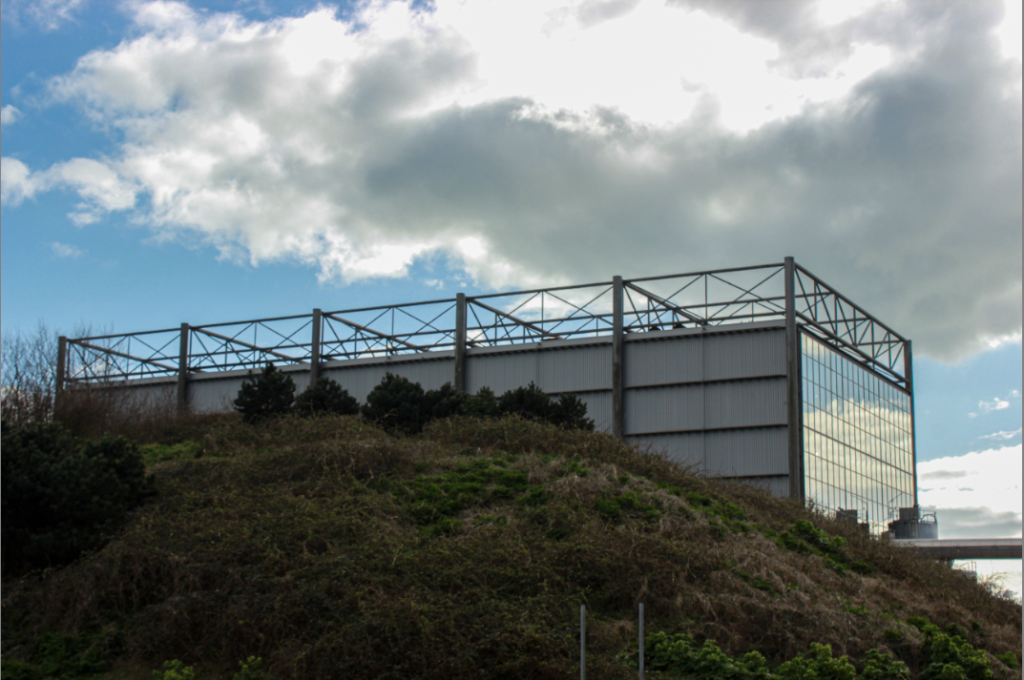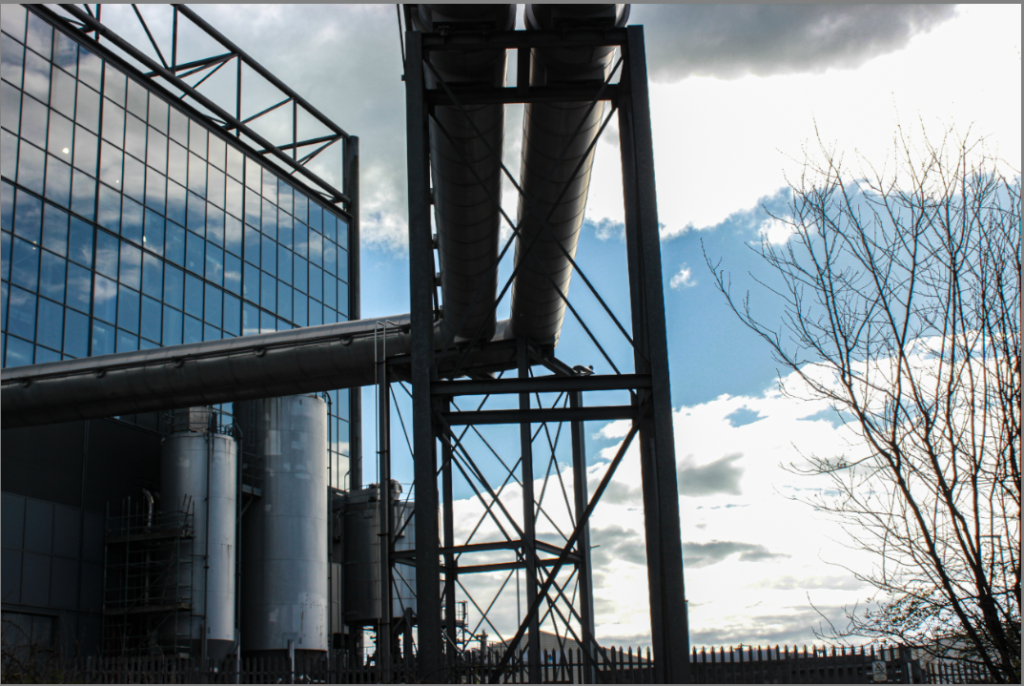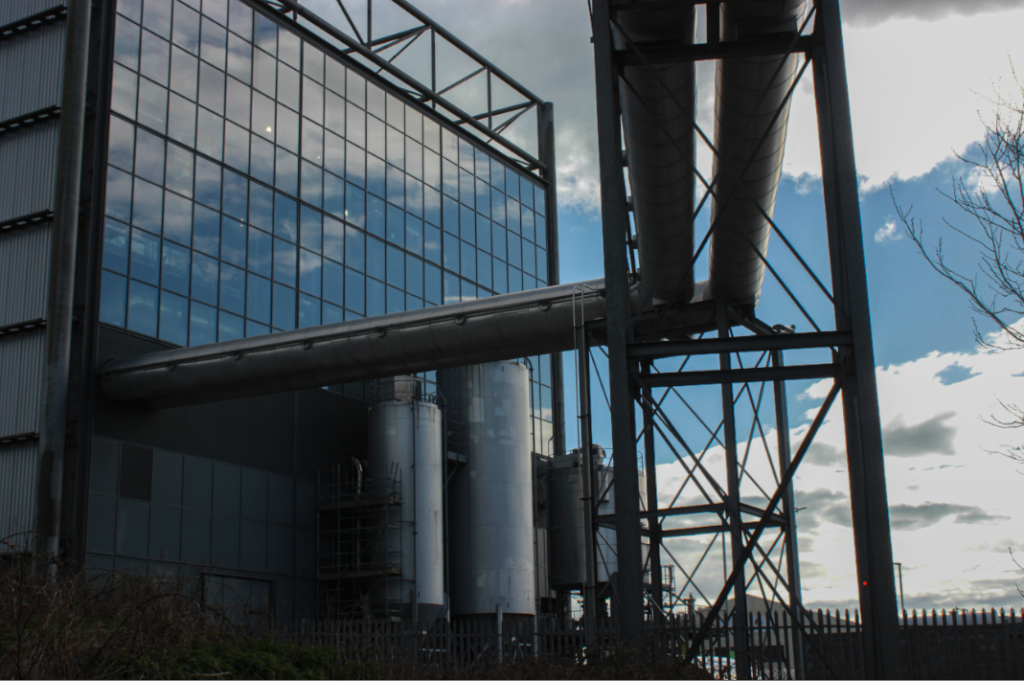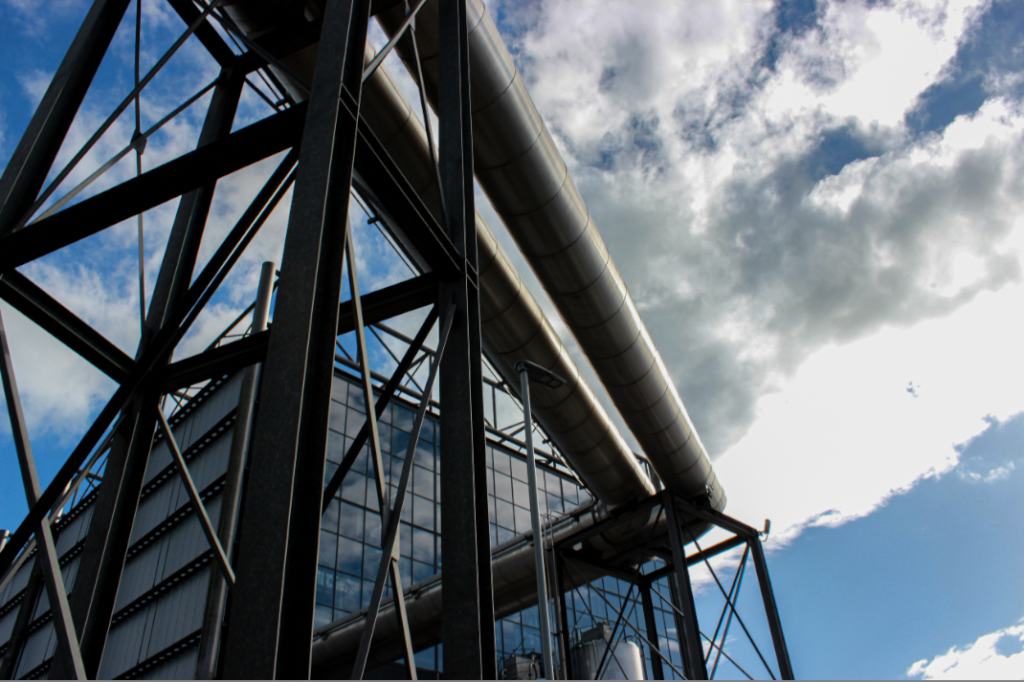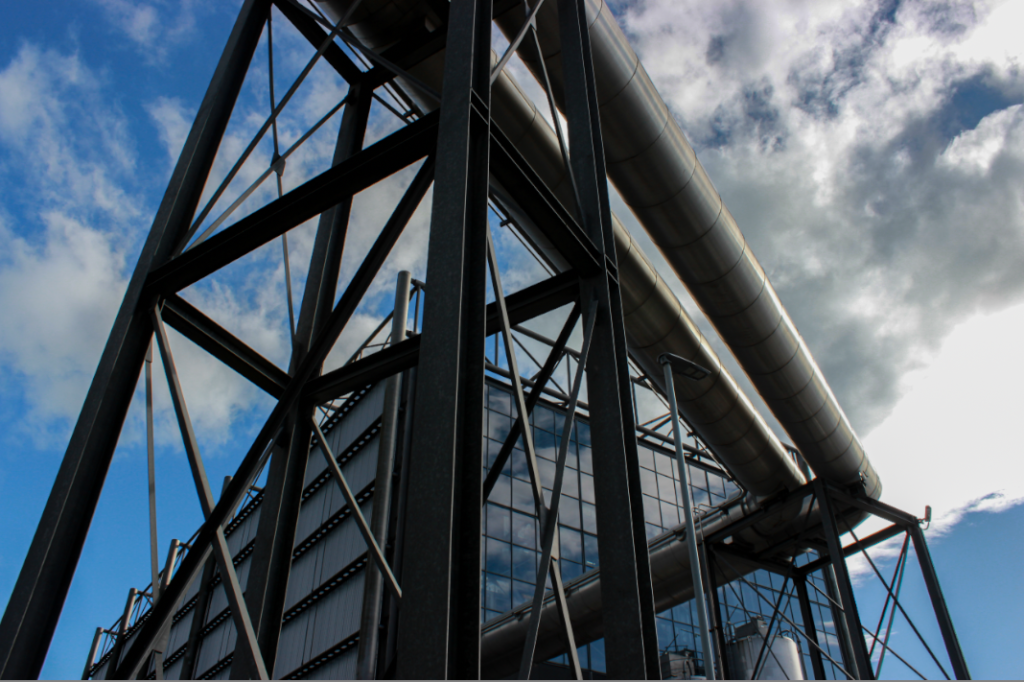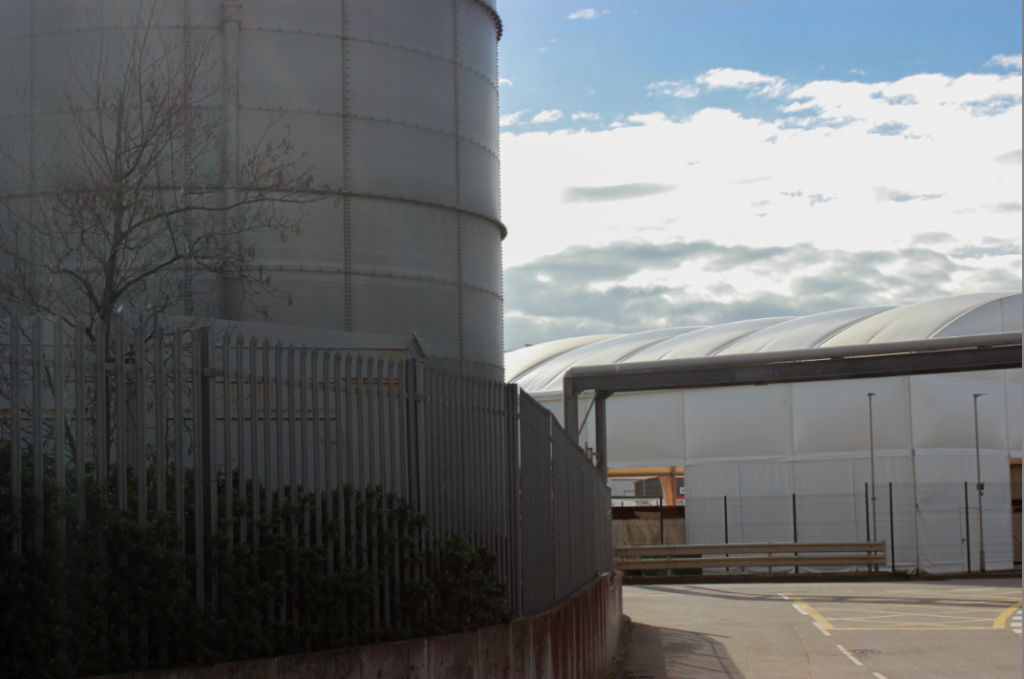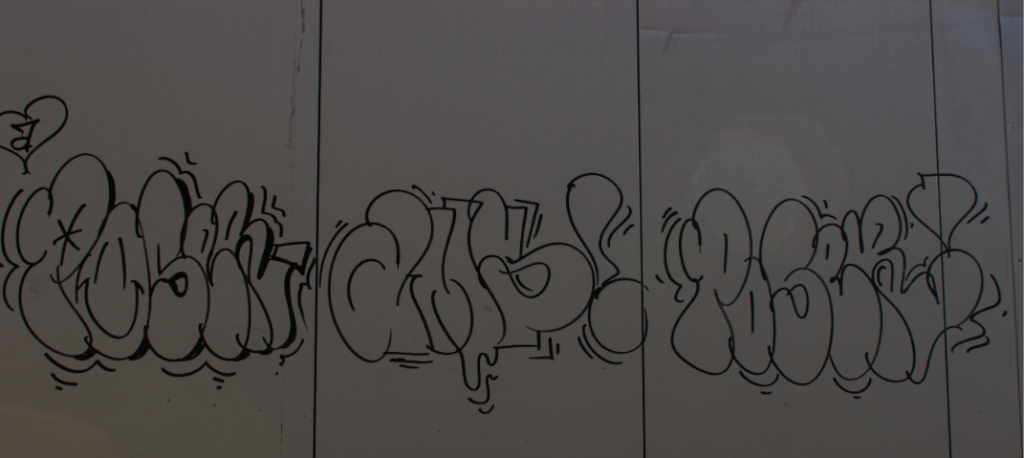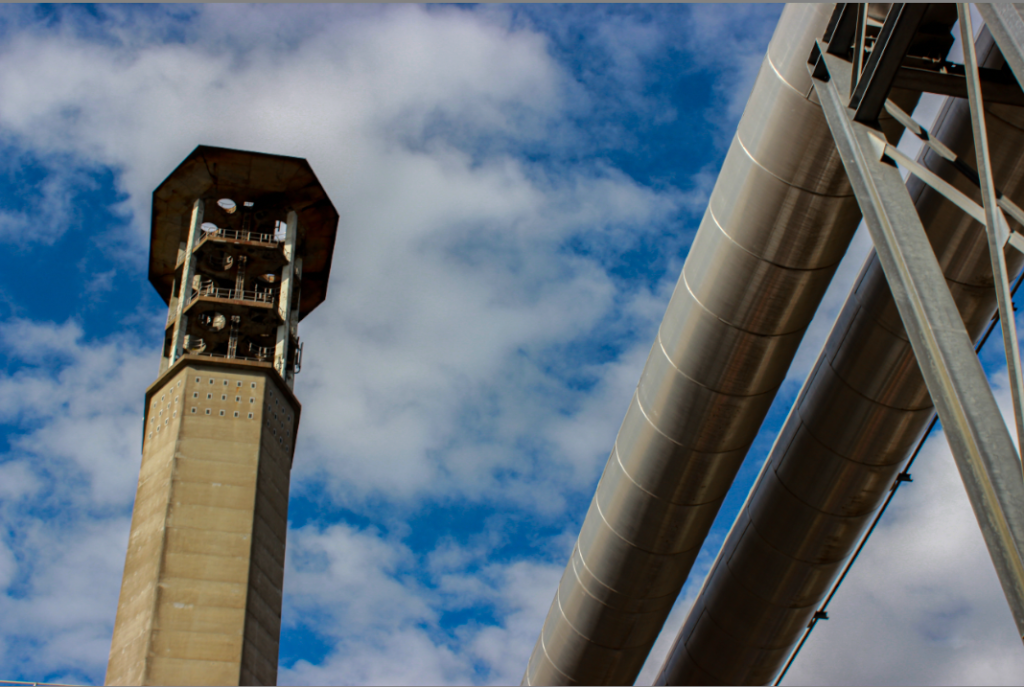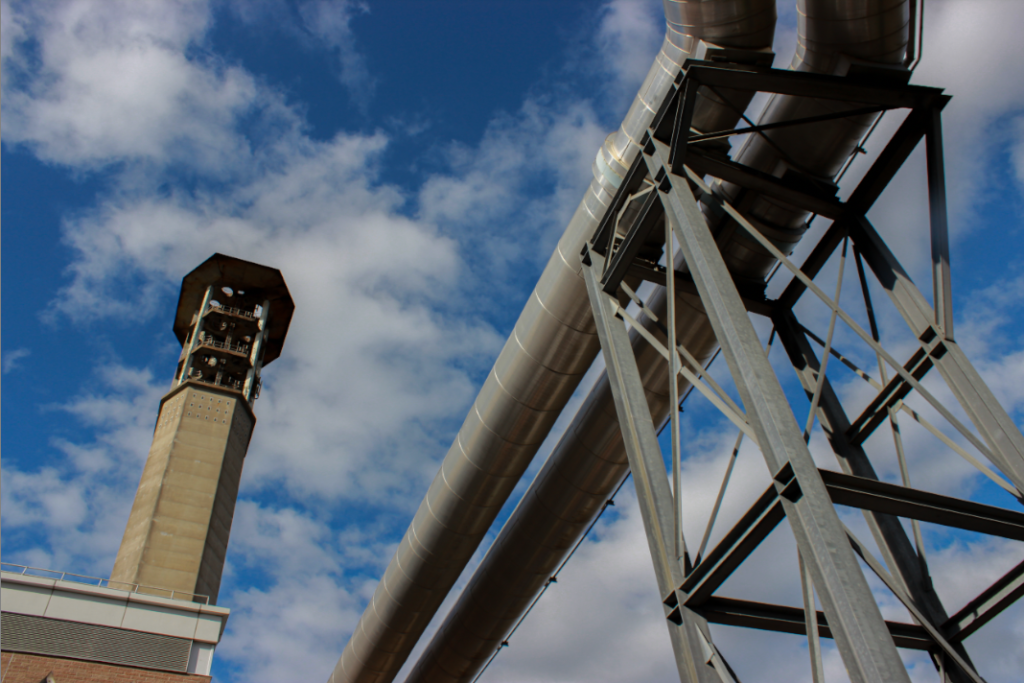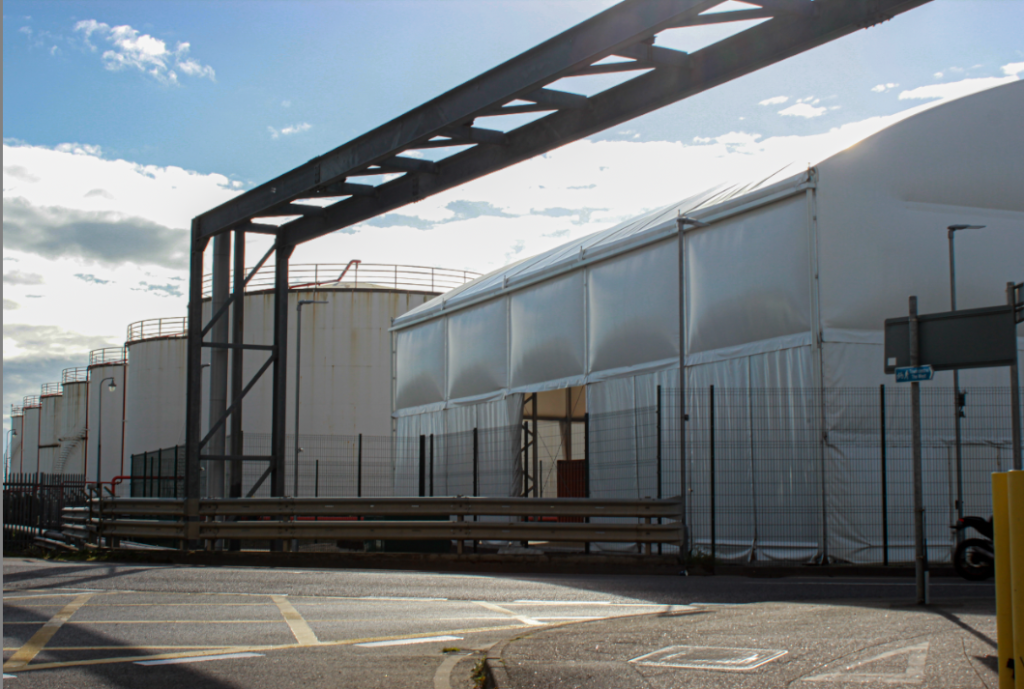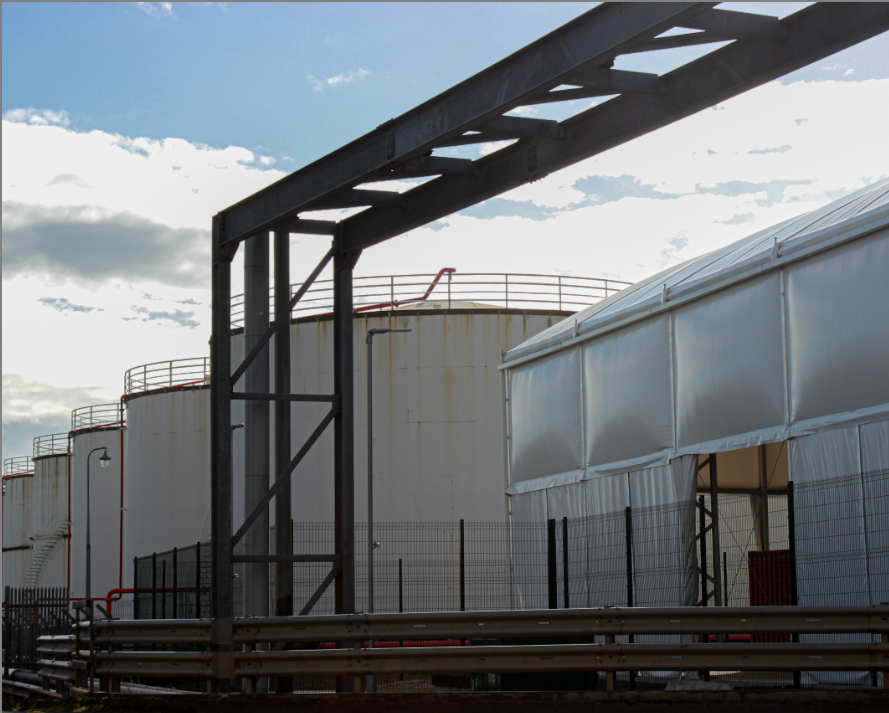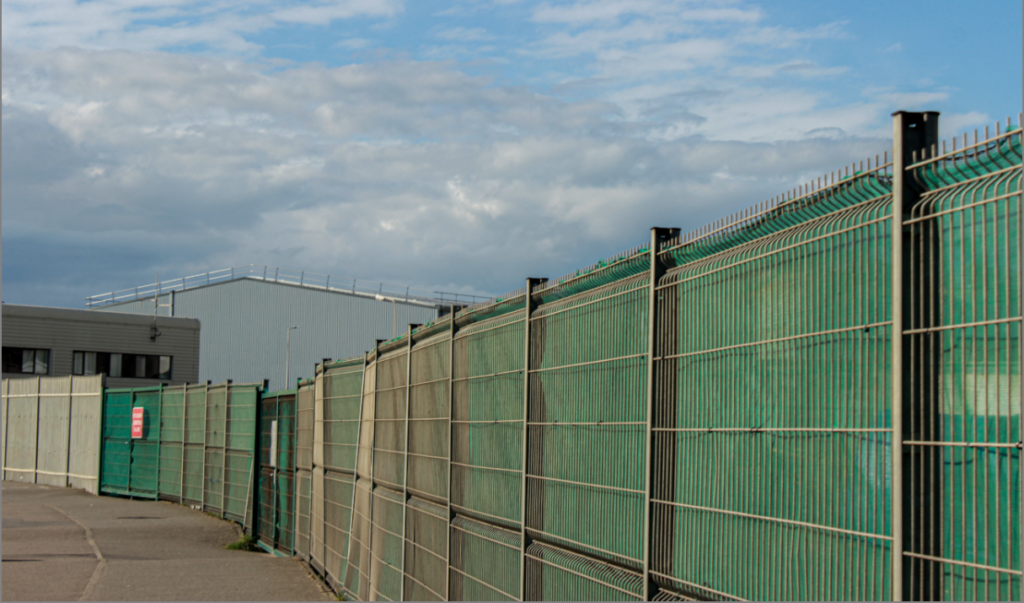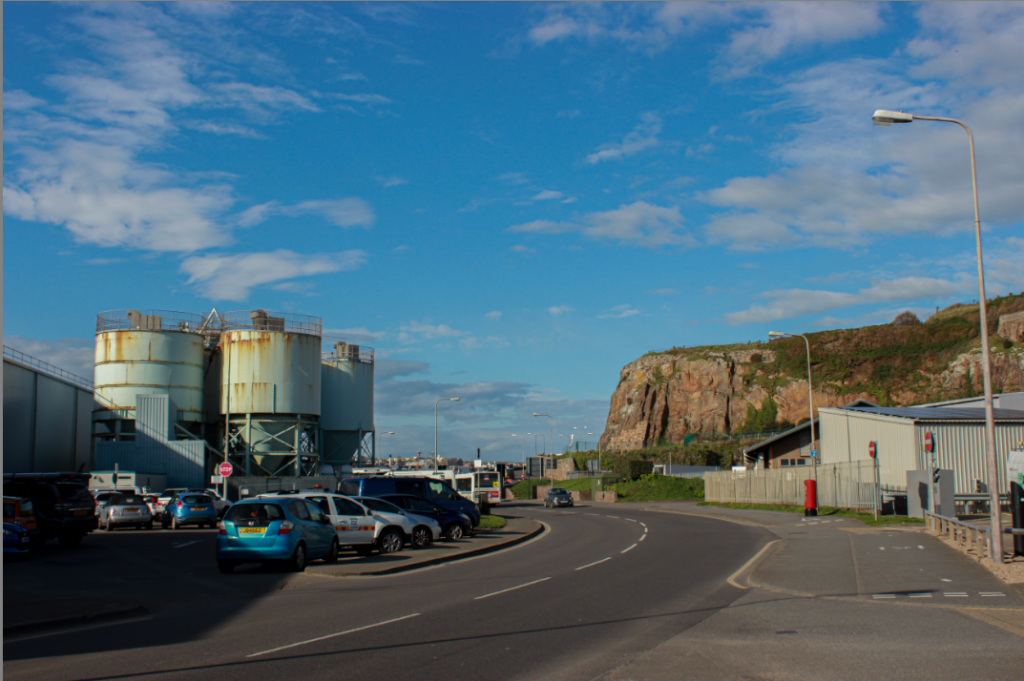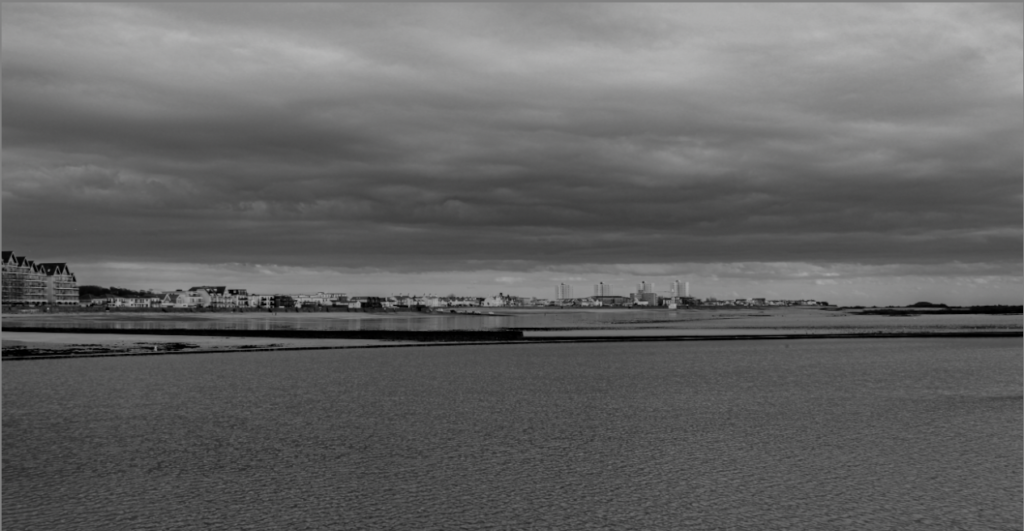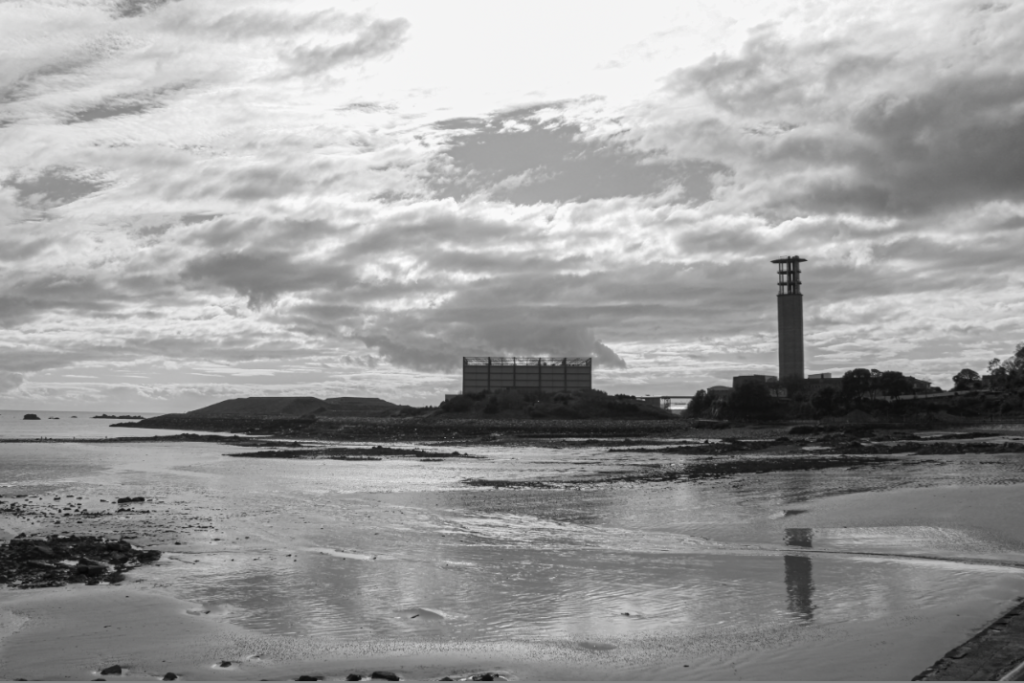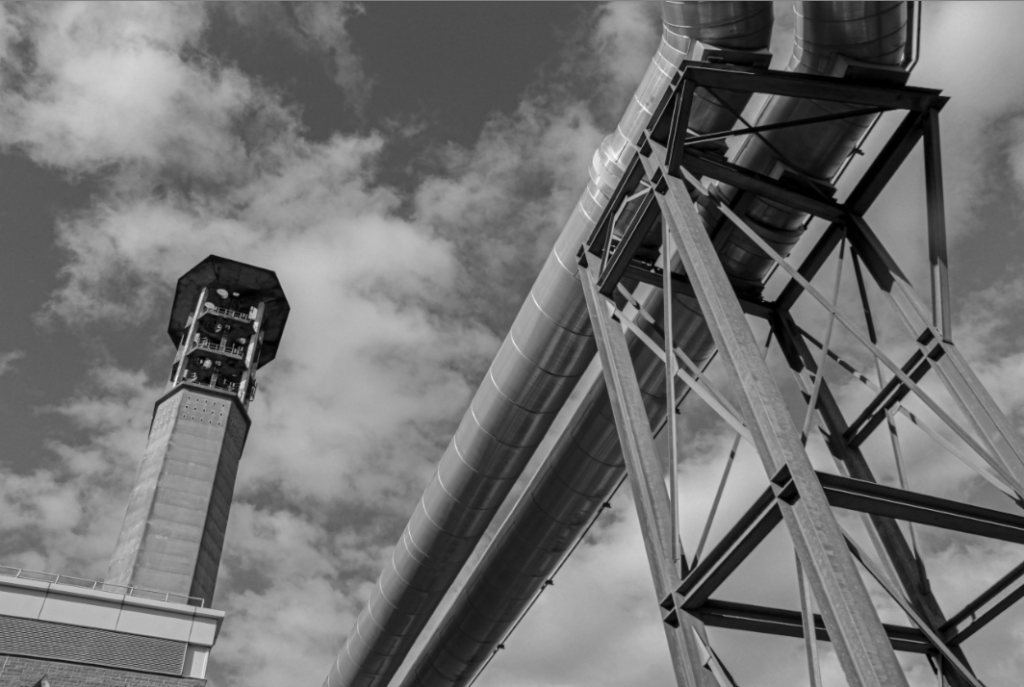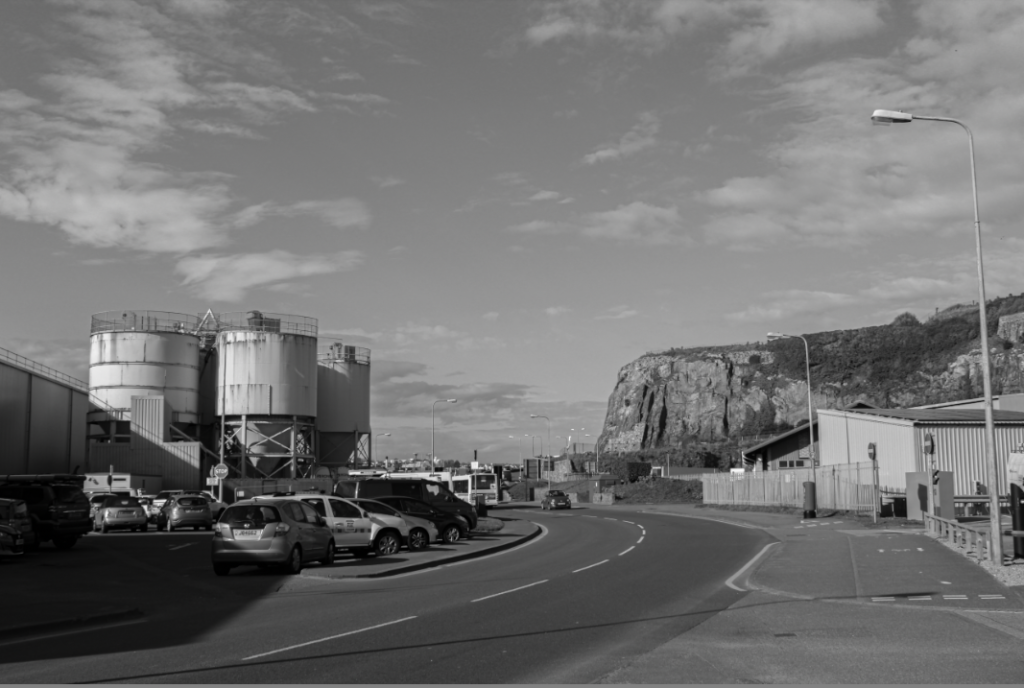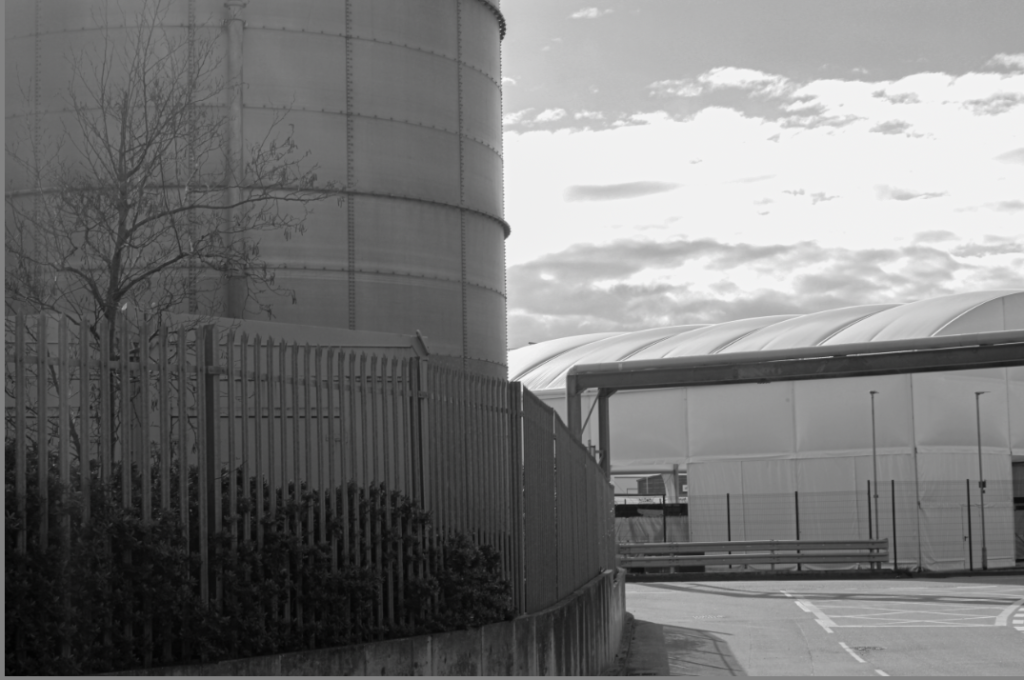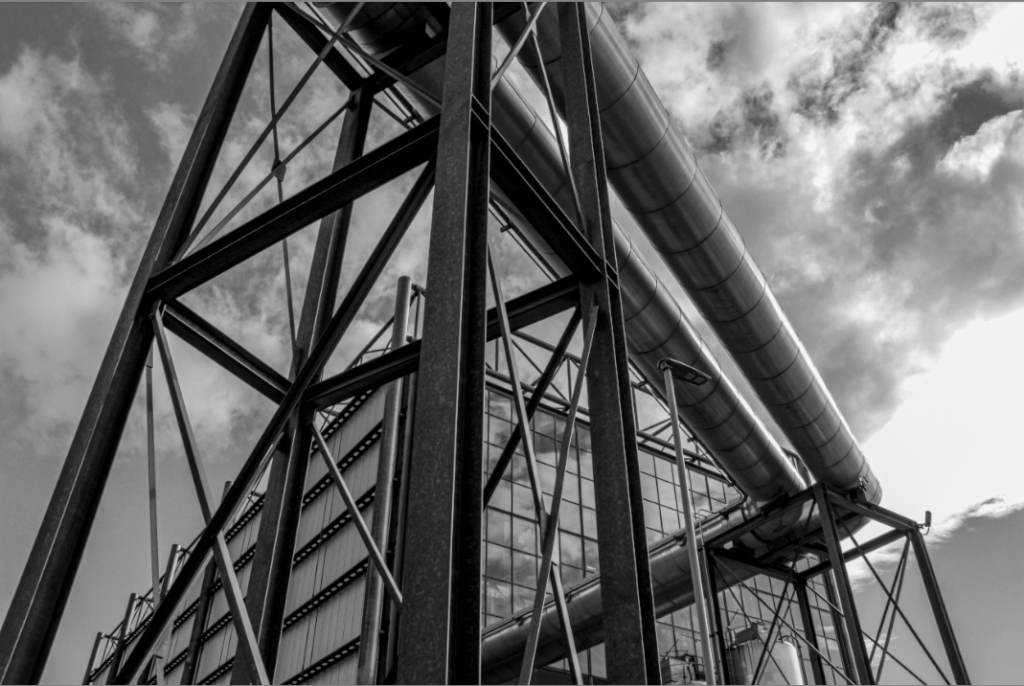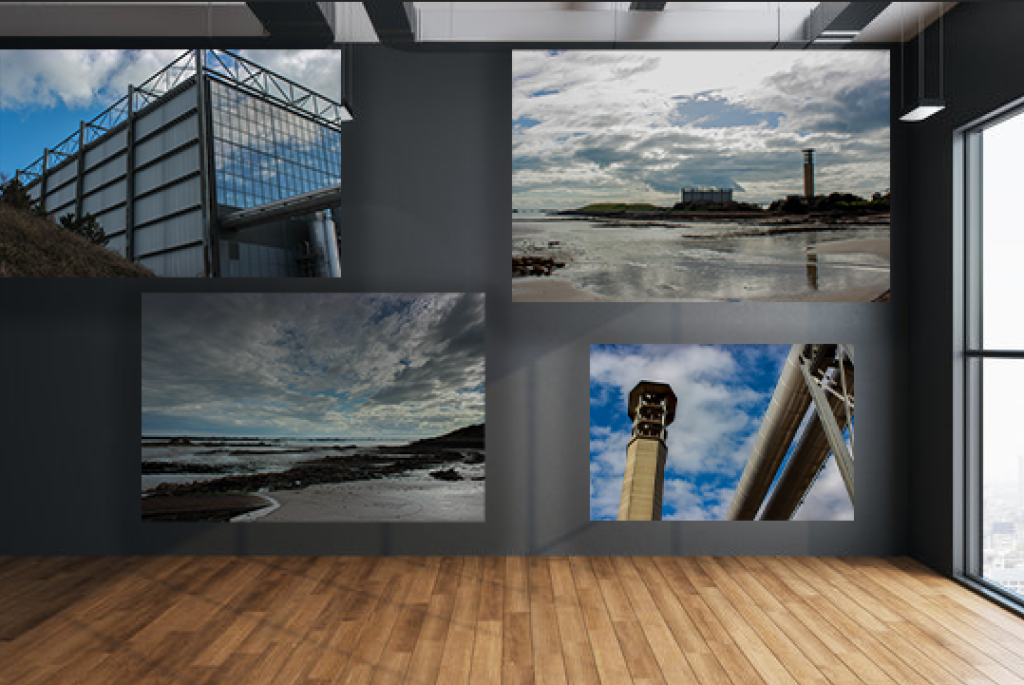
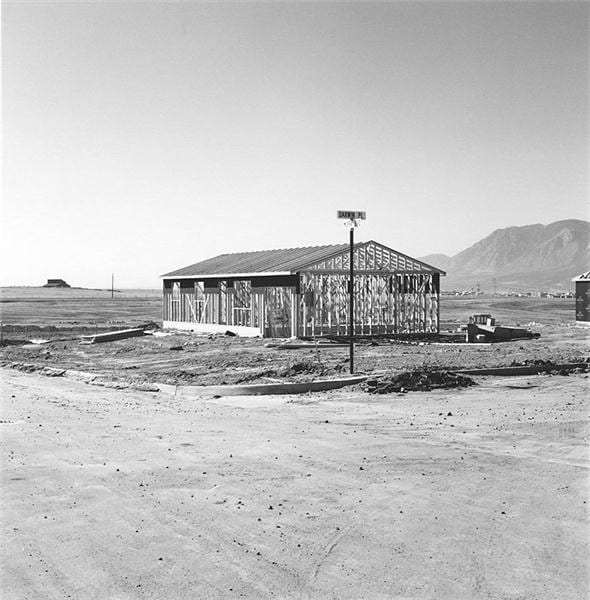

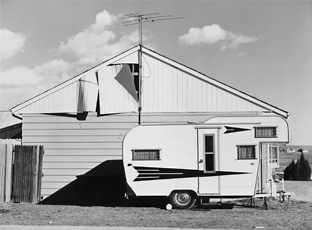
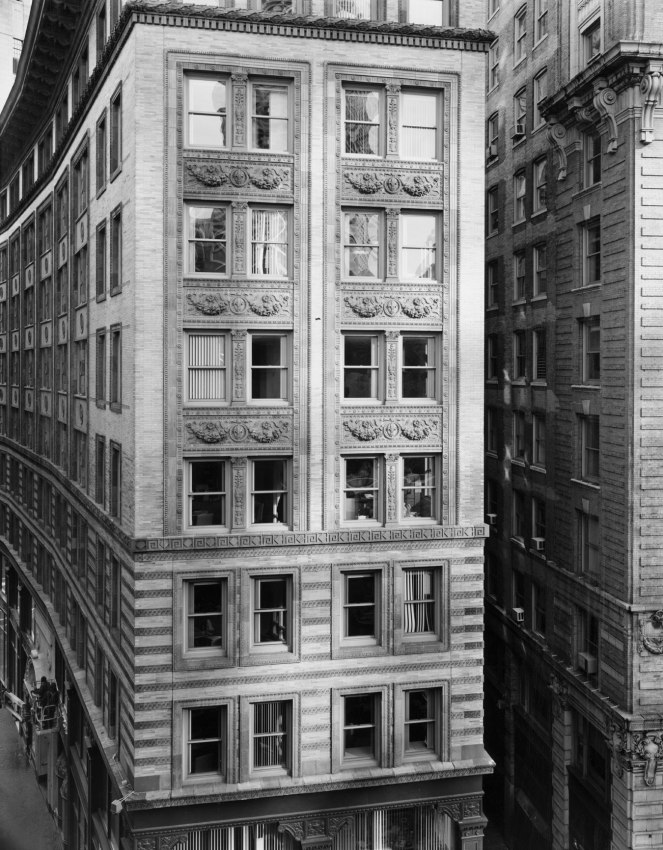

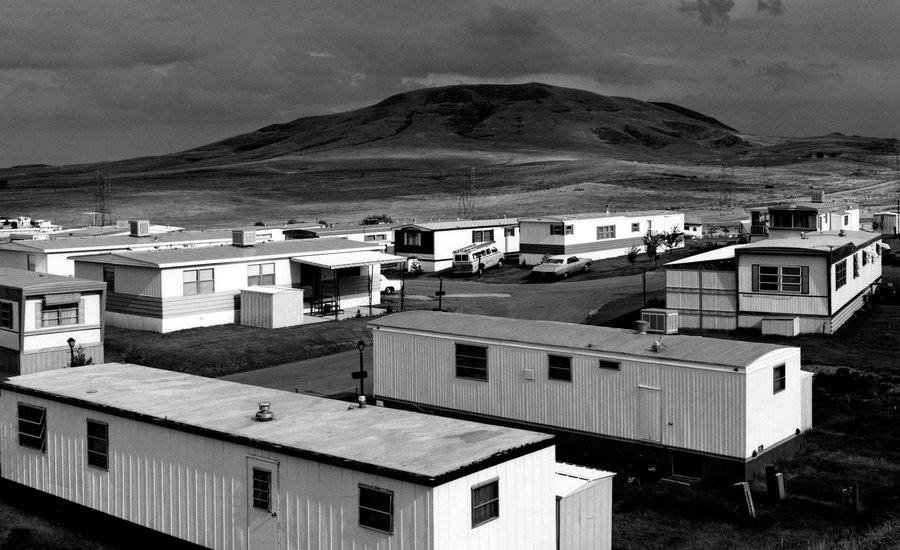
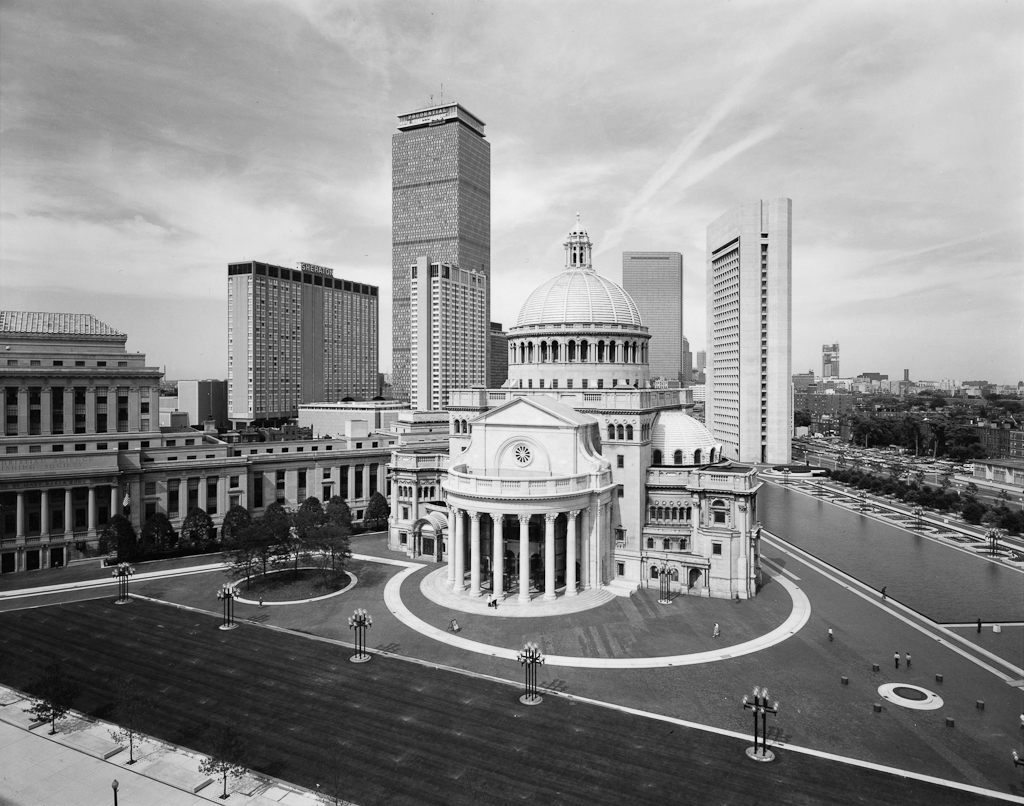
New Topographics was a response to increasingly suburban surroundings and idealised landscape photography showcasing and elevating the natural world. It showcases the effect of man on the surrounding world and a sense of beauty in its dull change. These are documentary photographs typically contrasting square manmade buildings with soft mountains capes and open land. New Topographics saw the work of Ansel Adams and found the ideas of environmental protection and preservation inspiring however the approach disingenuous. He showed the beauty of the natural landscape without the effects of man by carefully framing whereas new Topographics would move the camera slightly to show a trailer park. They aimed to preserve the environment by showing the effects of man on the environment. Humans want for constant expansion and the need for more housing post war meant that more and more space was being cut up and built on. Influential artists included:
- Nicholas Nixon
- Henry Wessel Jr
- Bernd and Hilla Becher
- Robert Adams
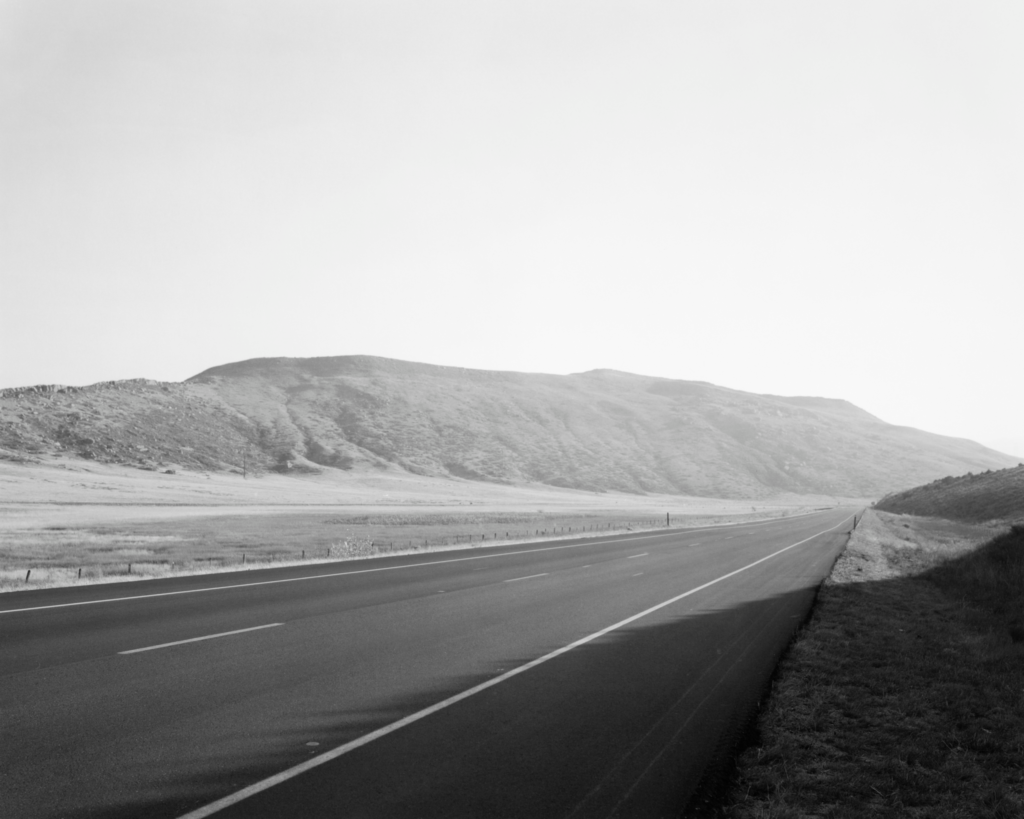
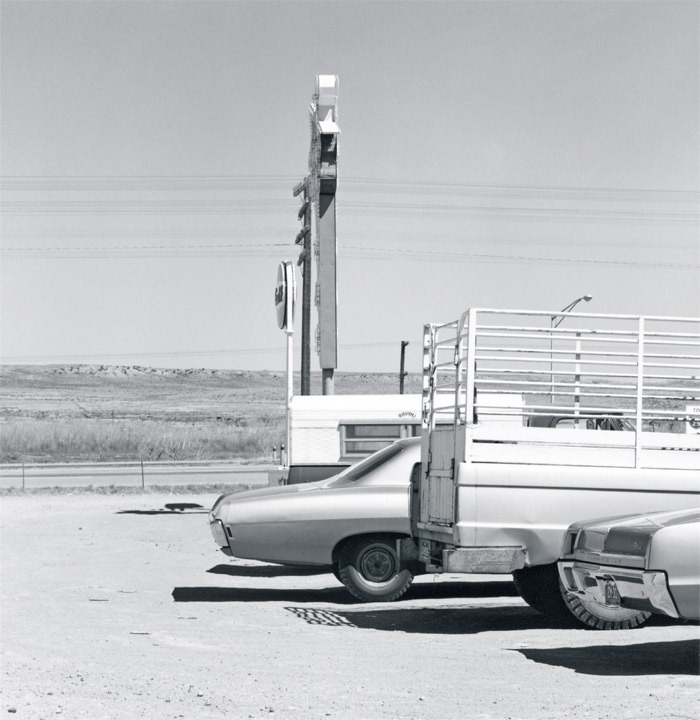
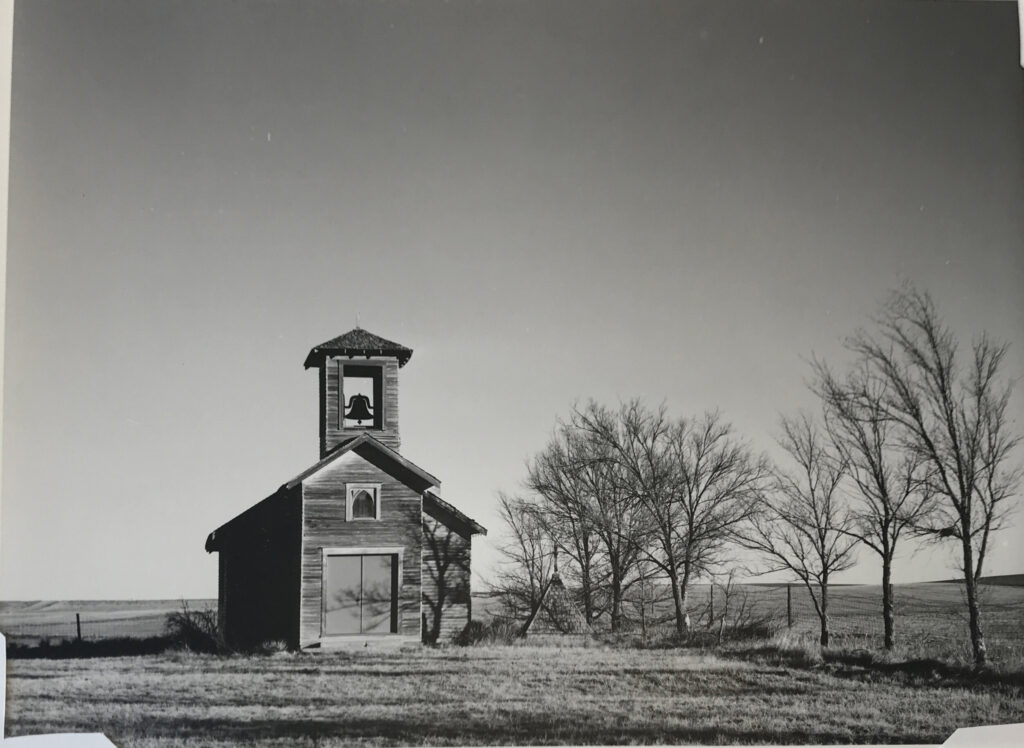
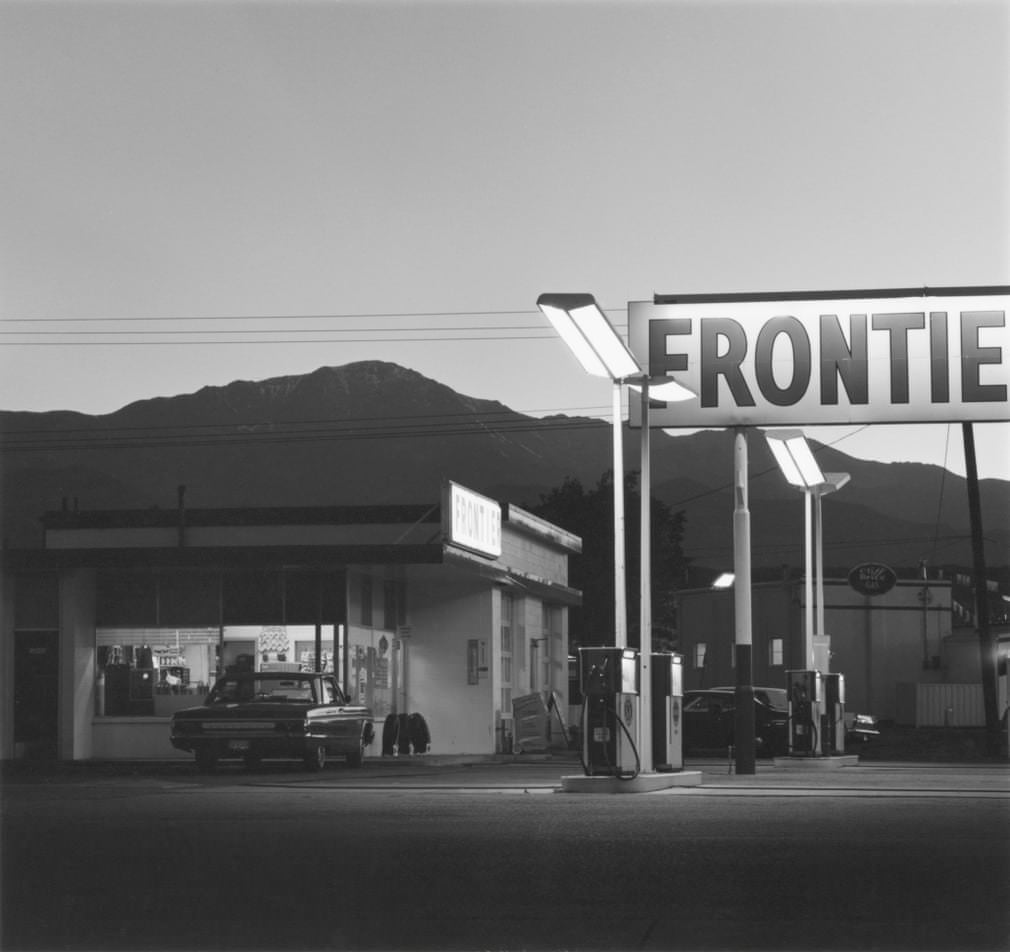
Robert Adams photographs could be split in two. On one half there would be a traditional landscape slightly too far away and the second half would contrast with a road or building with harsh lines and dull appearances. He rose to prominence through his project ‘The New West’ and participation in the exhibition ‘The New Topographics: Photographs of Man Altered Landscapes’ in 1975.
Case Study – Henry Wessel
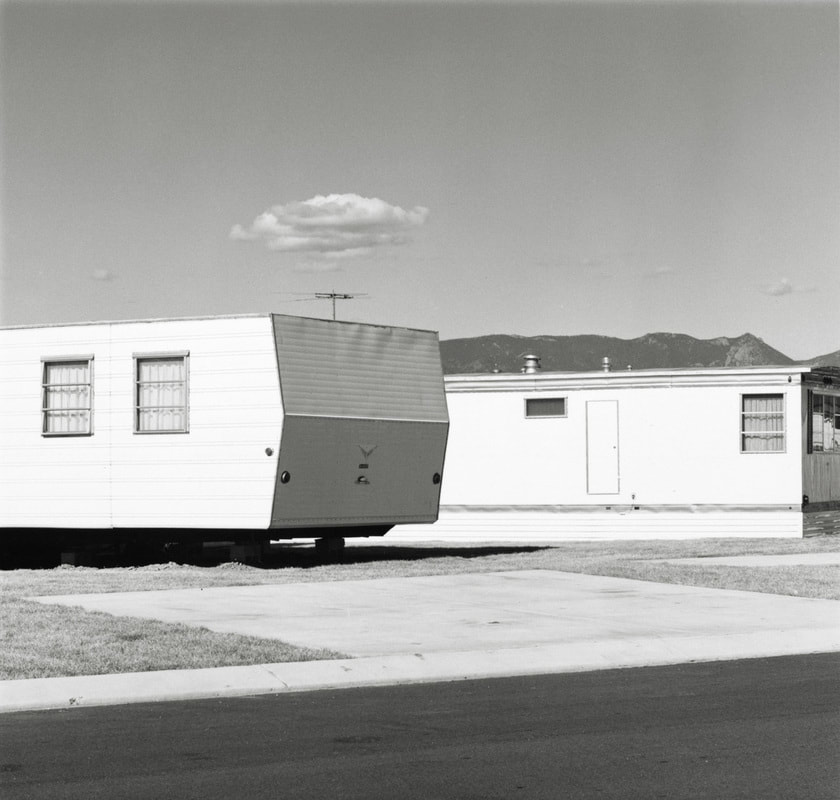
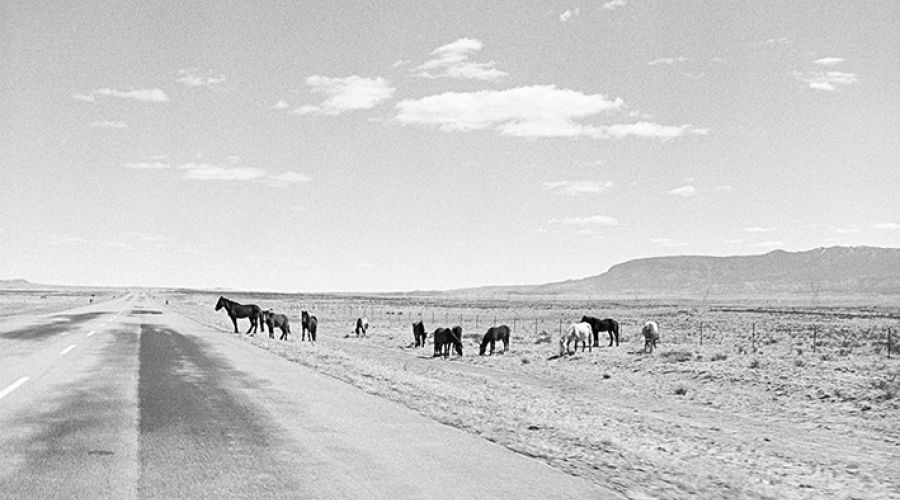


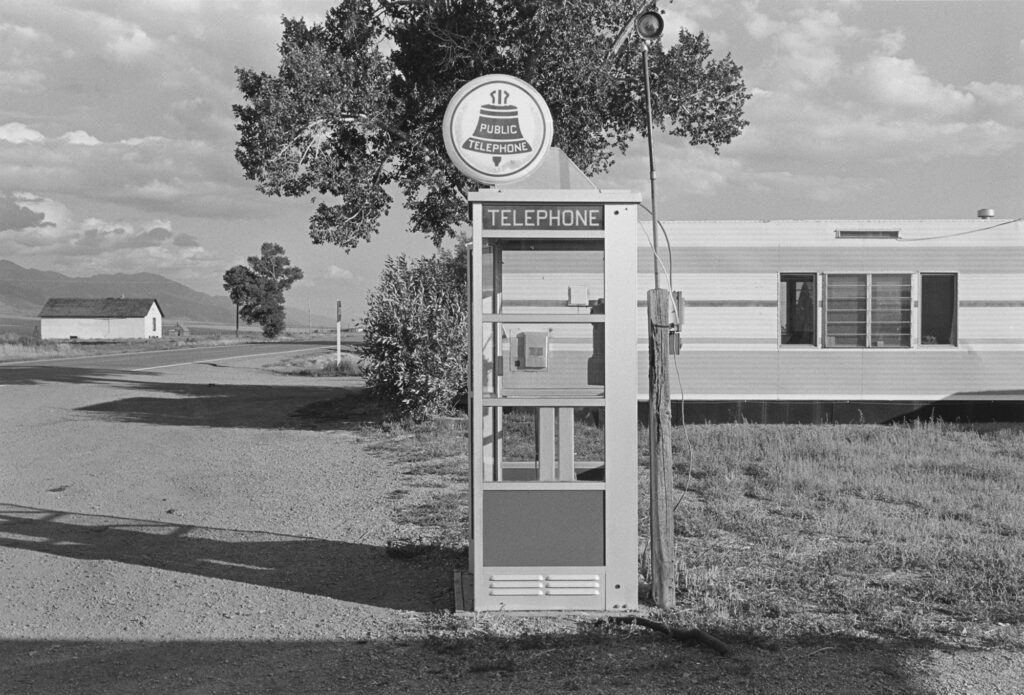
Henry Wessel was an American photographer and one of ten collaborators in the exhibition ‘New Topographics: Photographs of a Man Altered Landscape’. His work consists of isolated observations of the typical environment surrounding him such as roads and pavements.
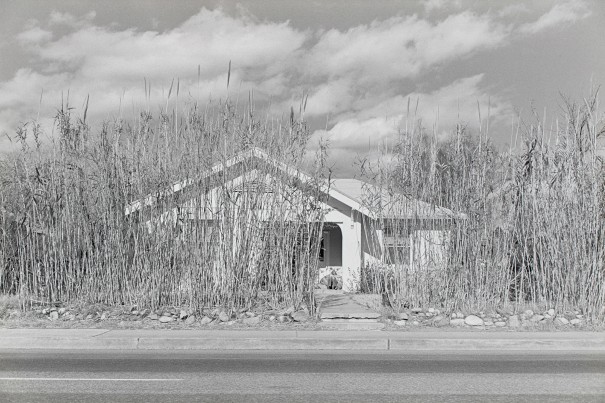
This photograph focuses on a house surrounded by a growing plant such as maze or grass. This plant towers over the house like nature taking back the space. The house is a small one-story bungalow which is associated with the elderly which plants the idea that the plants haven been trimmed due to a lack of ability or that the house has been abandoned. This photograph is also in black and white made up of mid tone greys and whites. This light colour pallet creates a softer atmosphere and radiates a bright, sunny day. The only dark parts are inside the house to create depth. This also makes the outside seem more friendly than the inside of a building commenting on the isolation and coldness of modern buildings/communities. Additionally there is no sign of life inside such as a light to show that the building is still in use furthering the idea that it has been abandoned and unappreciated. This photograph sits eye to eye with the building which would require the photographer to be stood far away. This causes the road to take up the bottom of the frame. This shows how plant life has to push through human created surfaces such as pavements and roads. The plant life has been surrounded by stones and tarmac without a second thought.
Henry Wessel Jr took this photograph in landscape to reflect the reach of the house as its short but wide. If this was taken in portrait it would make the building seem even smaller and showcase more of the sky which isn’t the focus of this image. The plant life is cut off by the frame which shows how much space it has taken unlike the house which is rigid in shape and doesn’t fill the whole frame. The house is visible through the plants which shows it only thin coverage as surrounding the plants is harsh materials which is difficult to grow through. The contrast between the bottom half of the image and the top half shows a balance. The top half shows the natural sky and the plants while the bottom half shows the building and the road however they met and merge in the middle.
I believe this photograph is to show consumerism and a lack of care for the environment. This is shown through the abandoned building and overgrowing plants. The house with harsh lines and unnatural shapes stands apart from the grass like plant. Houses are built using precious resources, take up beautiful land and only get a lifespans time of use for one single person. The environment and its resources are not one persons financial gain, the land would have probably been used by wildlife and plant life and since the plants have been left long enough to grow over 4 meters minimum (which depending on the plant could take anything from 1 year upwards.) they have begun to slowly take back their land.
Bernd and Hilla Becher – Typology
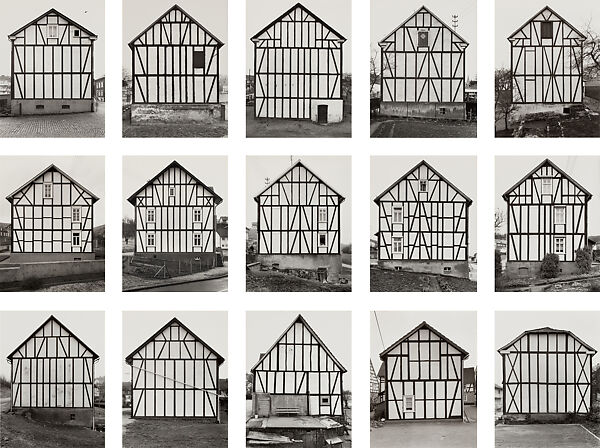

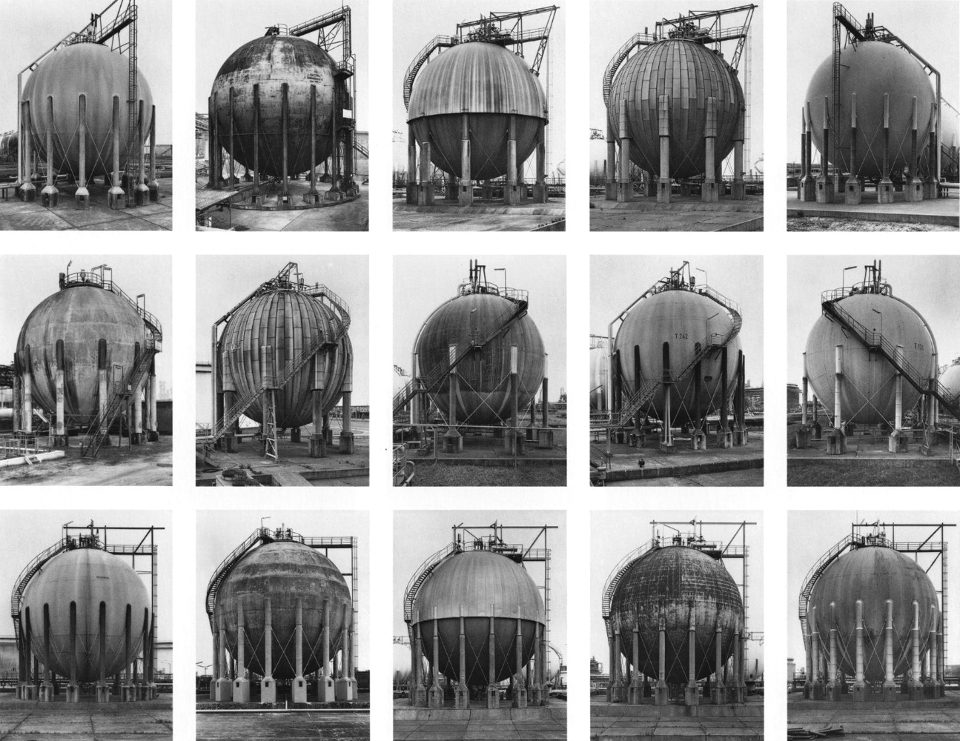
This German couple were the only Europeans in the exhibition new Topographics. They were inspired by another German photographer who experimented with typology. Typology is the study of types. The inspiration showed dried plants in a triptych.
The couple photographed disappearing industrial architecture around Europe and north America such as water tanks. They never included people in their images as the focus was solely on the architectural feats. The couple were influential in the appreciation of industrial architecture.
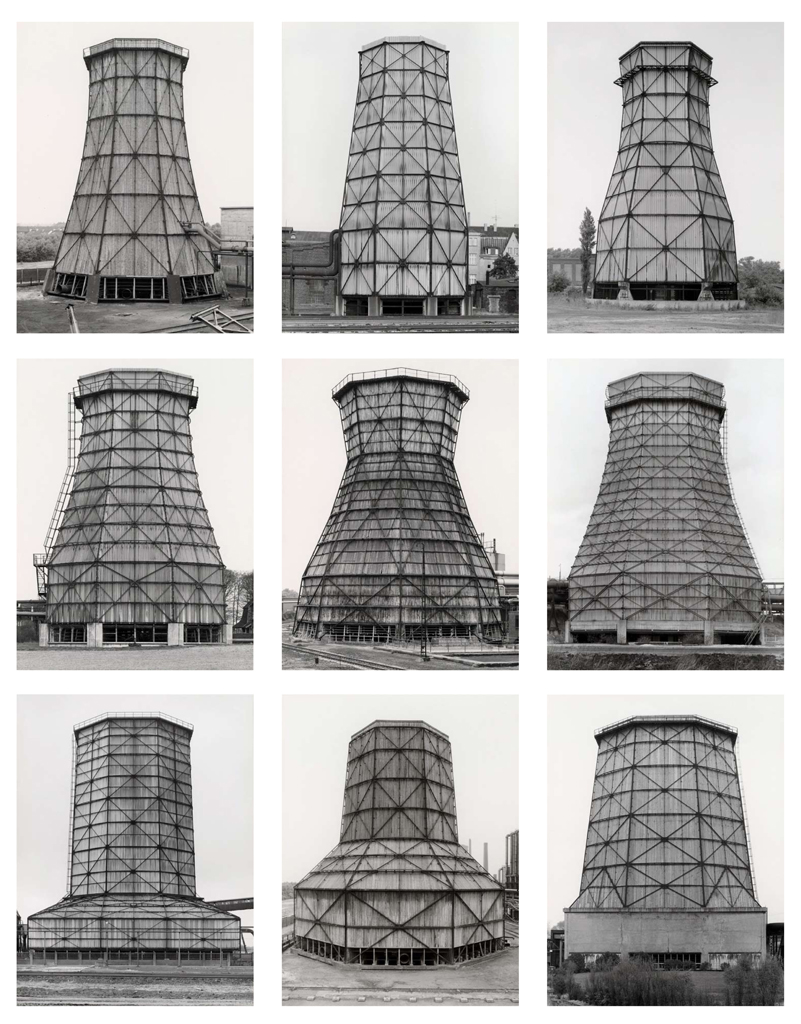
Each of these images have been taken with a similar distance and angle. This uniform approach helps to link each one and to create a more coherent grid, which was a staple of their work. This grid presents 9 different images of the same industrial sculpture. Each one is from a different location with different designs. Since they all have the same function they are bound to have similarities such as size and materials however what’s suppressing is the different shapes they have. By combining these in a grid it showcases these differences and the detail put into a simple structures composition. Since Bernd and Hilla Becher photographed disappearing industrial structures this grid would have been made to highlight the unlikely beauty in these temporary industrial tools. Had you stumbled across one of these in an area naturally you wouldn’t acknowledge the structures or their intricate composition.
The pair used a large-format camera, same as Ansel Adams, which would produce high quality black and white photographs on glass sheets. They would photograph on overcast days for dingy lighting, a white background and to present the structures as they would be seen. Between the lights and darks is a clear contrast which differentiates the sky, building and its metalwork. This lighting was different to natural landscape photographers who photographed early or late for soft lighting. Occasionally when the sky was blue without clouds, they would use a blue filter to compensate. A blue filter creates a cooling effect to correct warm lighting and can enhance shadows. The photographs are taken in portrait to cut out backgrounds and get close to the subject. These tight frames draw attention to the subject matter and create an intimate aesthetic showing the photographers appreciation while also showcasing the height. The angle is at normal eyelevel and has been taken ‘dead pan’ which in comparison to the structures appears low which furthers the massiveness of these structures and makes them seem powerful. The dead pan approach is an approach which showcases the subject as is without decorating or manipulating it in anyway which was deliberately used to showcase the structures in their natural state.
The metalwork and shape is what differentiates each structure. Not only are these factors significant in the functionality of the structures but also creates a unique appearance. The metal bars creates lines which compliment the subjects shape and have unique patterns which makes it a shame that they will be taken down. If each one looked the exact same then there wouldn’t be any attachment to the structures. Time and thought had clearly gone into the appearance of these structures and would mostly go unrecognised by the public. In contrast, the metal bars are rigid harsh lines which are clearly man-made and resemble prison bars. This menacing message of captivity and lack of power could also be highlighting the photographers feelings about the environment. They have a lack of power against man made structures which take over the landscapes. The new Topographics was made to showcase how the landscapes are being destroyed and this photograph is significant in showcasing the feeling surrounding this topic.
Photoshoot 1
This photoshoot covered both seascapes and industrial spots. Over the hour the weather changed several times. There was mist, rain, sun and clear skies which made lots of images look different.
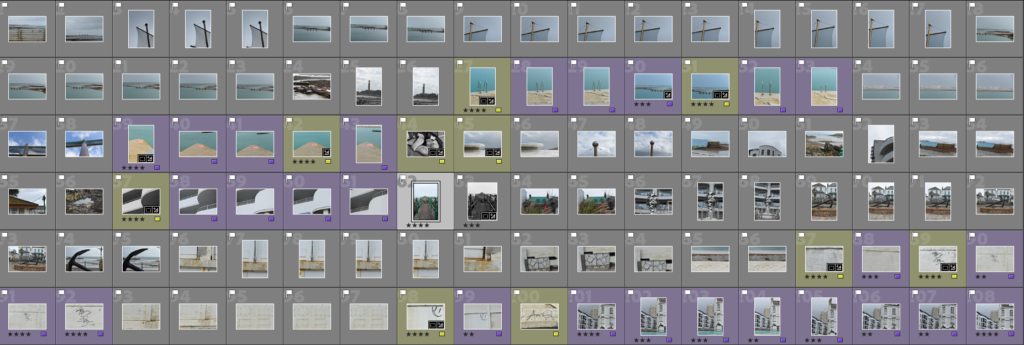


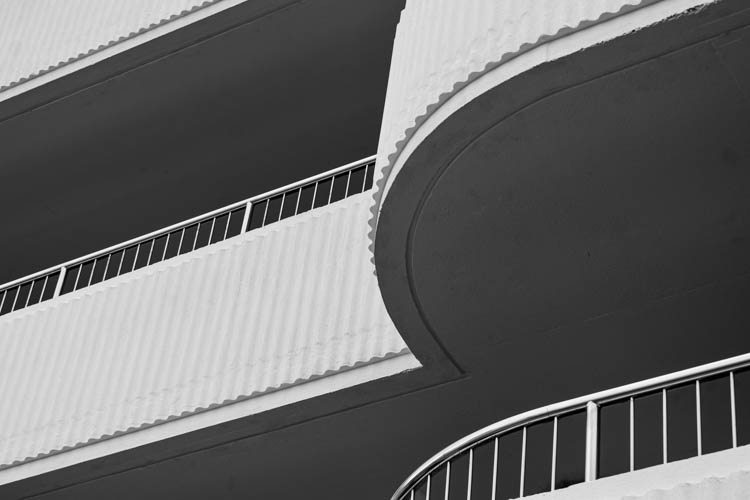

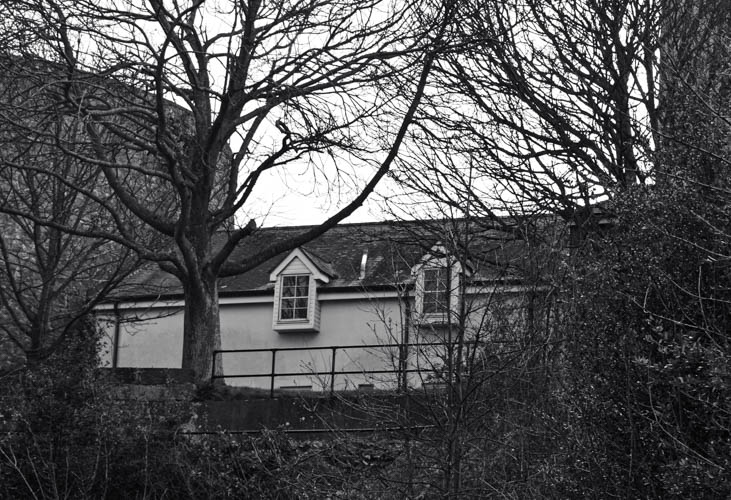

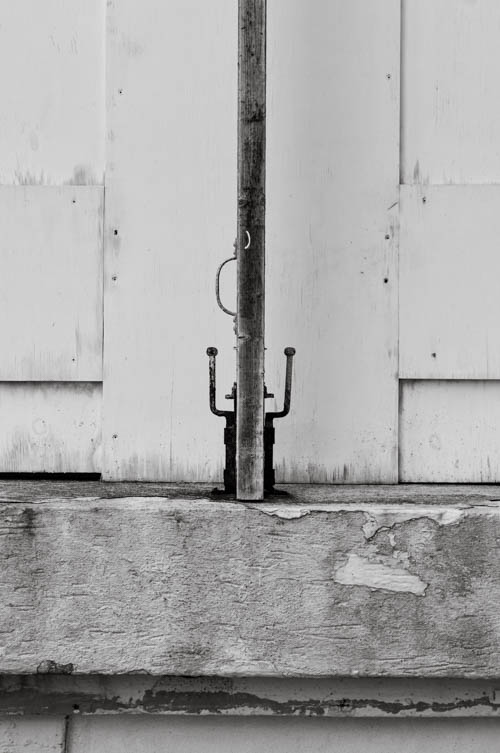

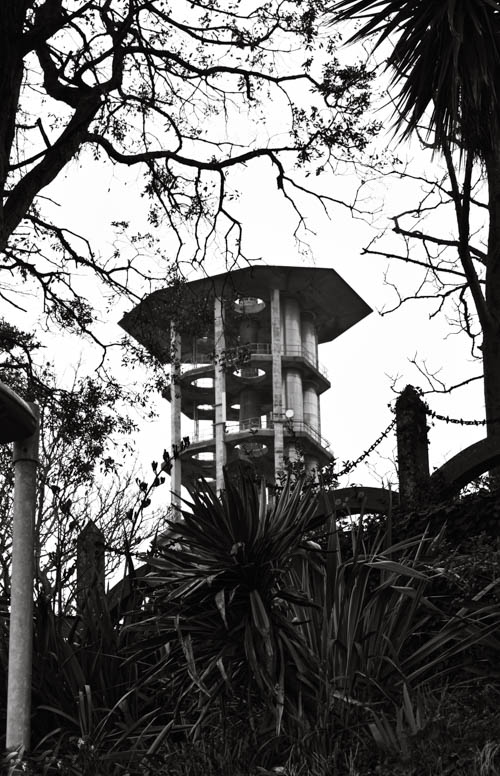
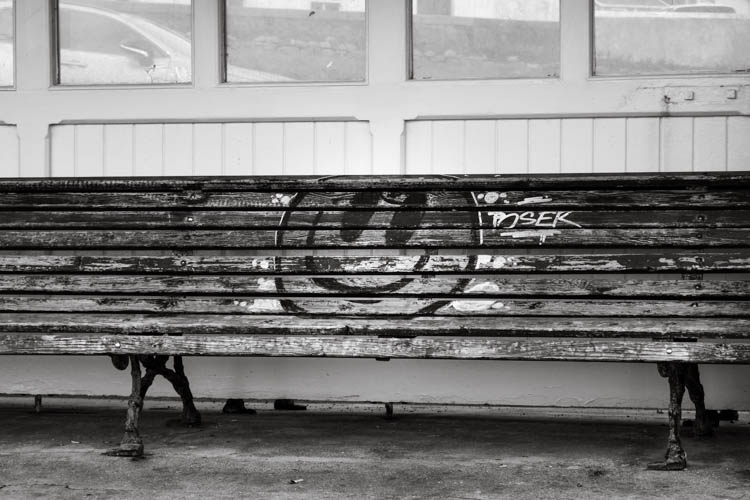
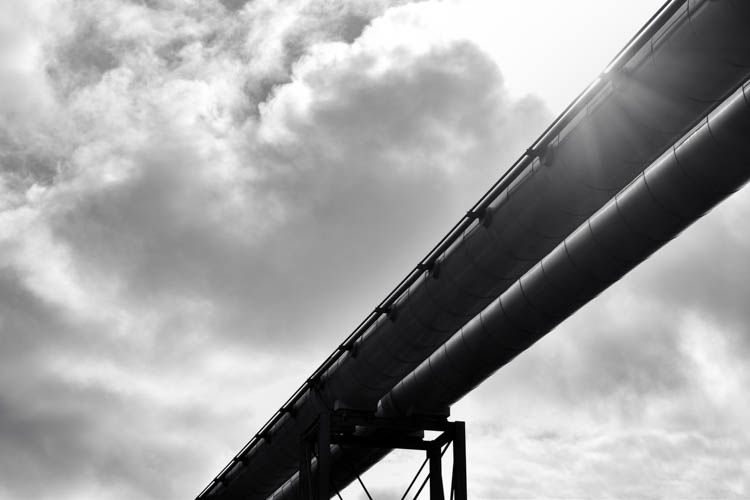
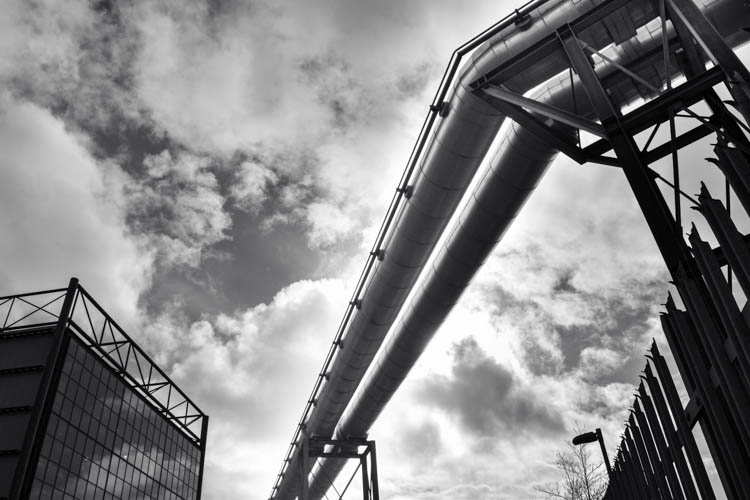
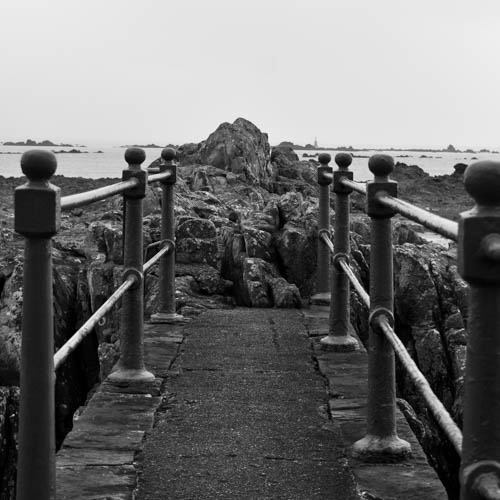
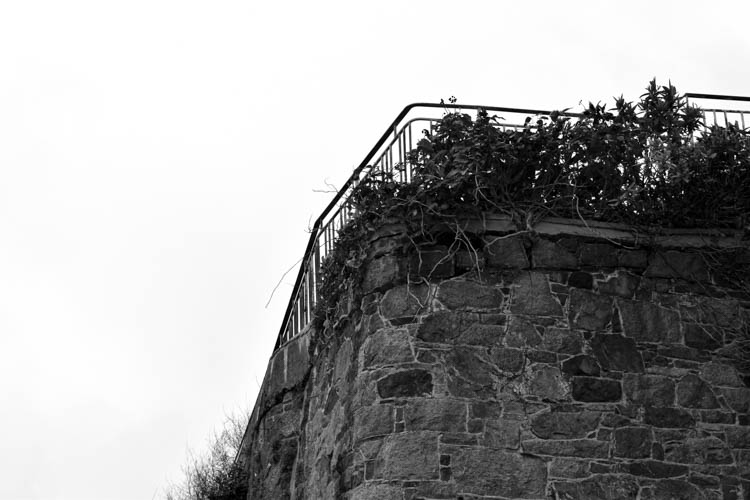

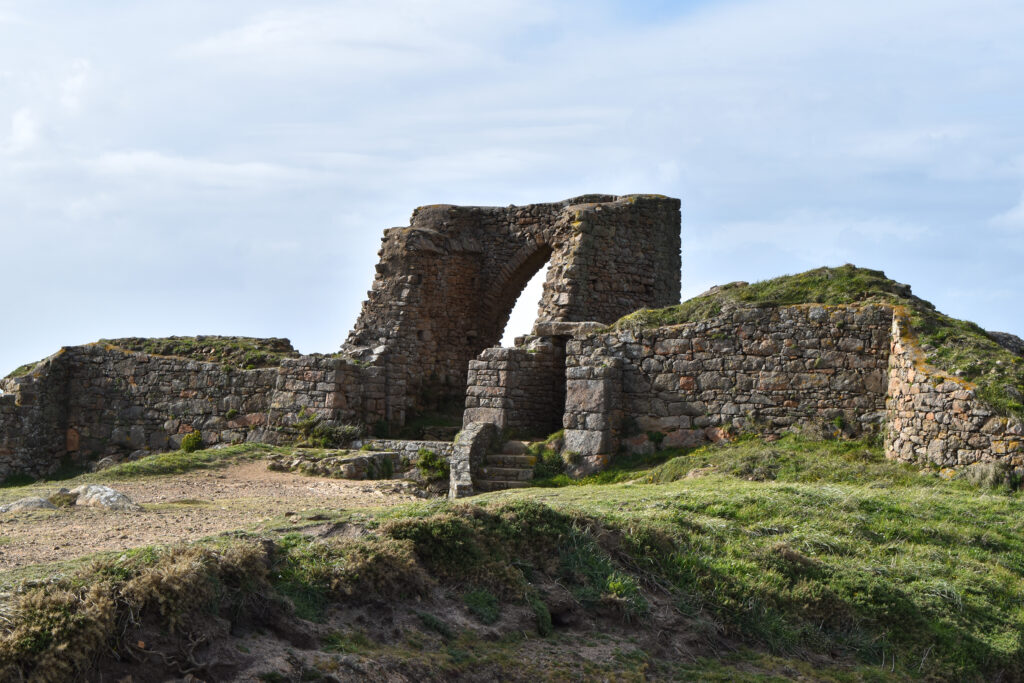

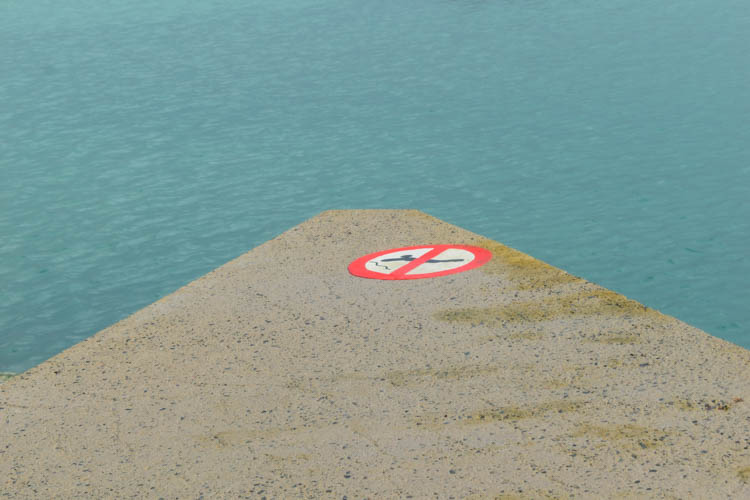
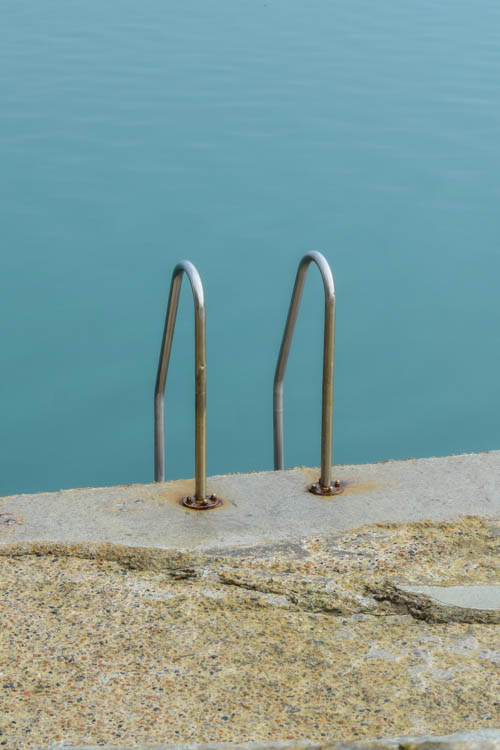

I changed the photographs to black and white, cropped them and rotated each one. In addition I adjusted the contrast slightly and I think these images turned out better than the coloured ones. This is because I don’t think that the colour images fit into the new topographics theme as much as the others.
Panorama
I used some images of the same setting taken a slight different angle. This meant that using about 5 different images could show space on either sides of a normal image which creates a wide angle. The first one shows the jagged edges created when combining the images and the second shows it cropped for a clean shape. I liked the unique shape created and will try experimenting with this shape at a later point. There are two automatic panorama features: One in photoshop and one in Lightroom.
Photoshop
In photoshop the panorama option is accessible by selecting file(on the home screen)>Automate>Photo merge.
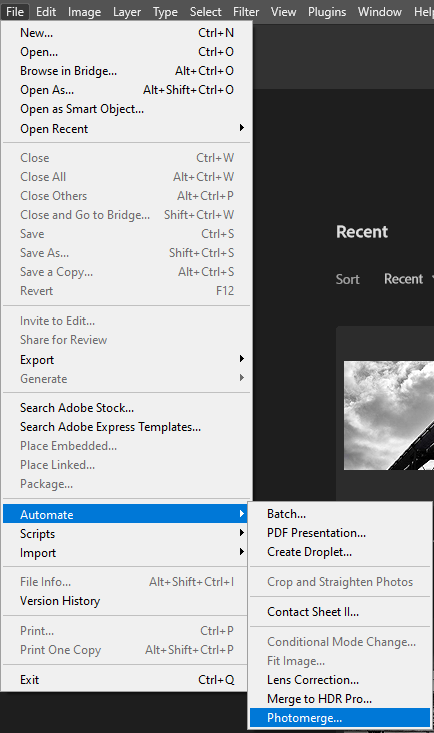
A pop up appears which has several different layout options. For panorama images the perspective option needs to be selected. To choose the images the files need to be selected from the files on the hard drive once the browse option is selected.

The combined images are then combined into one photoshop tab. This allows for further editing which would be absent in Lightroom.
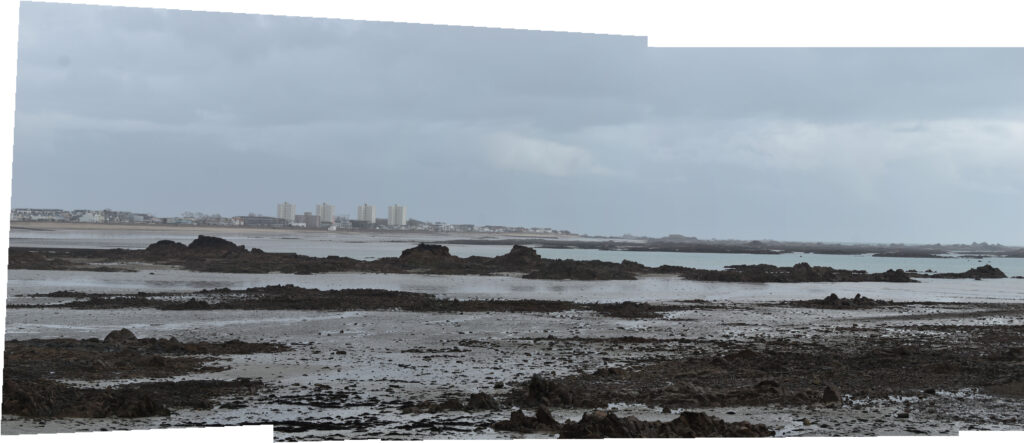
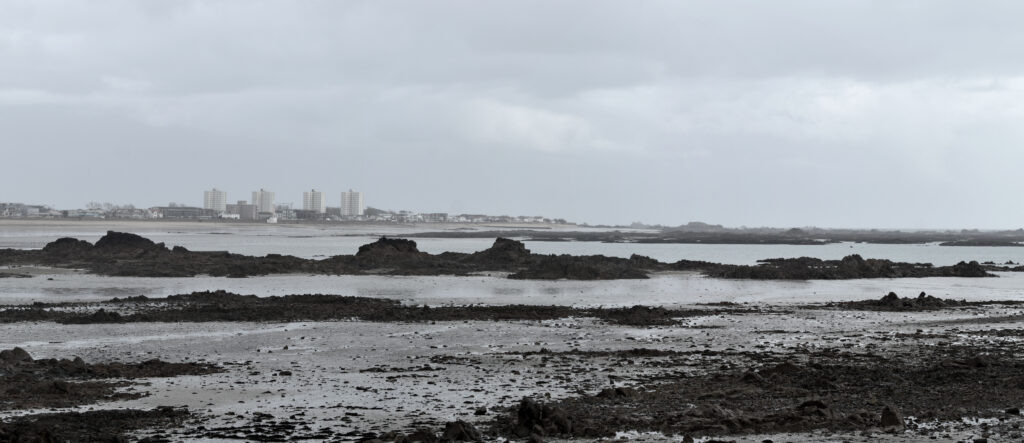
When taking the initial photographs I managed to hold the camera at a consistent angle which produced an image with a naturally rectangular shape. I didn’t like this one as much for two reasons: This one doesn’t show the high rise flats and there was no interesting shape created.
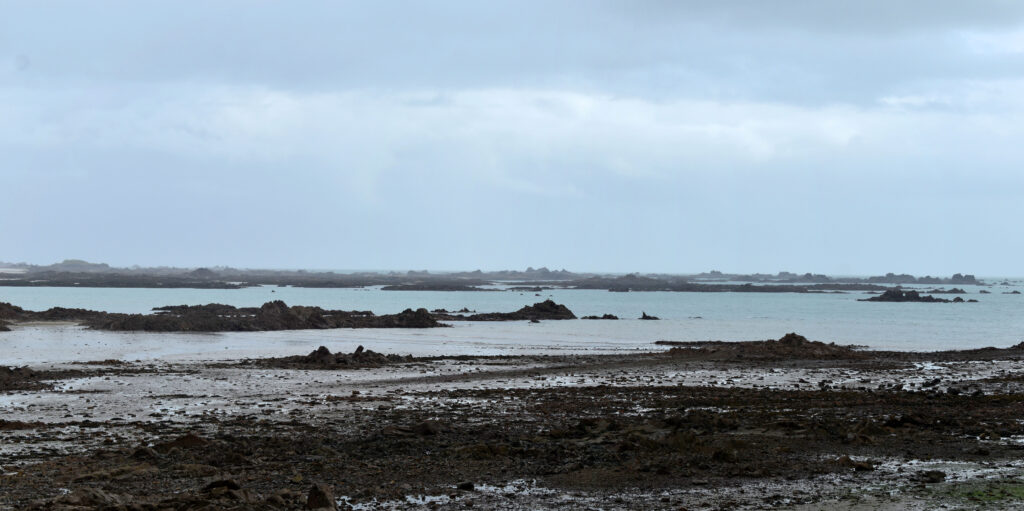
After experimenting with the first two, I combined more images and kept the jagged shape. I like how this image turned out edit wise however next time I will be taking a photograph of a landscape with a more consistent and interesting subject such as higher tide and more rocks.

Lightroom
In Lightroom you select all the images that will be used and then the panorama option is under photo merge.

A pop up appears which is where final alterations are made. This then merges the images into one final Lightroom image which cannot be altered outside of typical Lightroom editing.
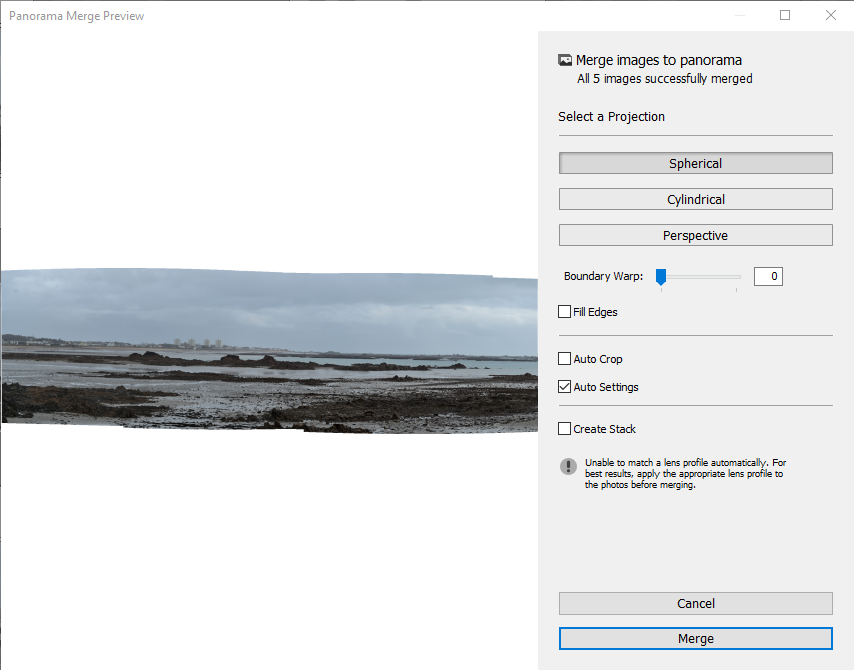
Using the Lightroom option I produced another strangely shaped panorama image. I wanted to experiment a bit more with the outcome so changed the image to black and white.


Final Images
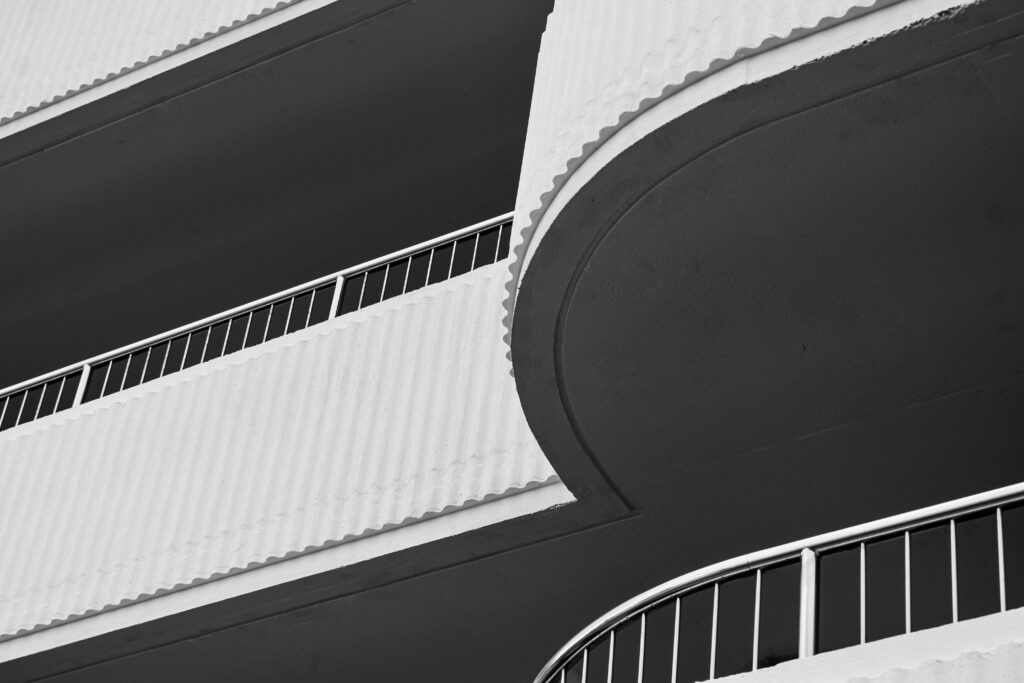
This image has interesting lines and shows off modern architecture with simple colours and basic shapes. There is little going on with the shapes or exterior however it so obviously man made. I like the different floors with the contrasting shades and I think the shapes came out well.
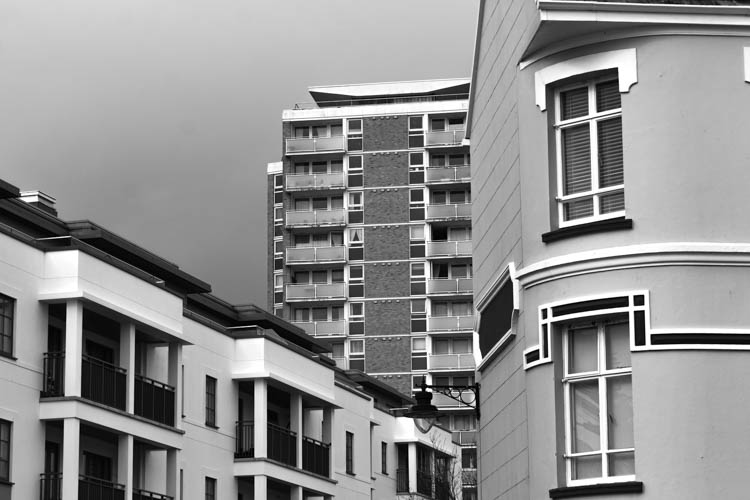
This one is split into 3. The first part is the old building taking up the right side of the frame. The second part fills the middle of the frame with a reasonably aged and outdated block of flats. The size of this high riser is rare on island. The left part of the frame shows a modern block of flats that only finished construction recently. Representative of jerseys varying architecture. I would have liked the sky to have been a lighter white to contrast with he shadows of the buildings.
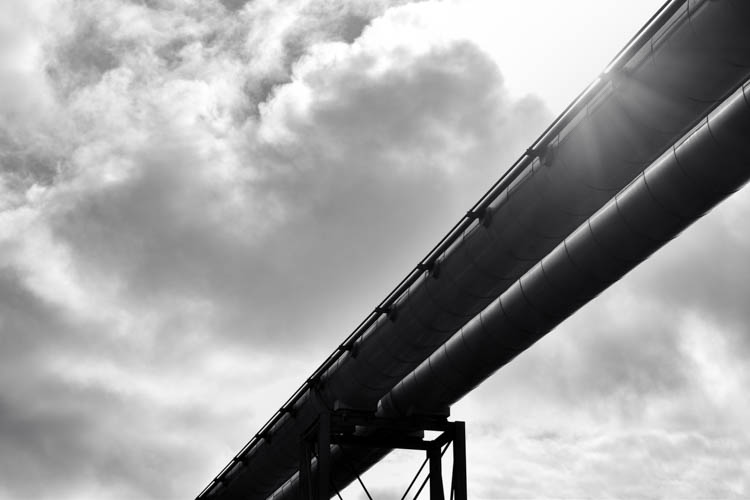
This image shows an industrial structure is ‘polluting’ the sky and blocking out the sun. The details are still visible on the beams despite increasing the contrast.
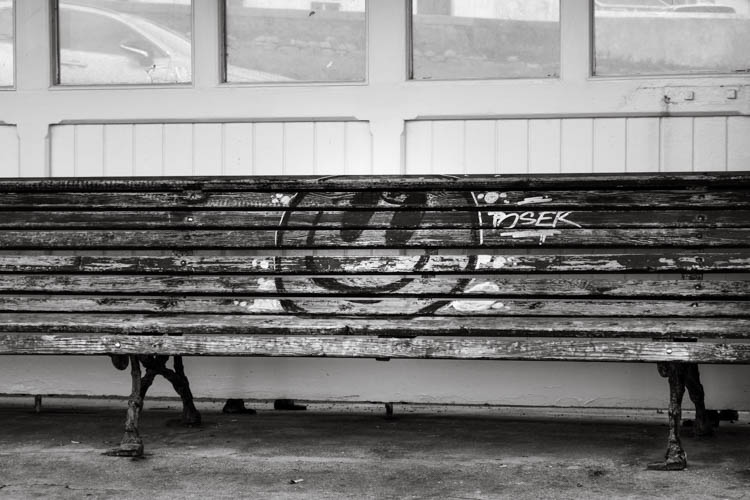
I like this photograph because it shows a lack of respect for the environment. there’s litter on the ground and graffiti on the bench which has taken valuable land space and gets much use.

